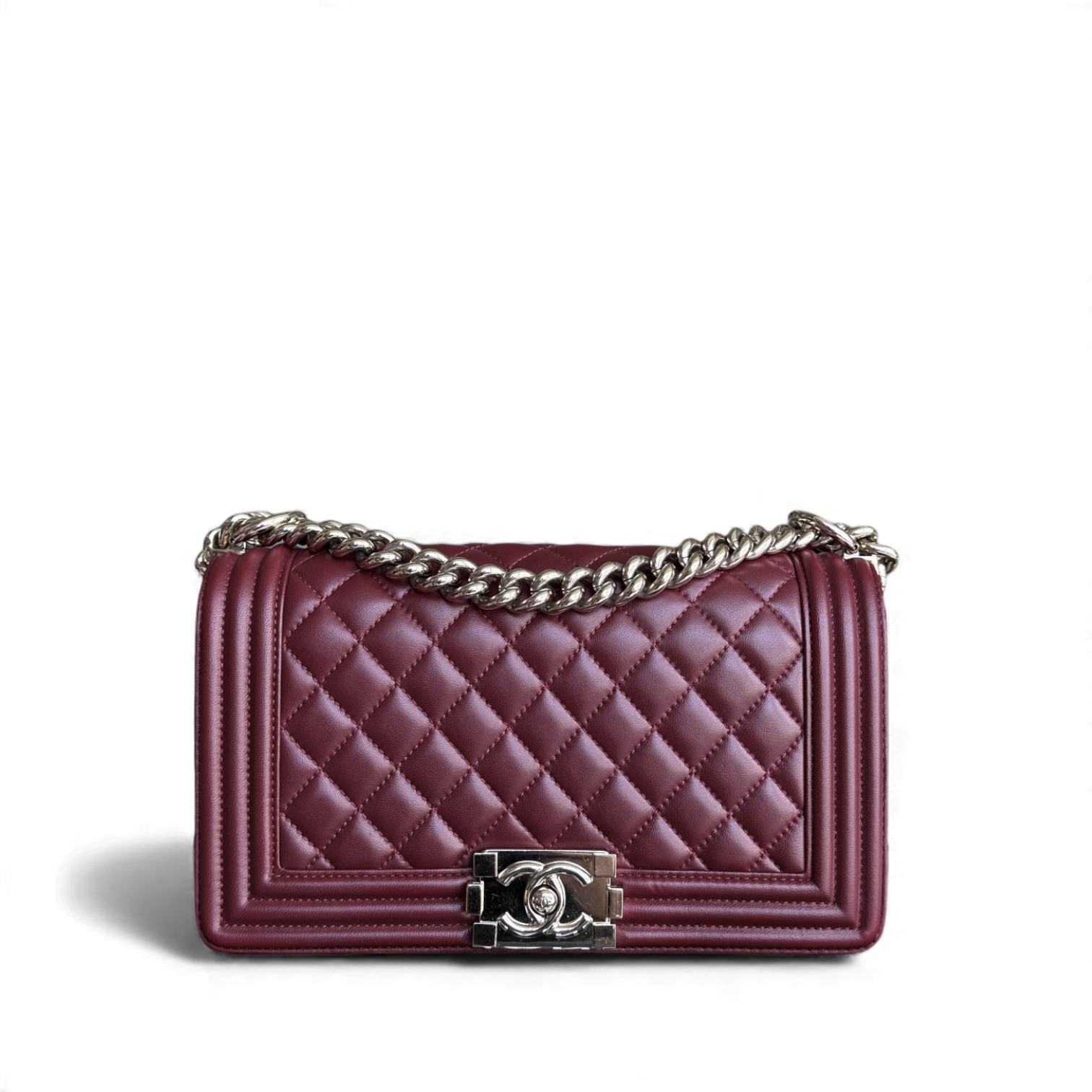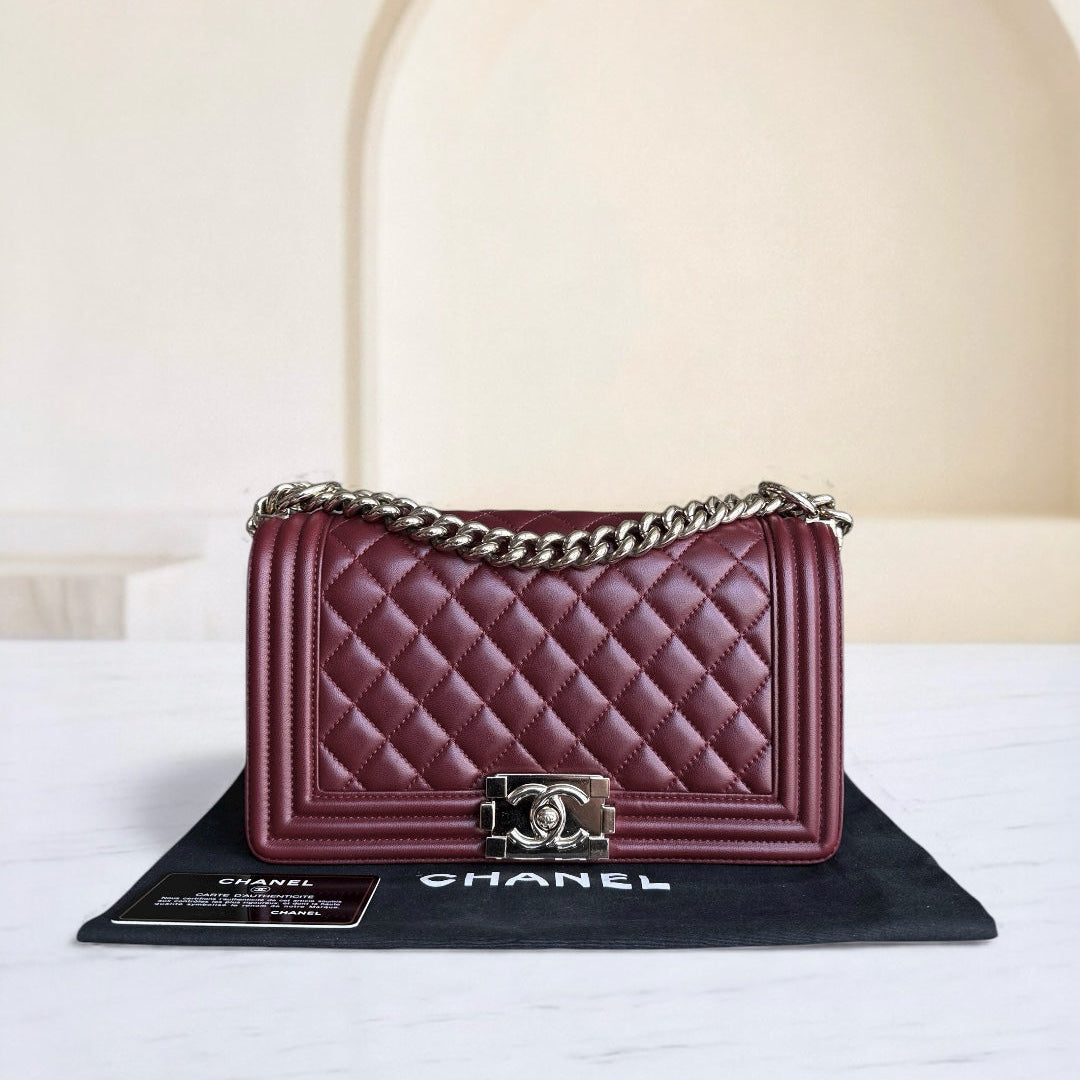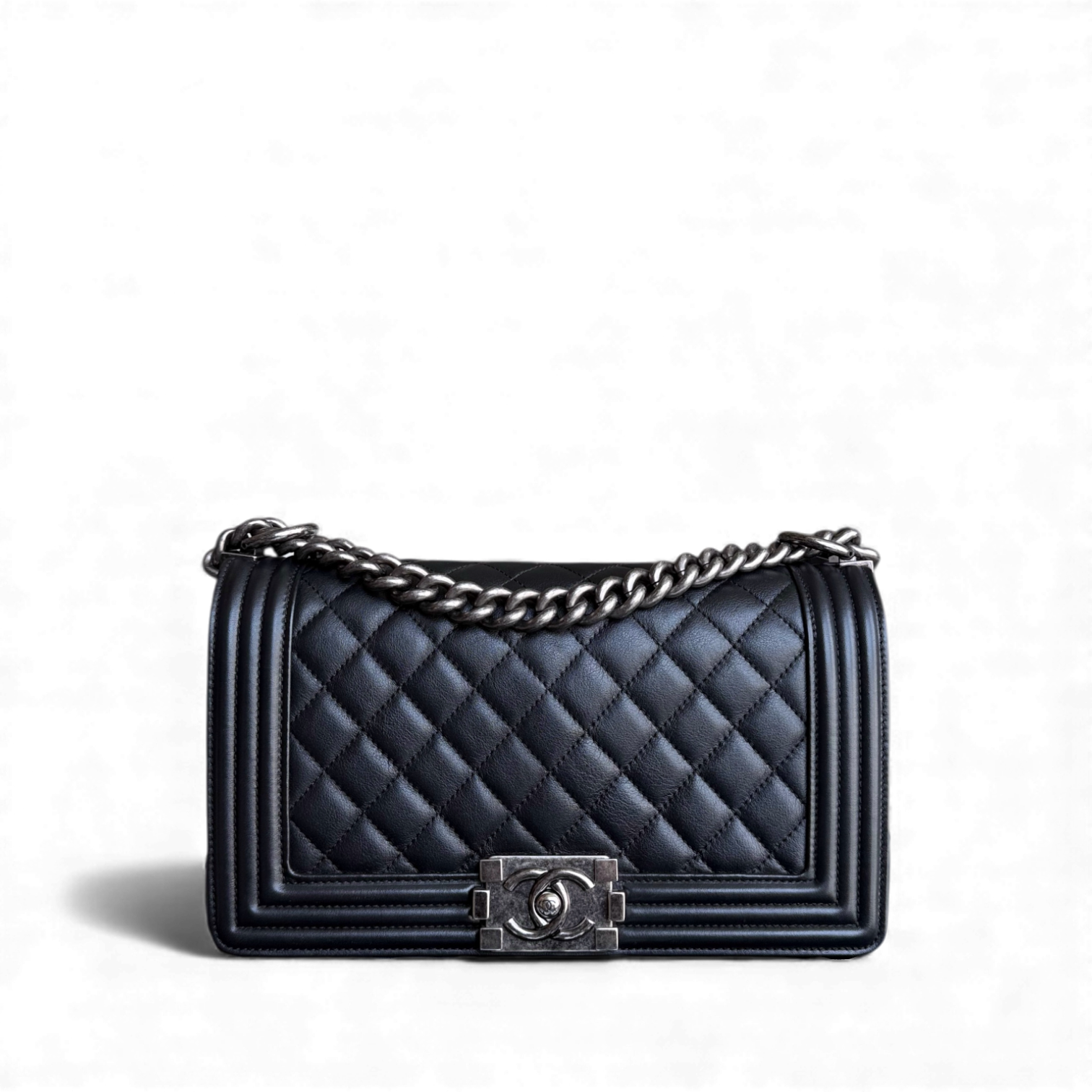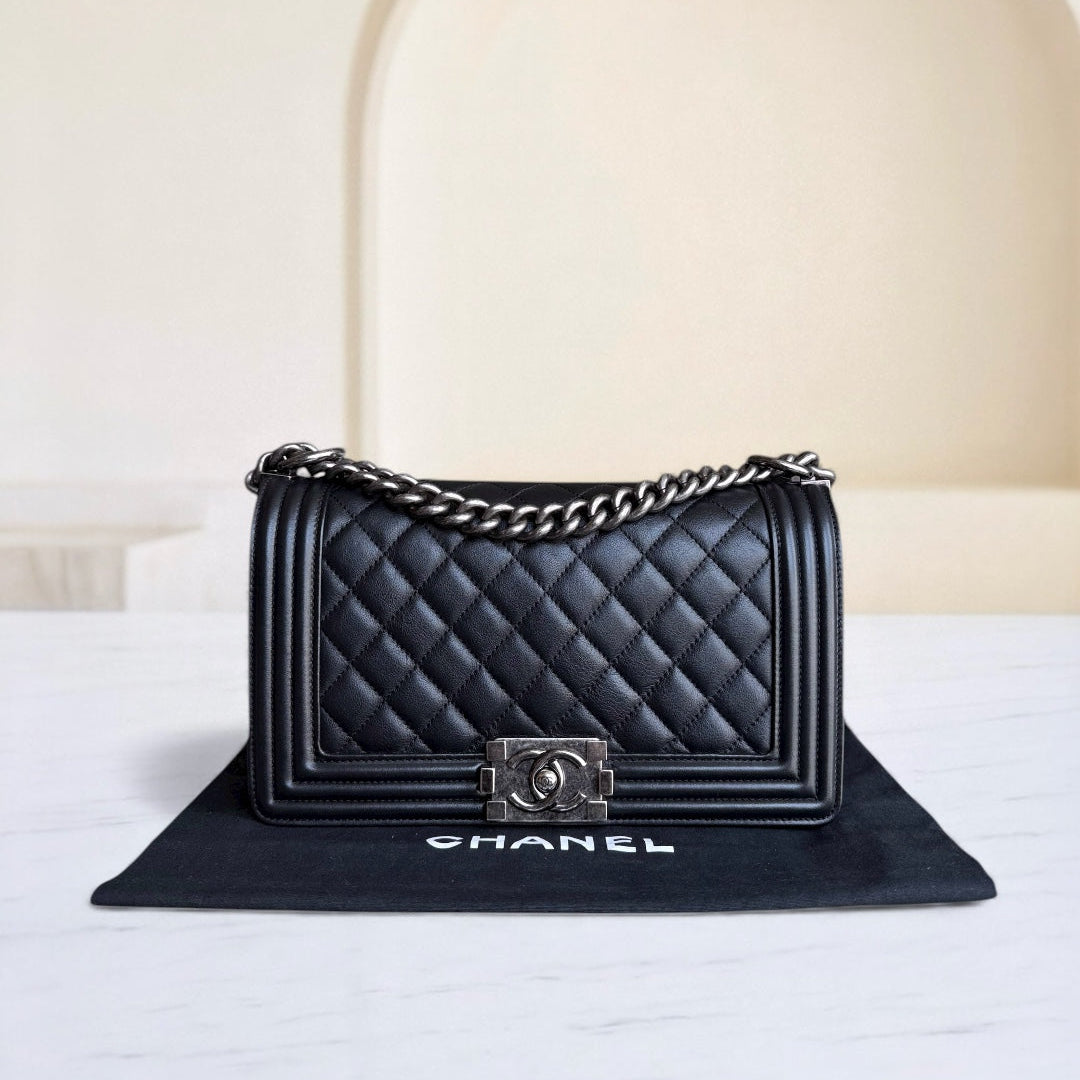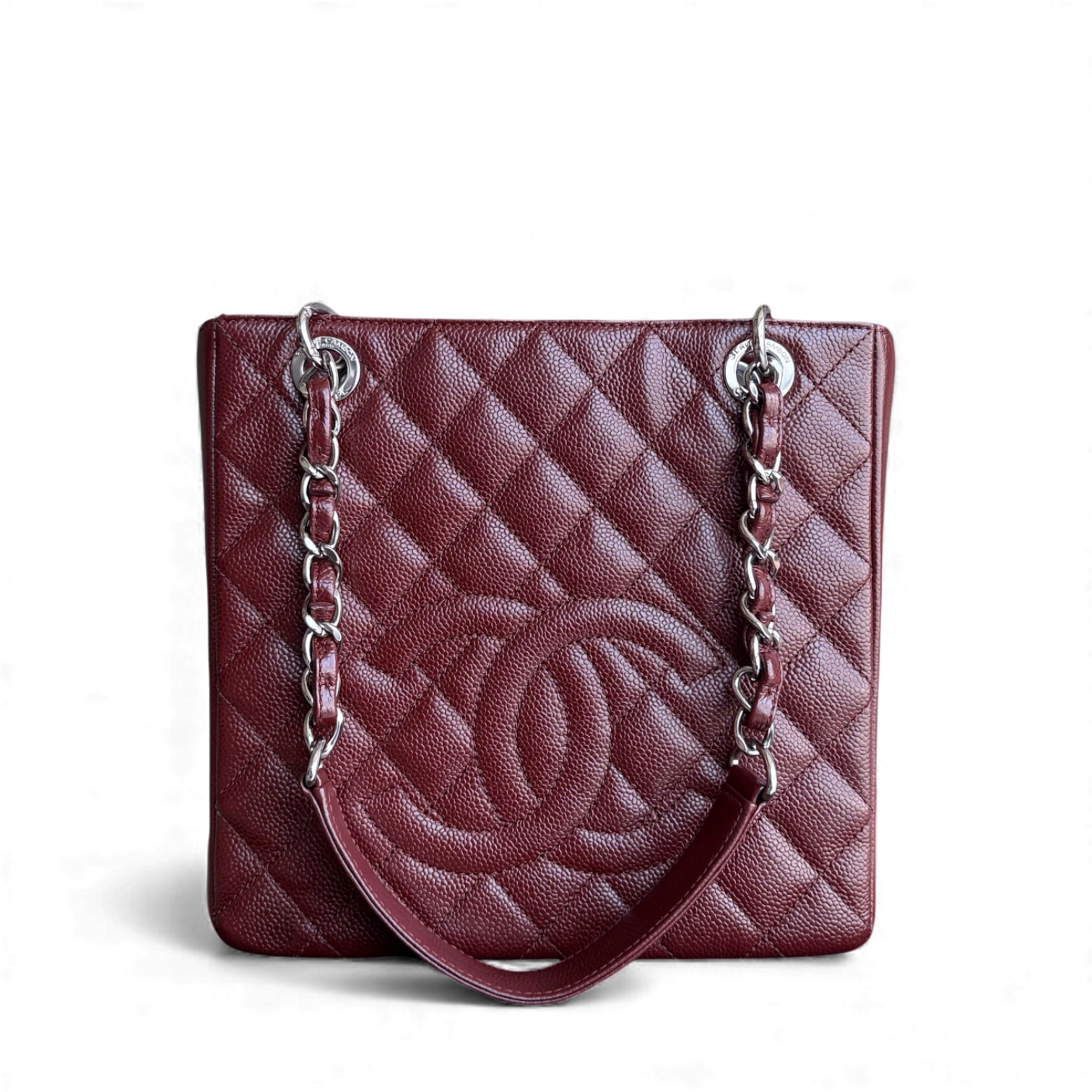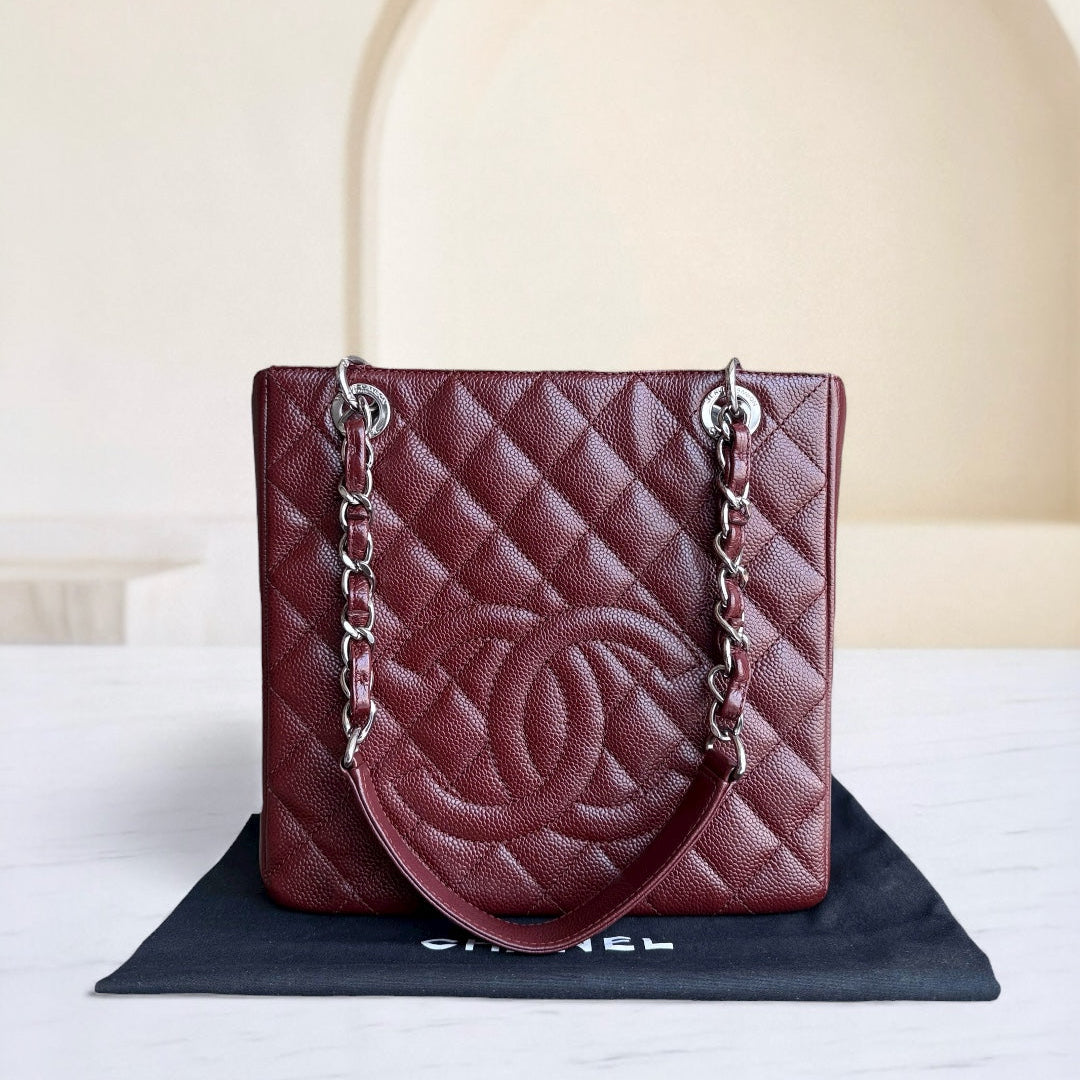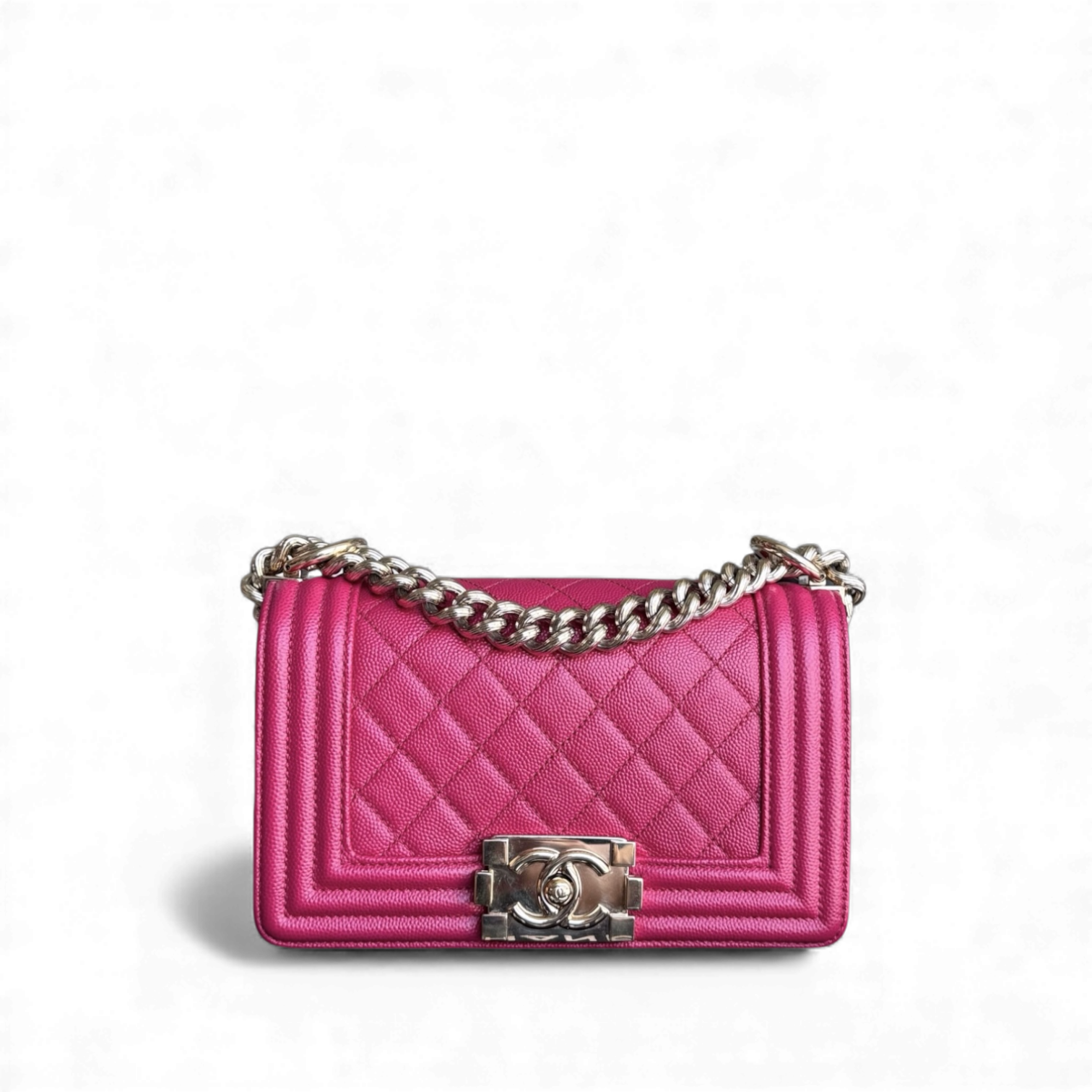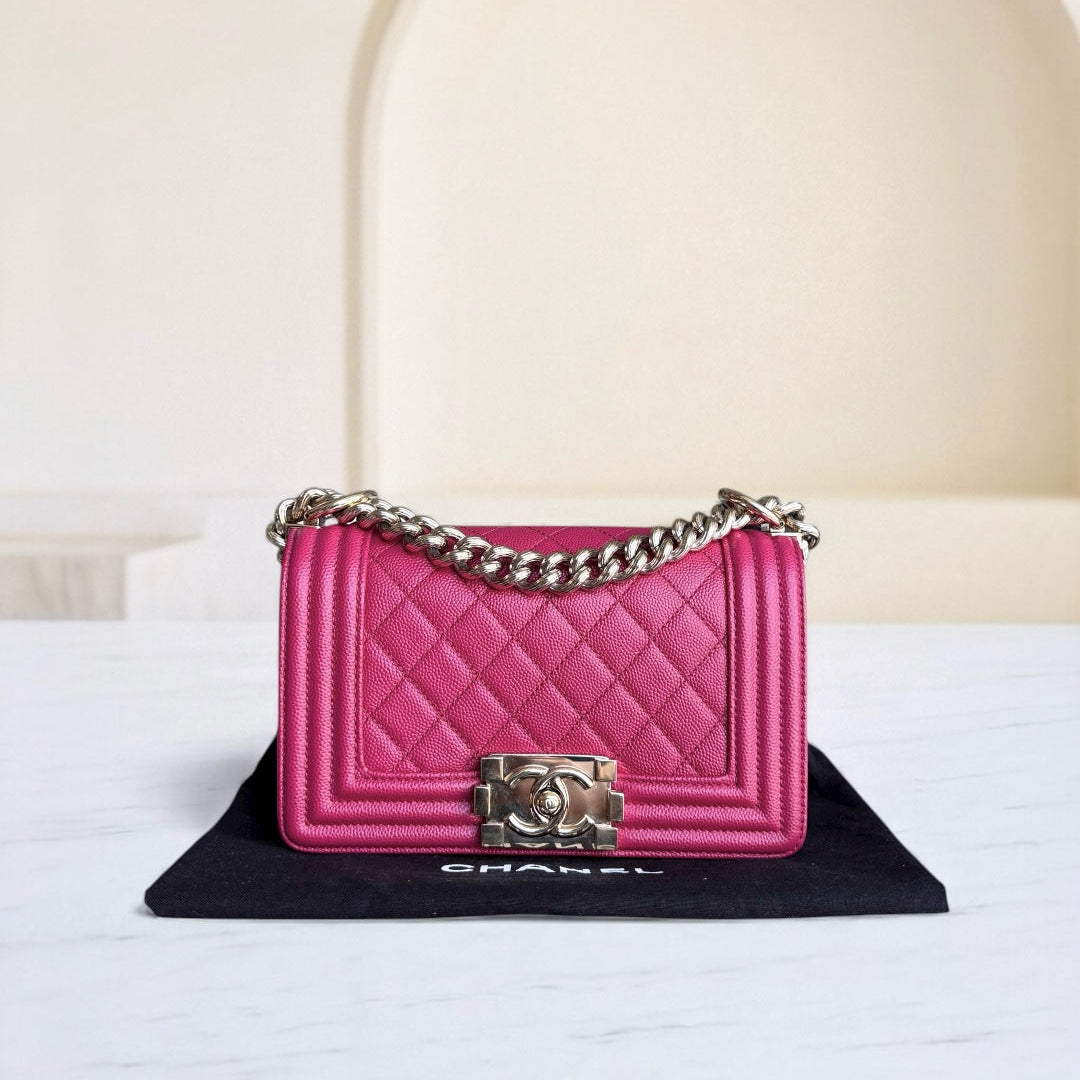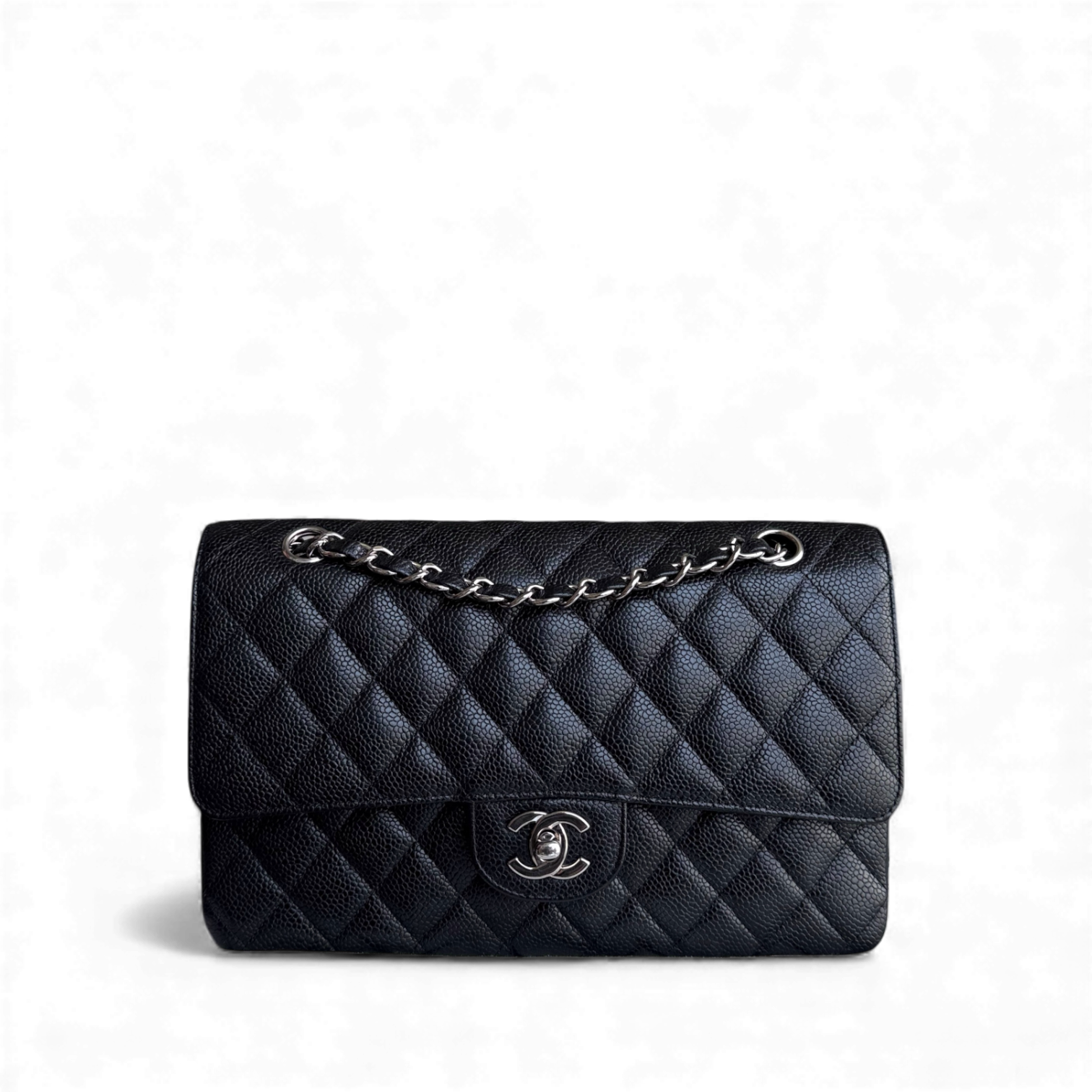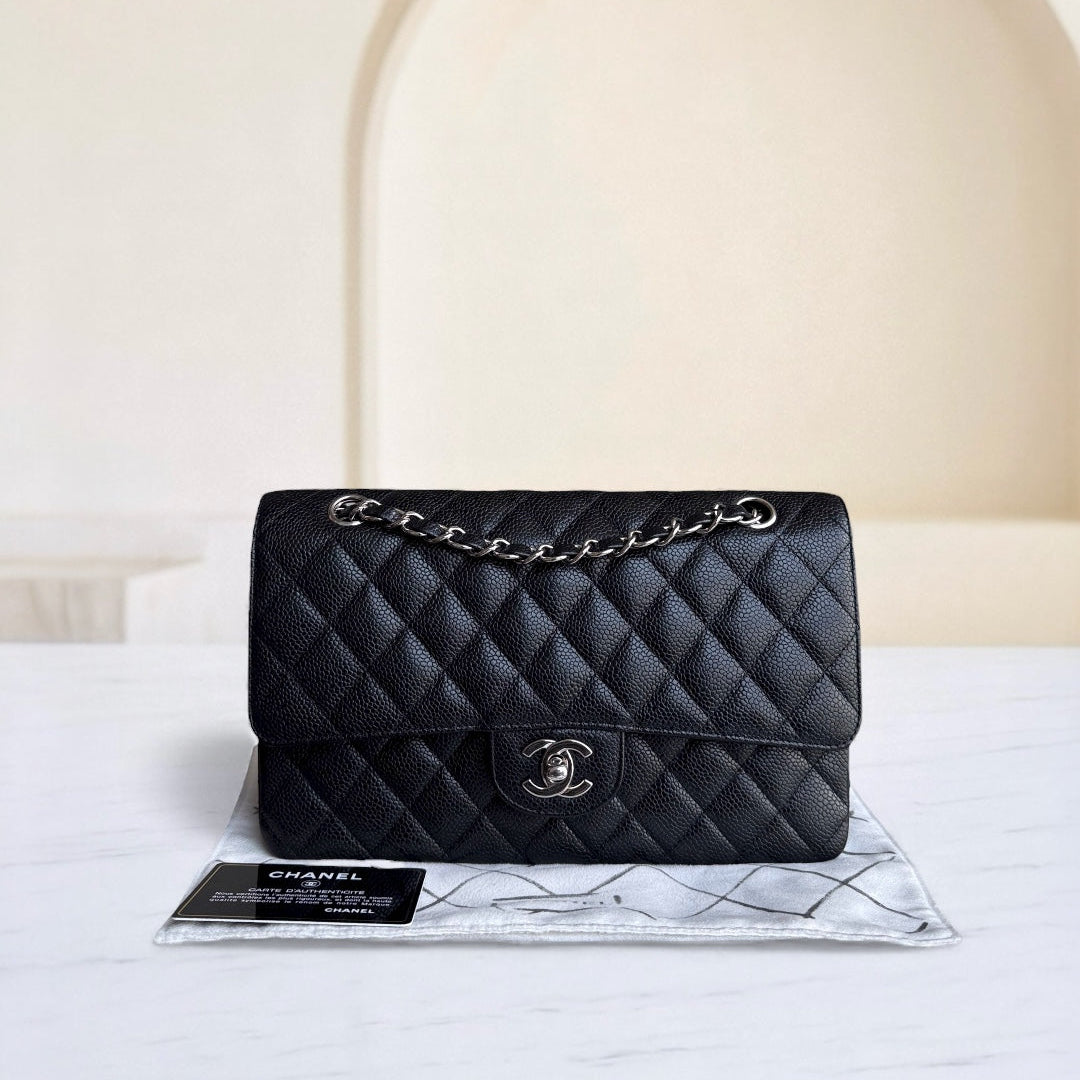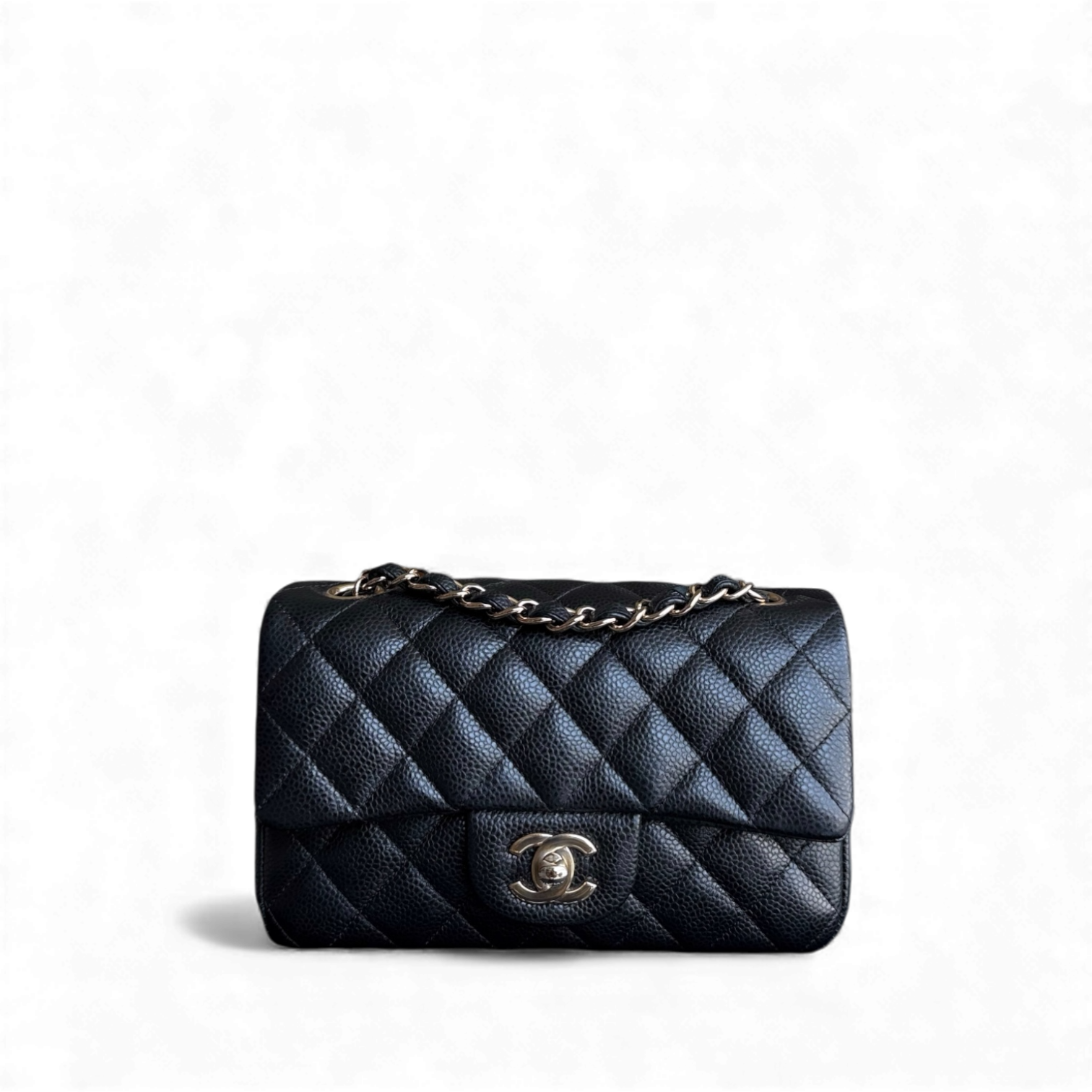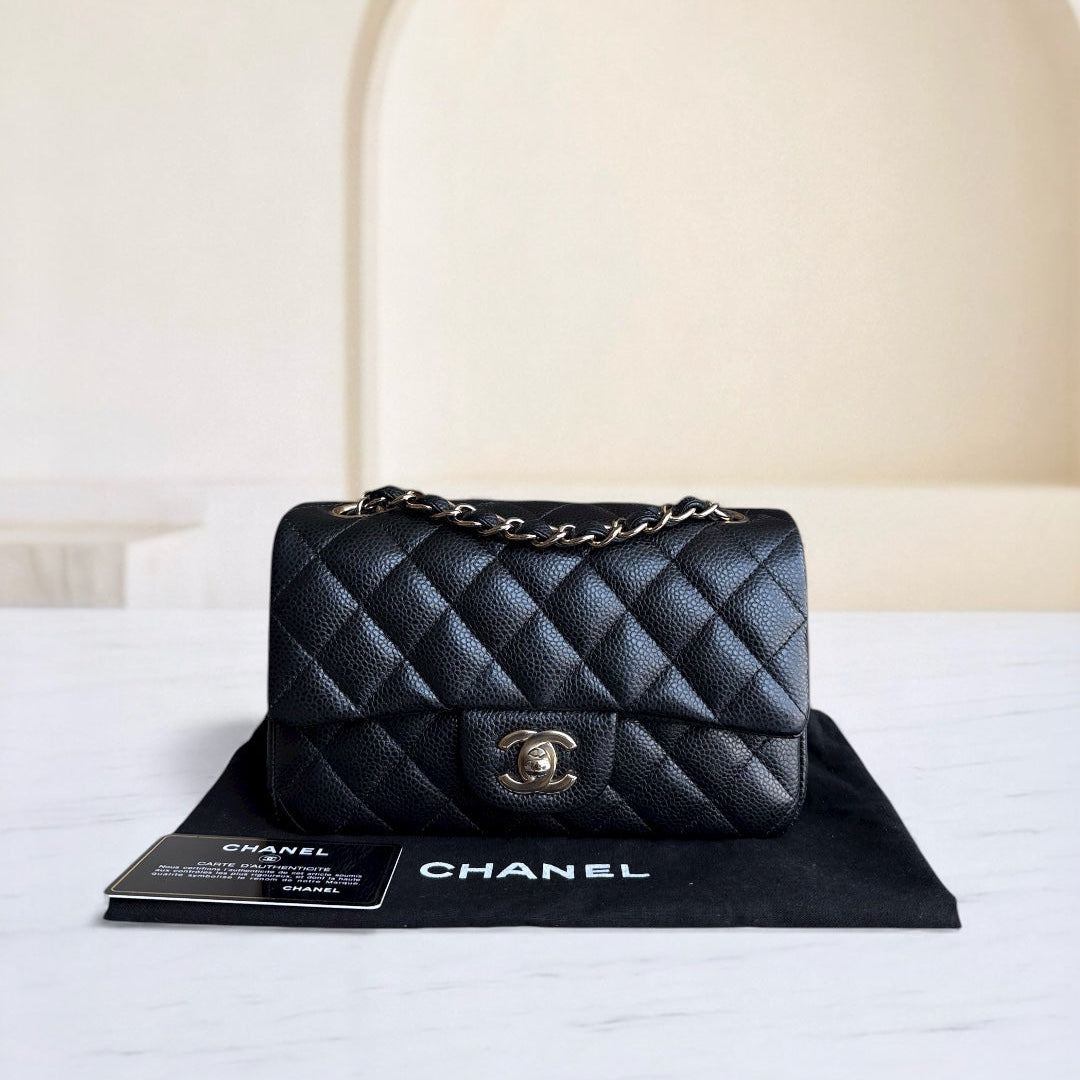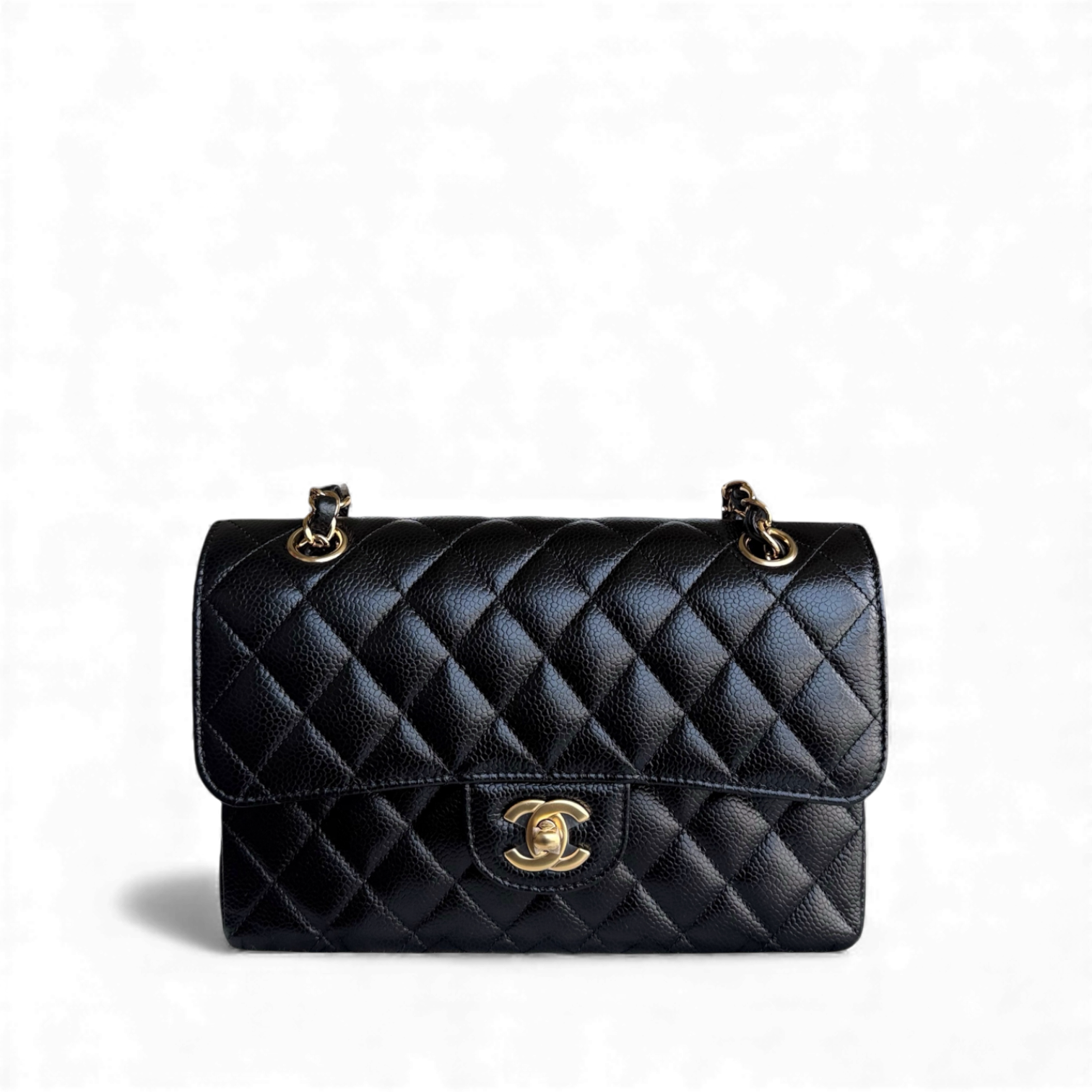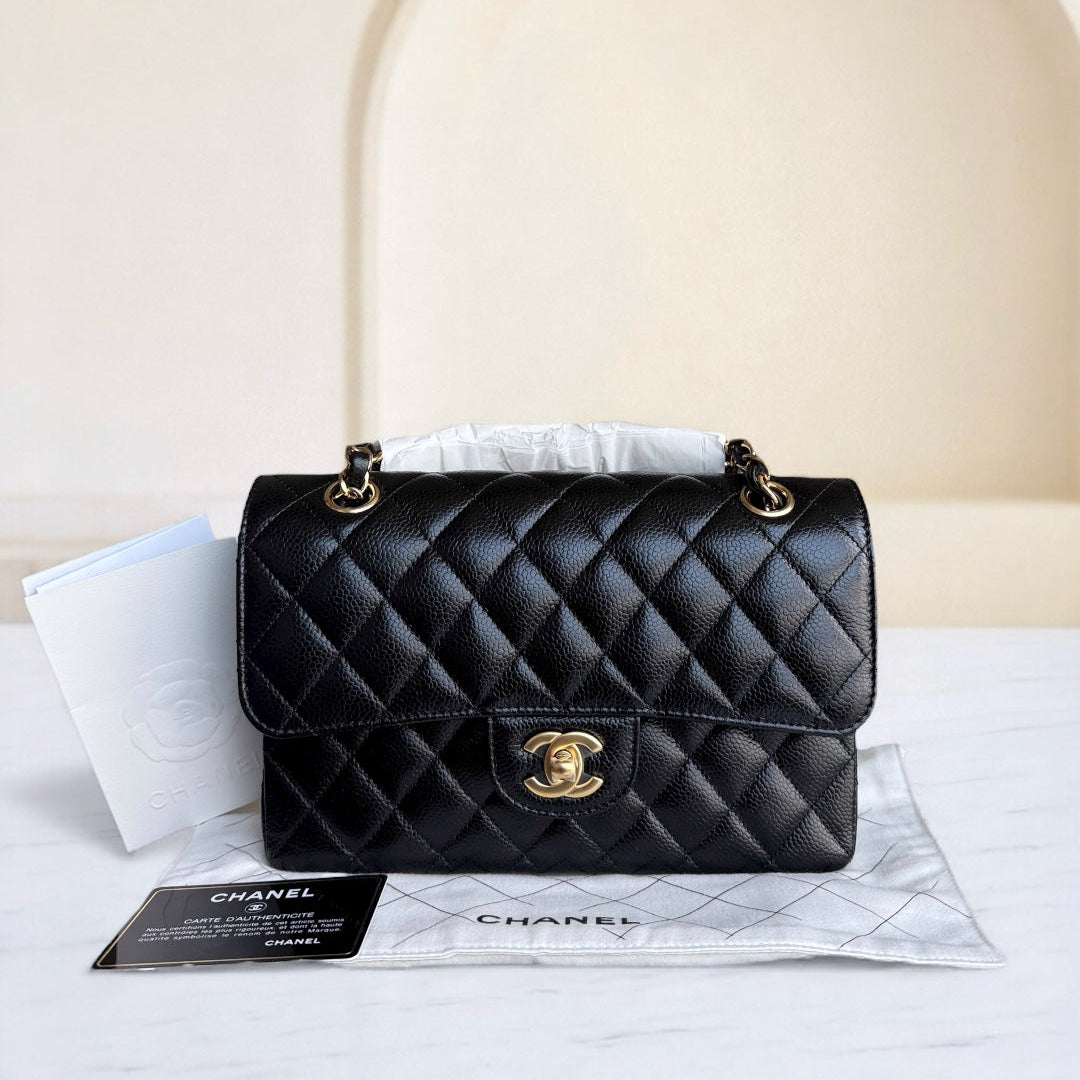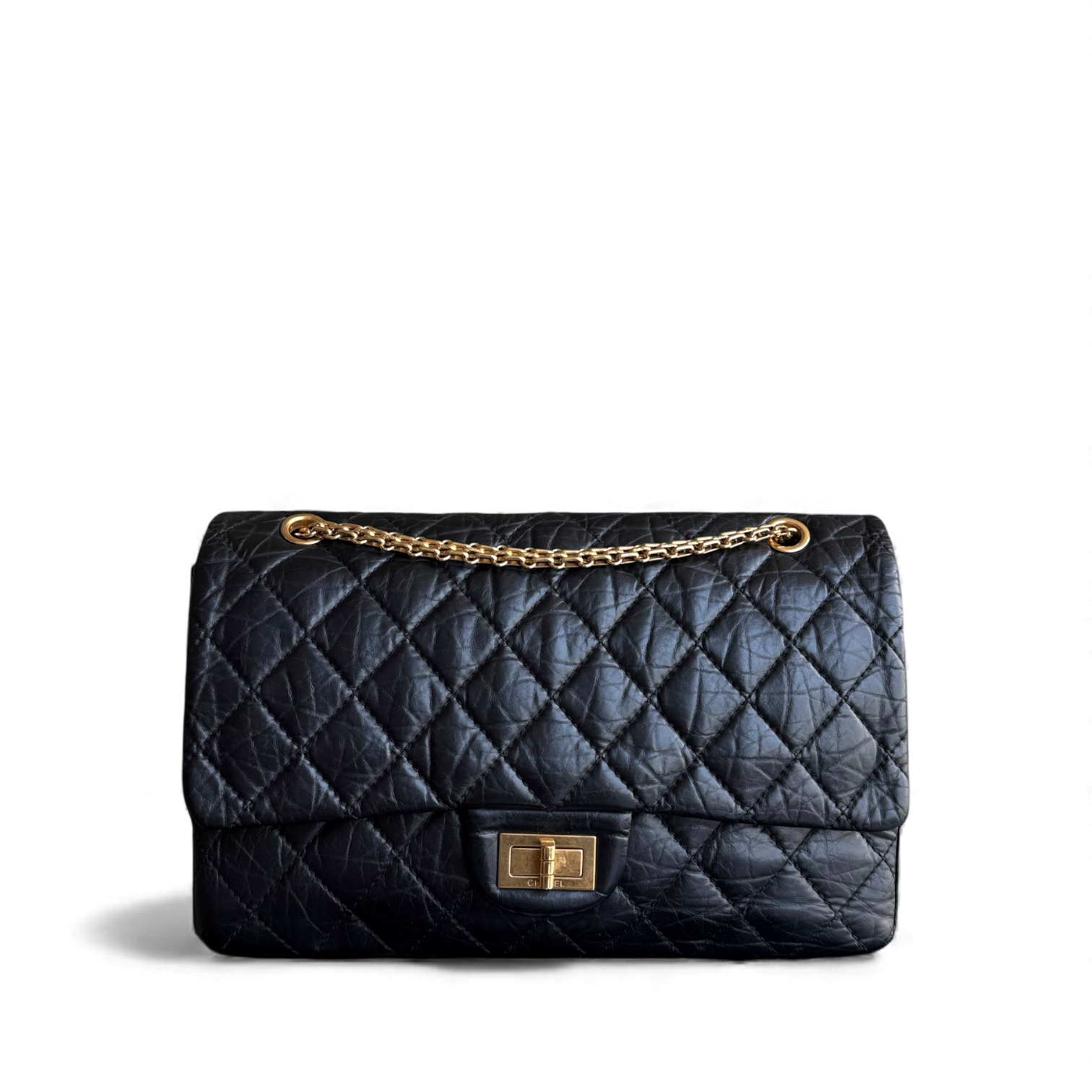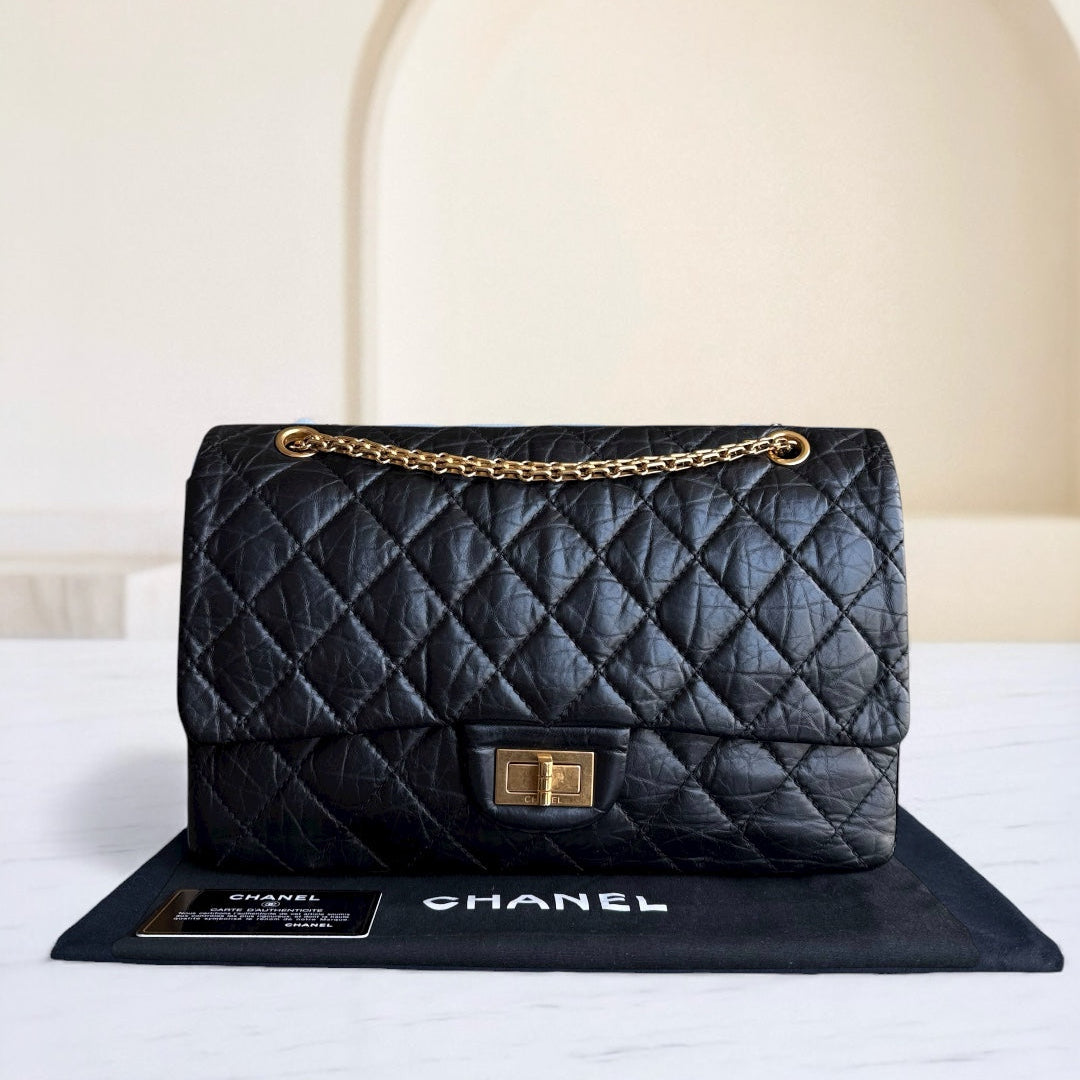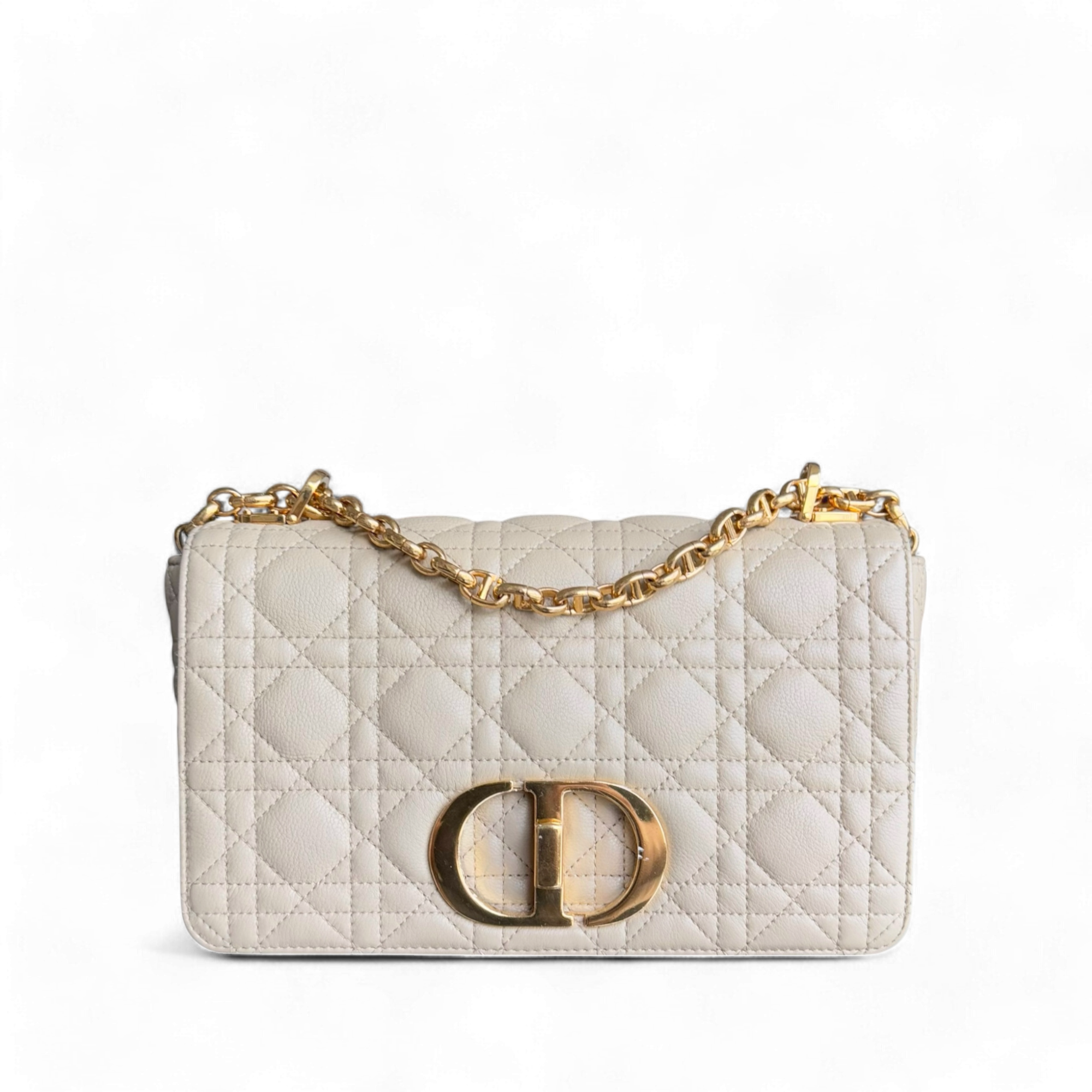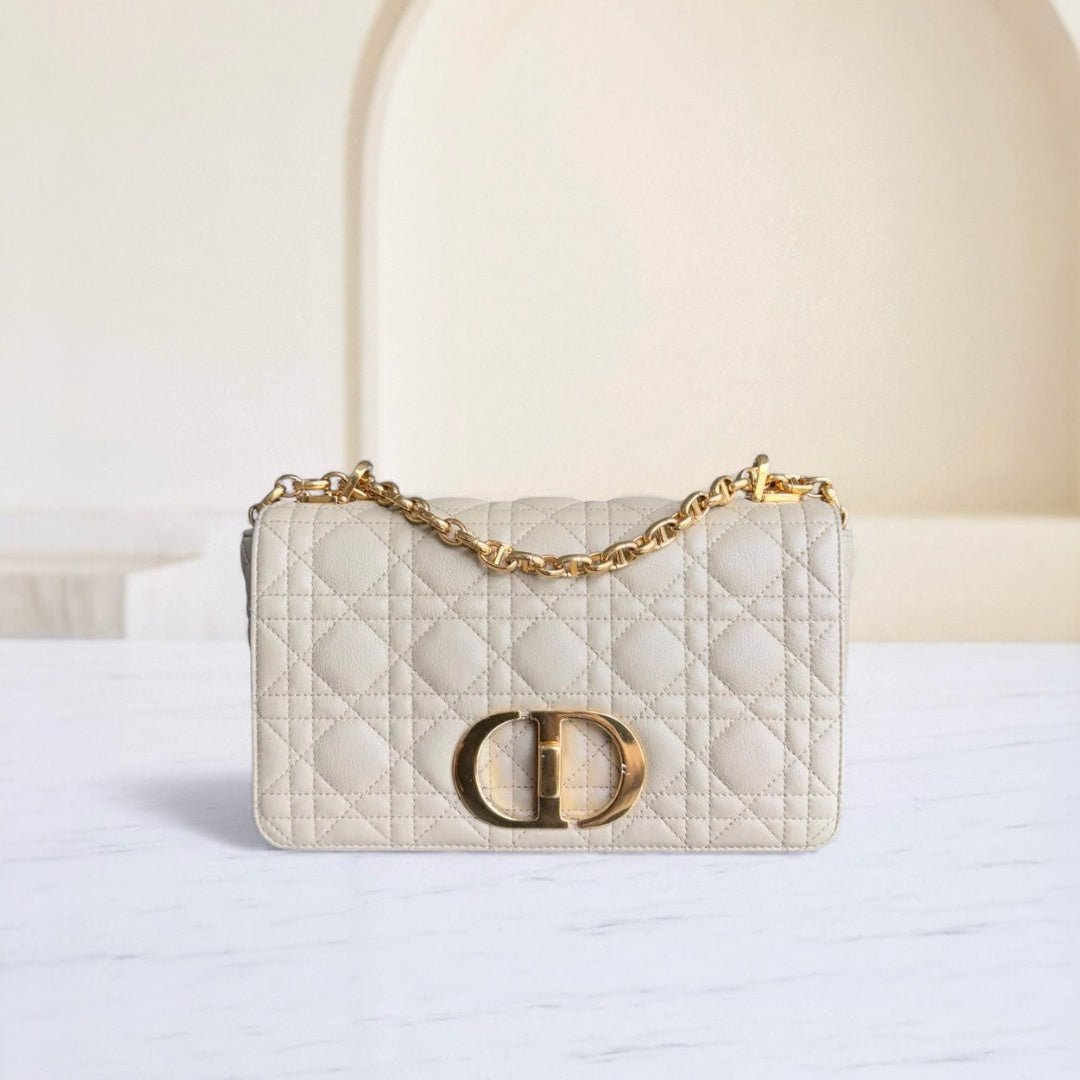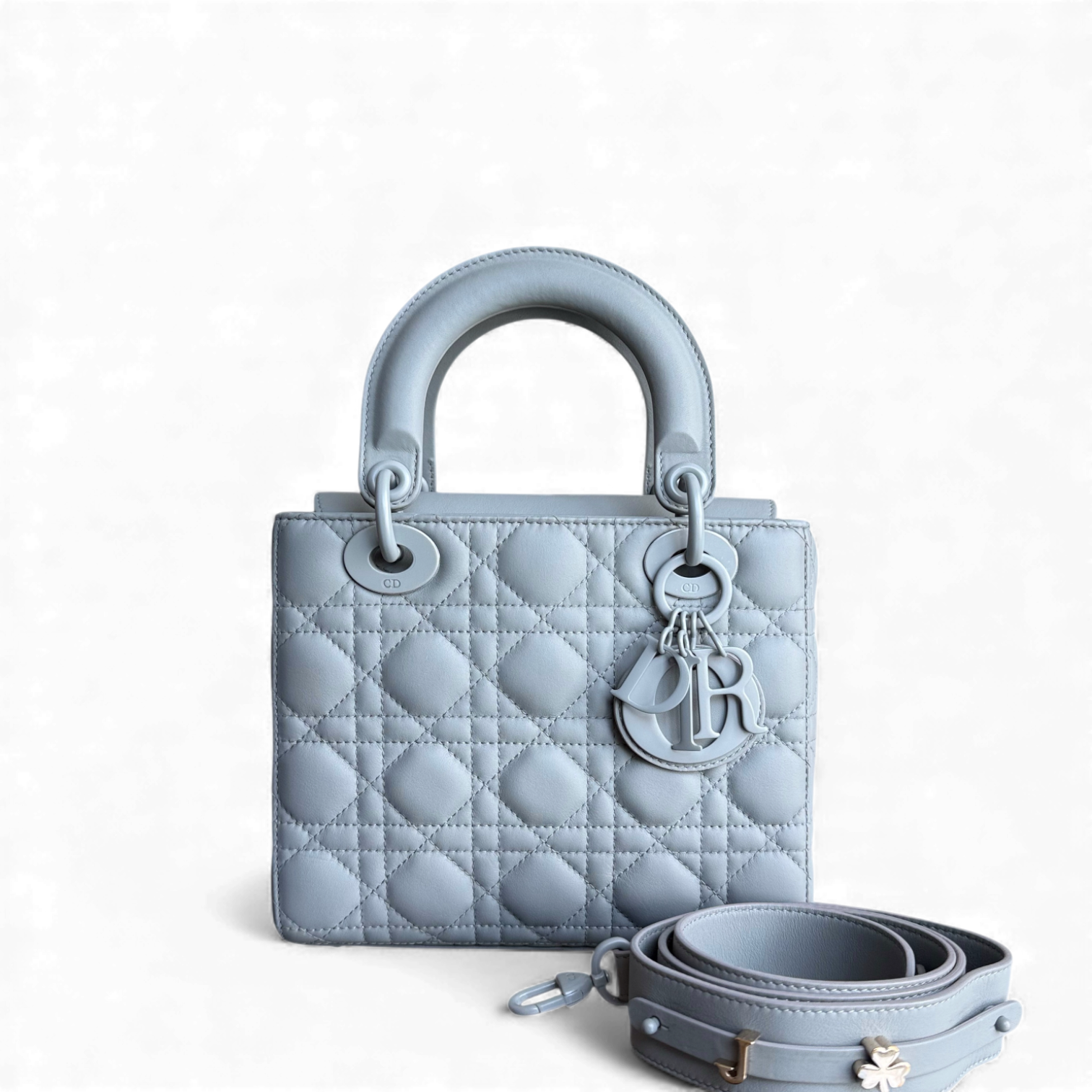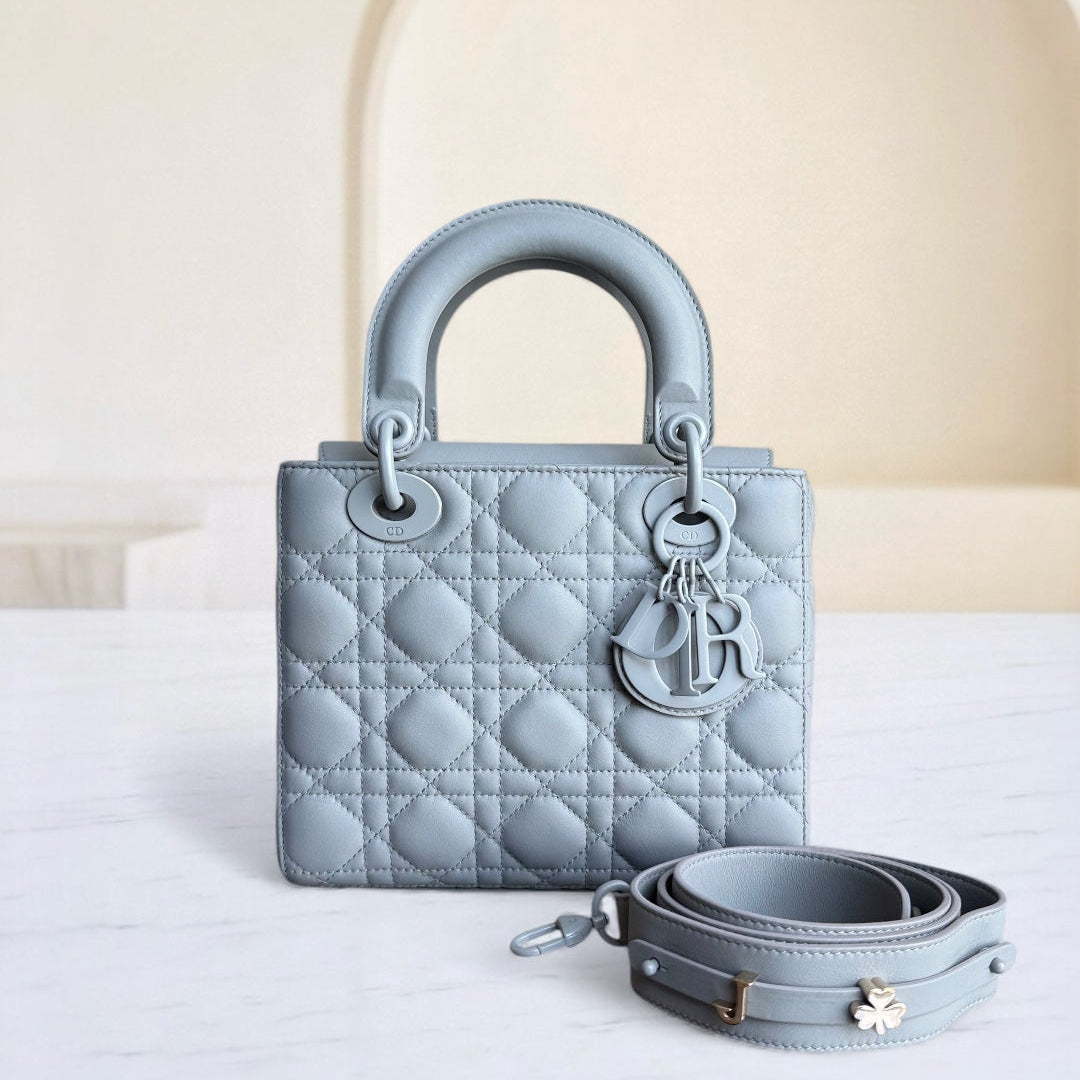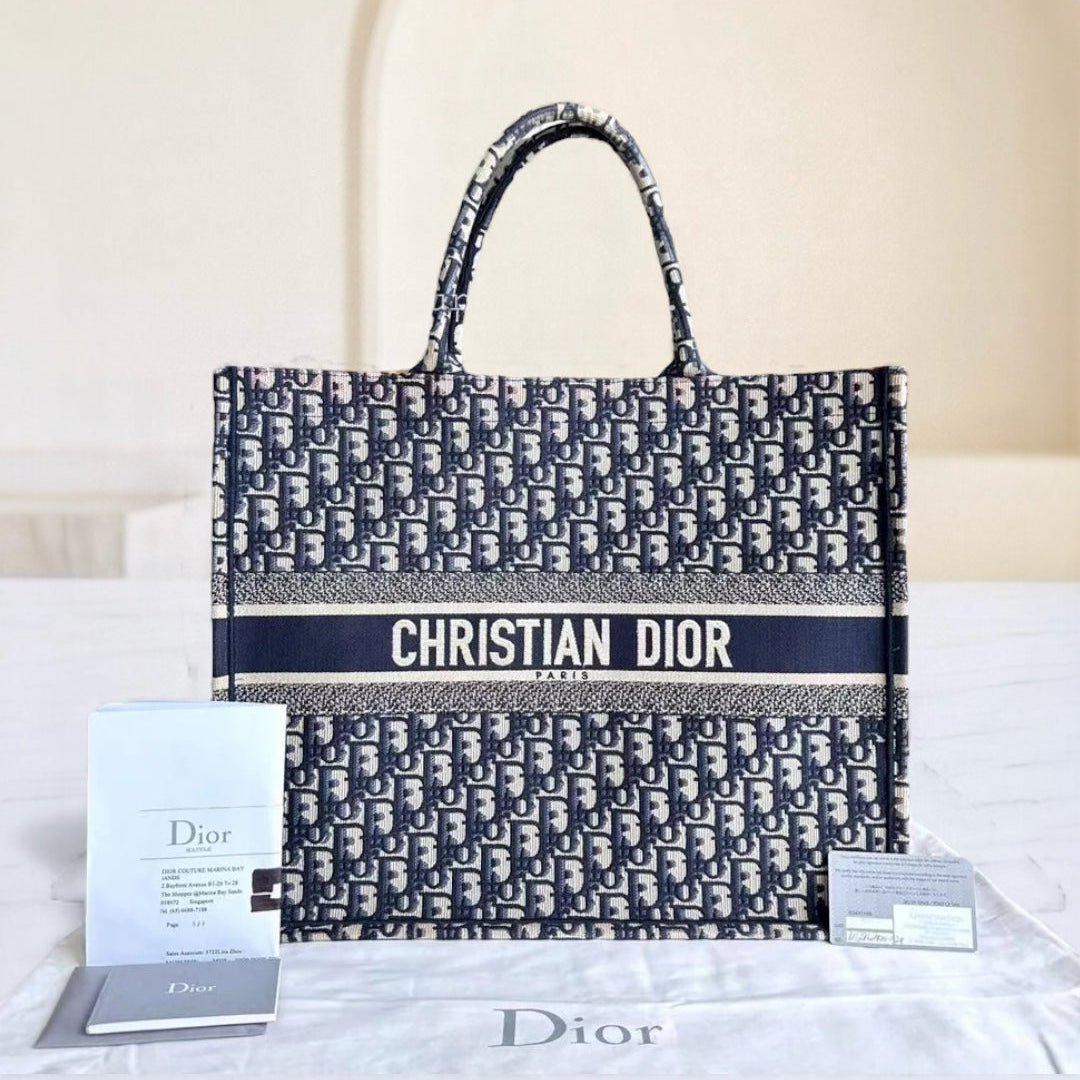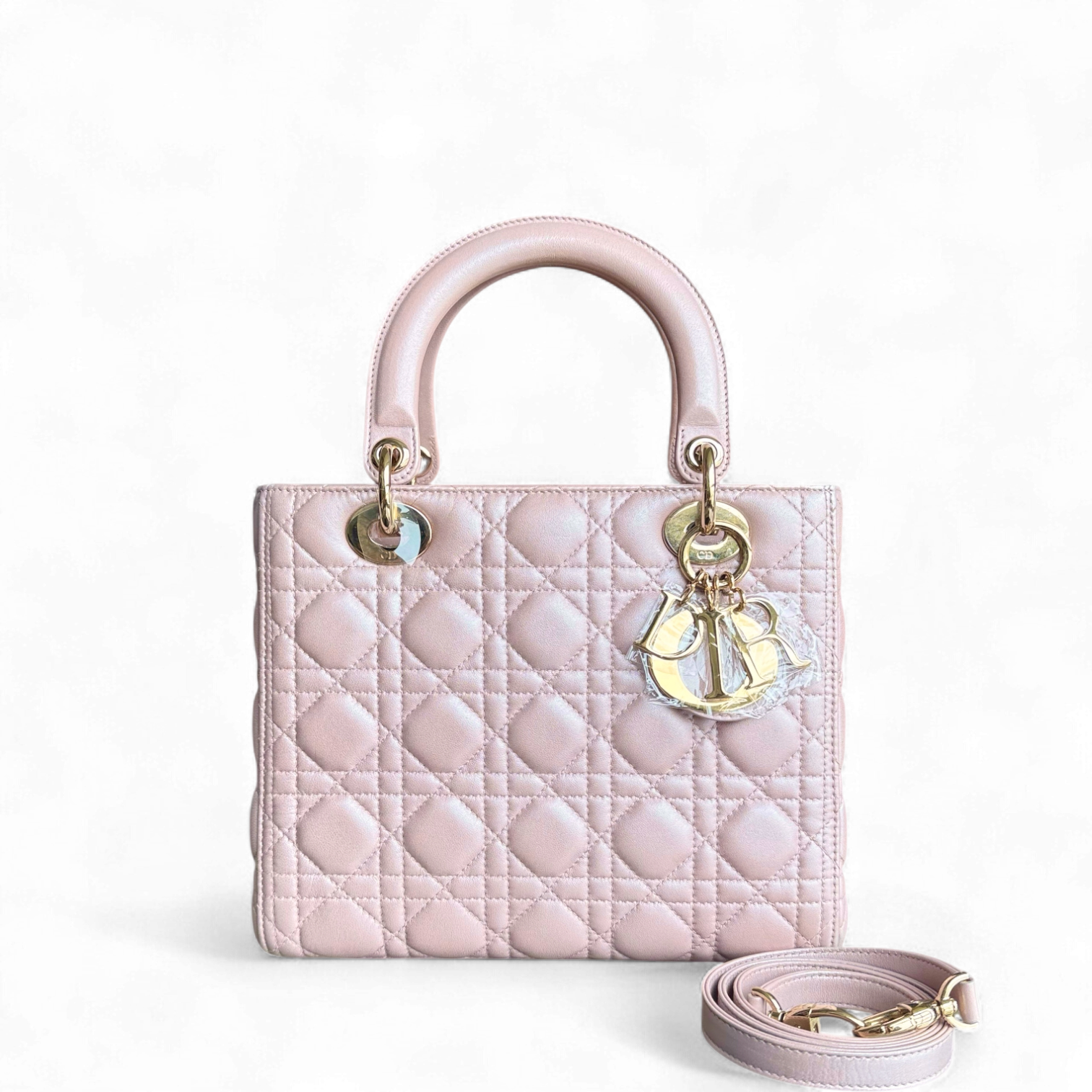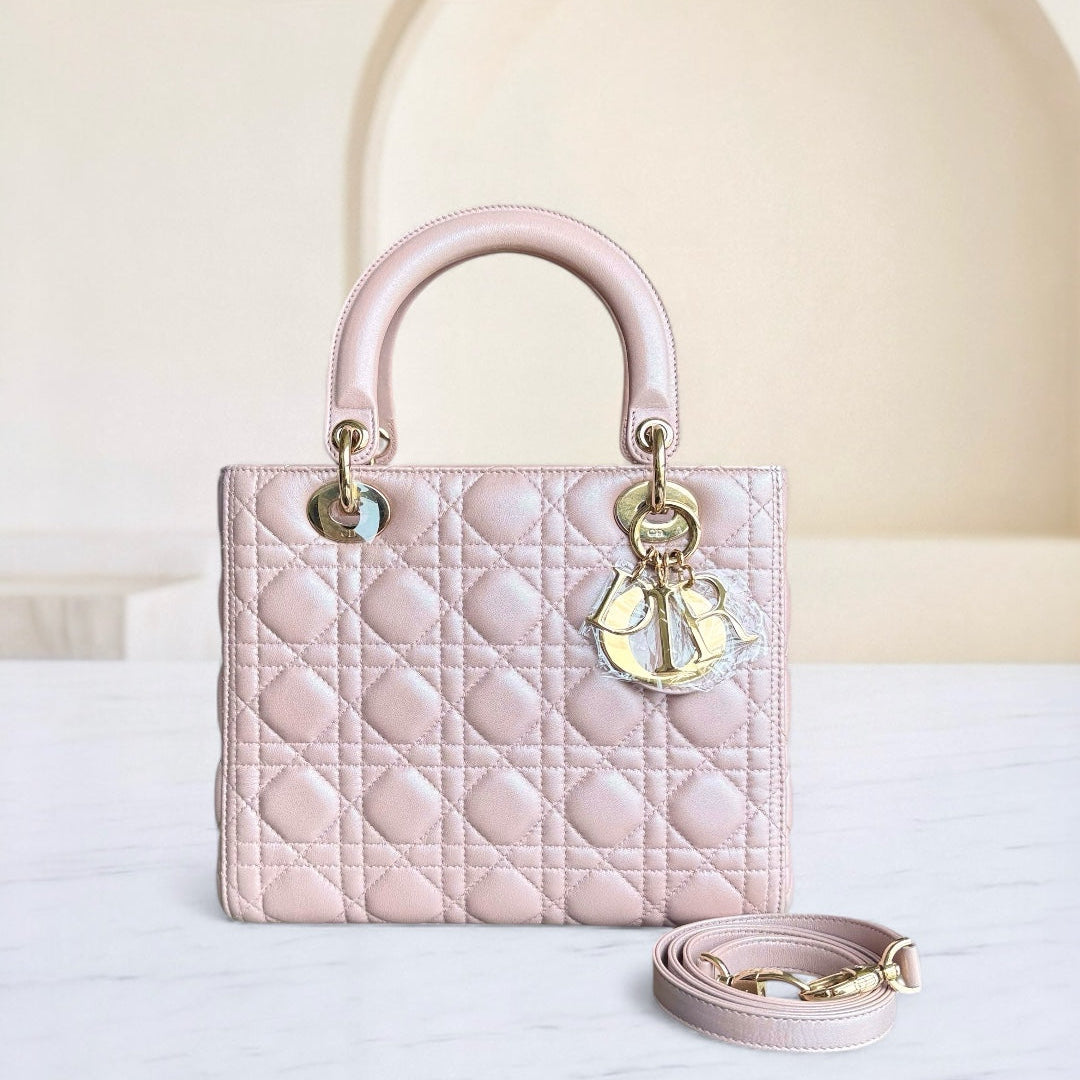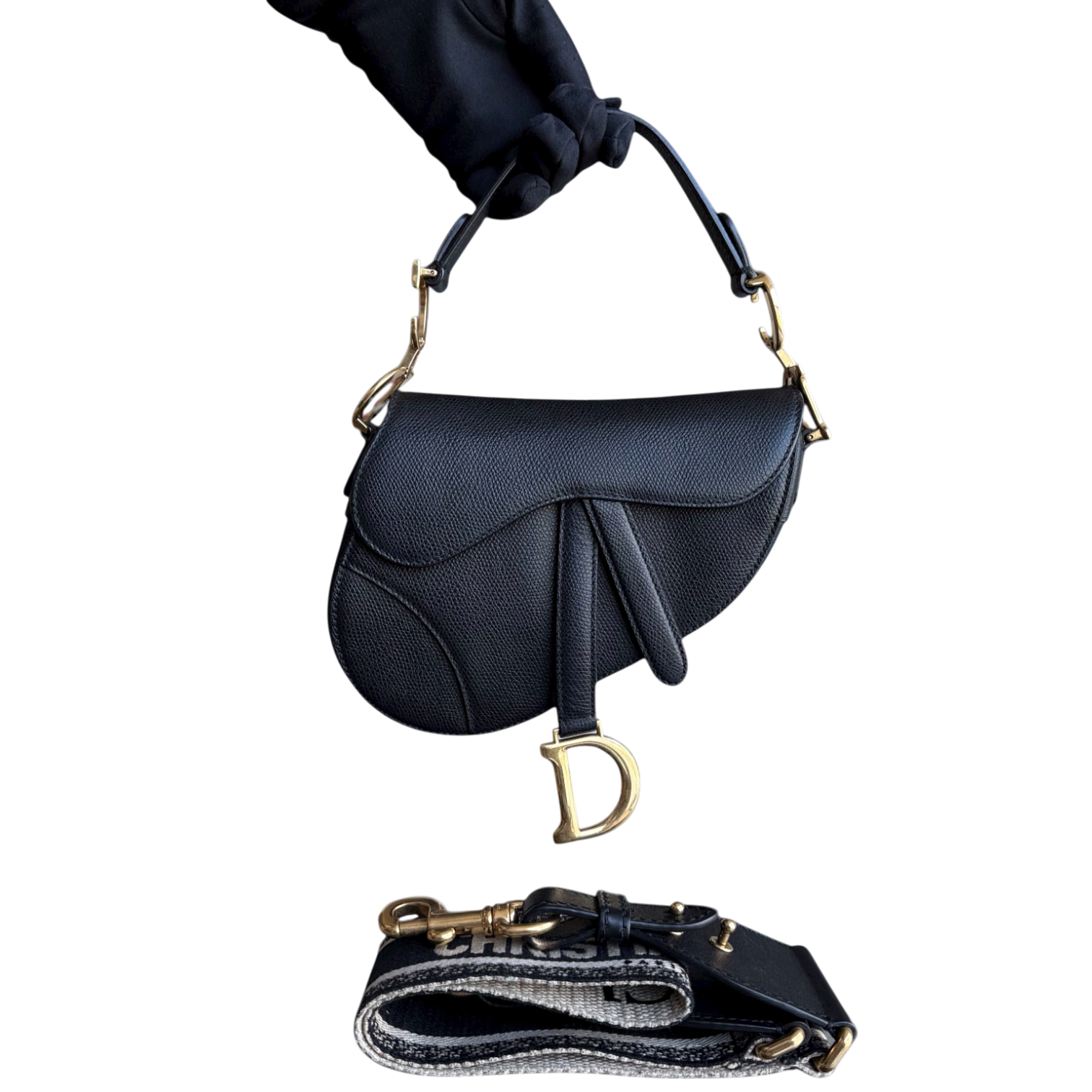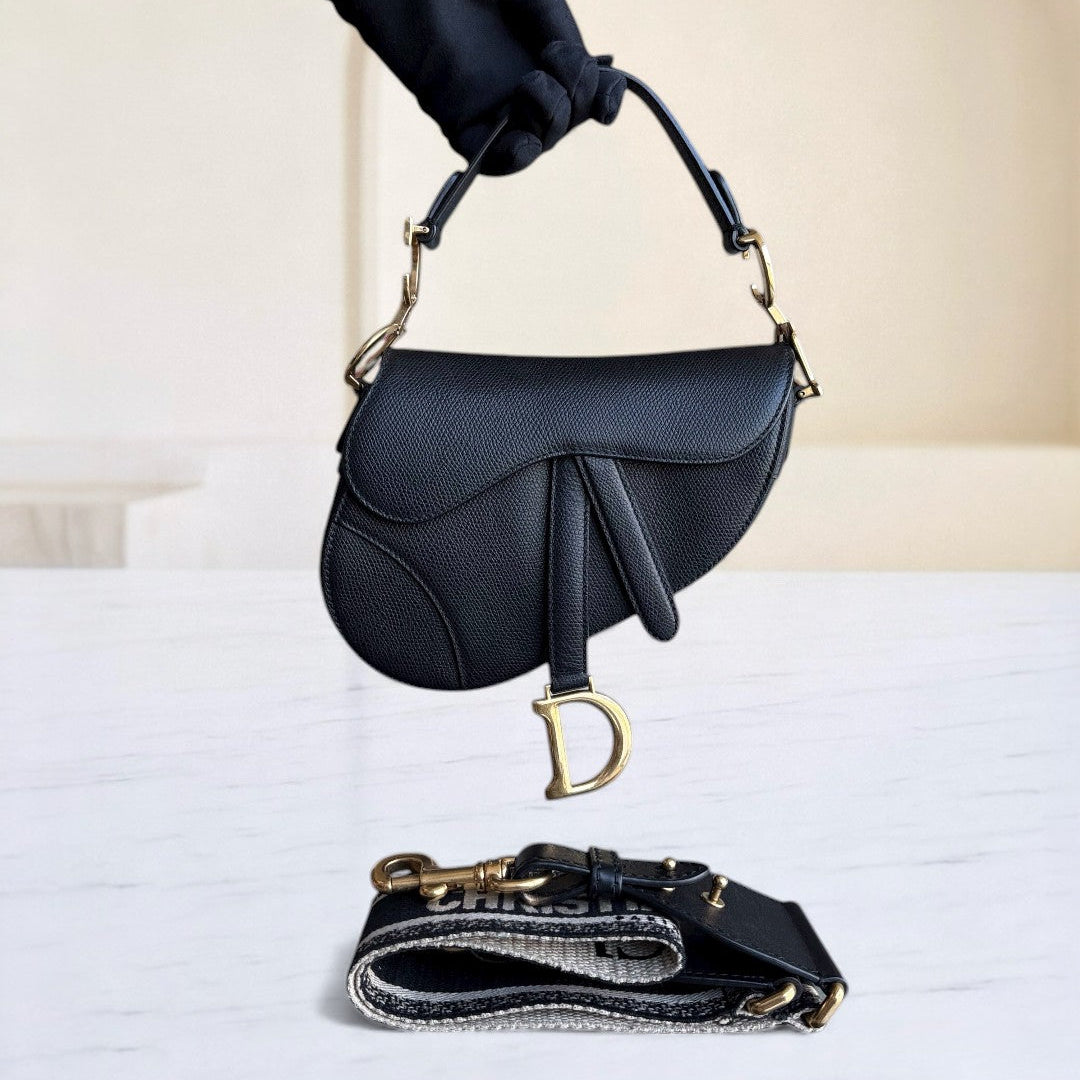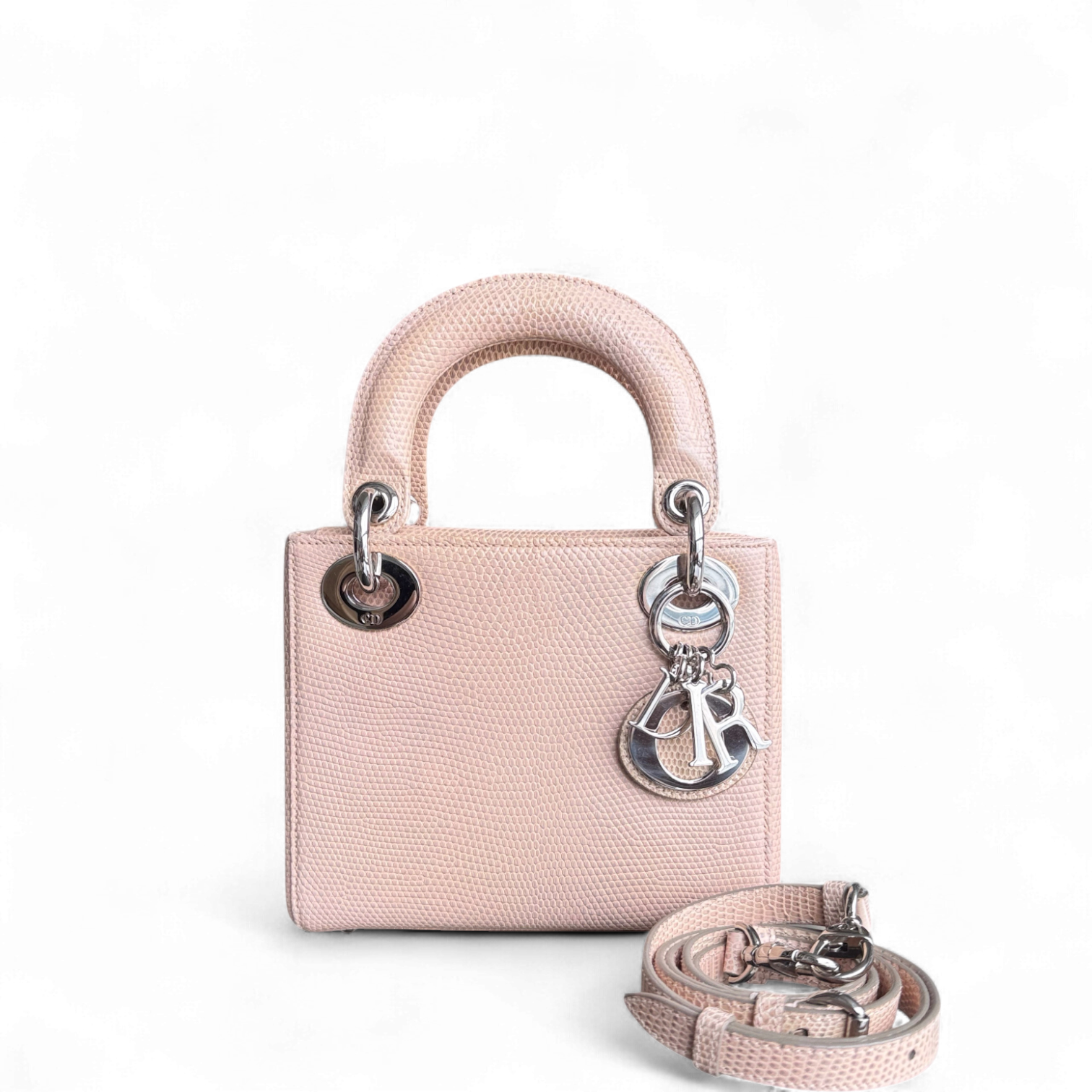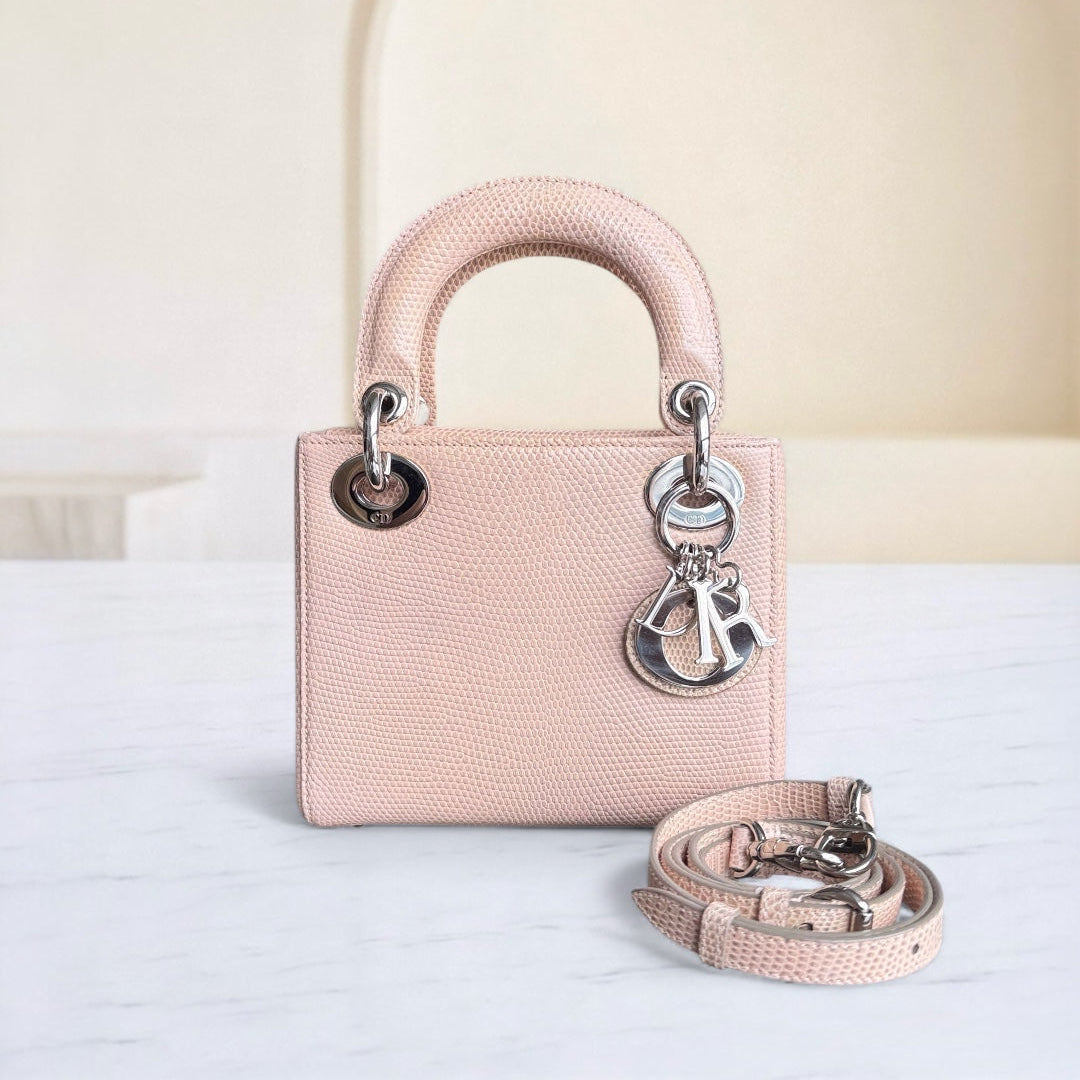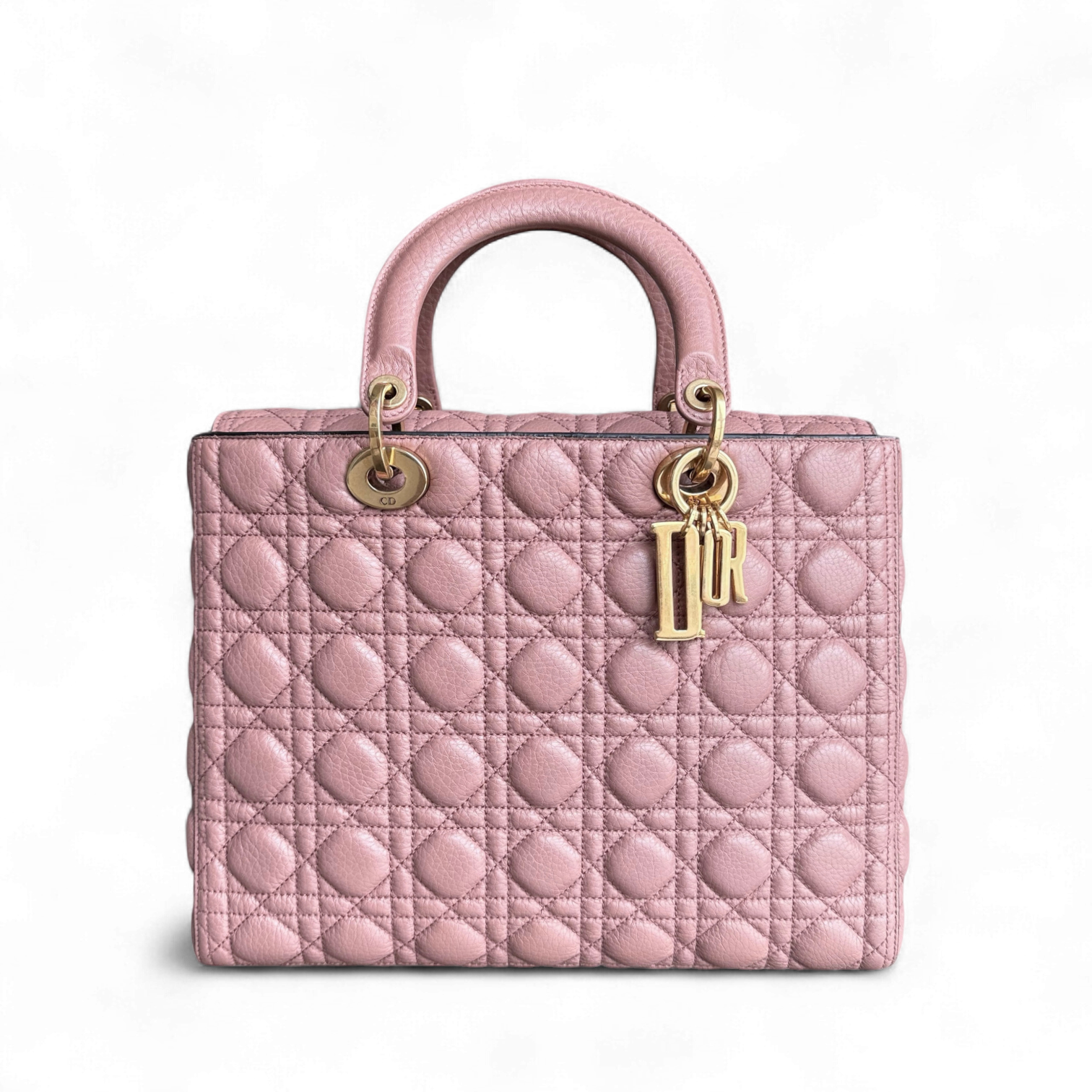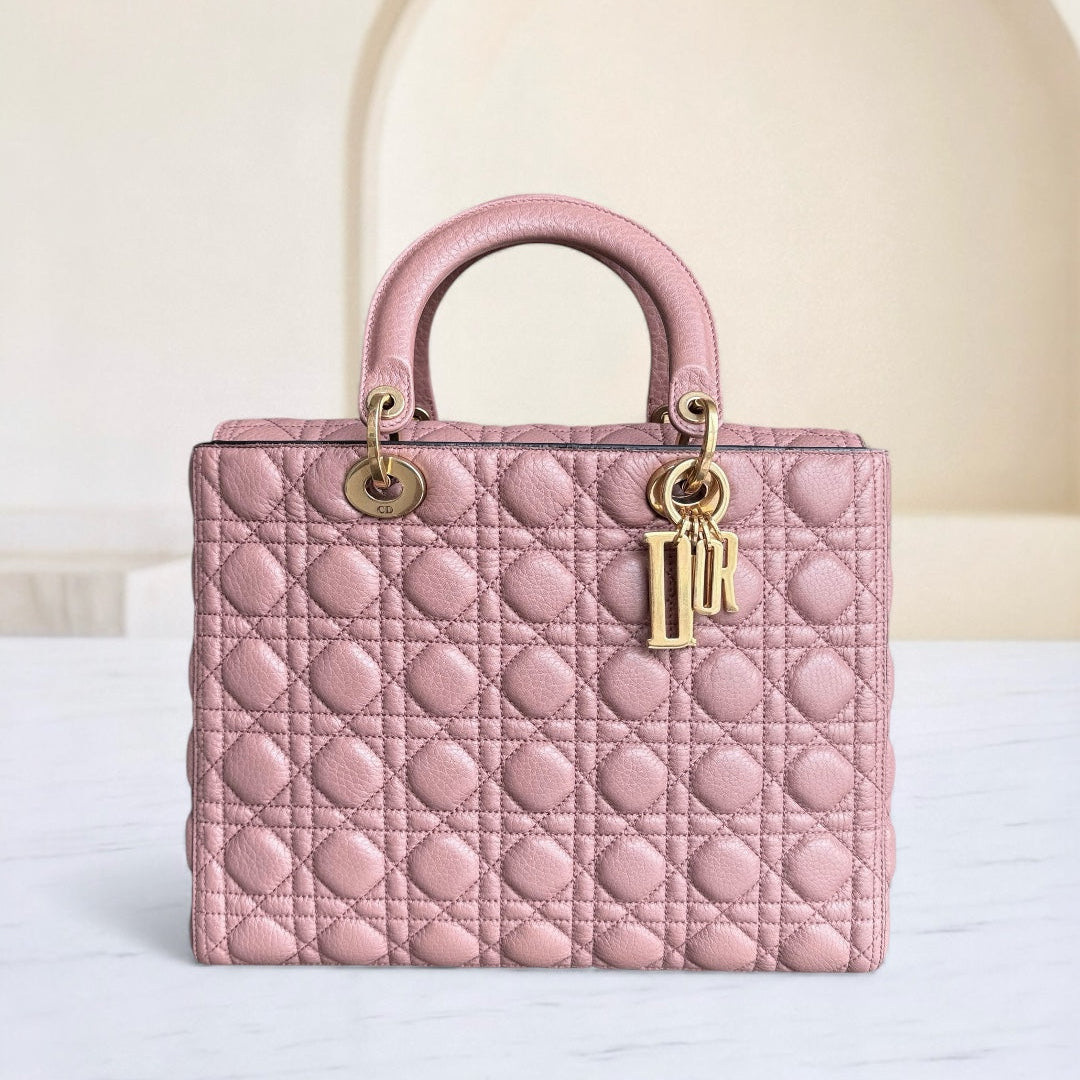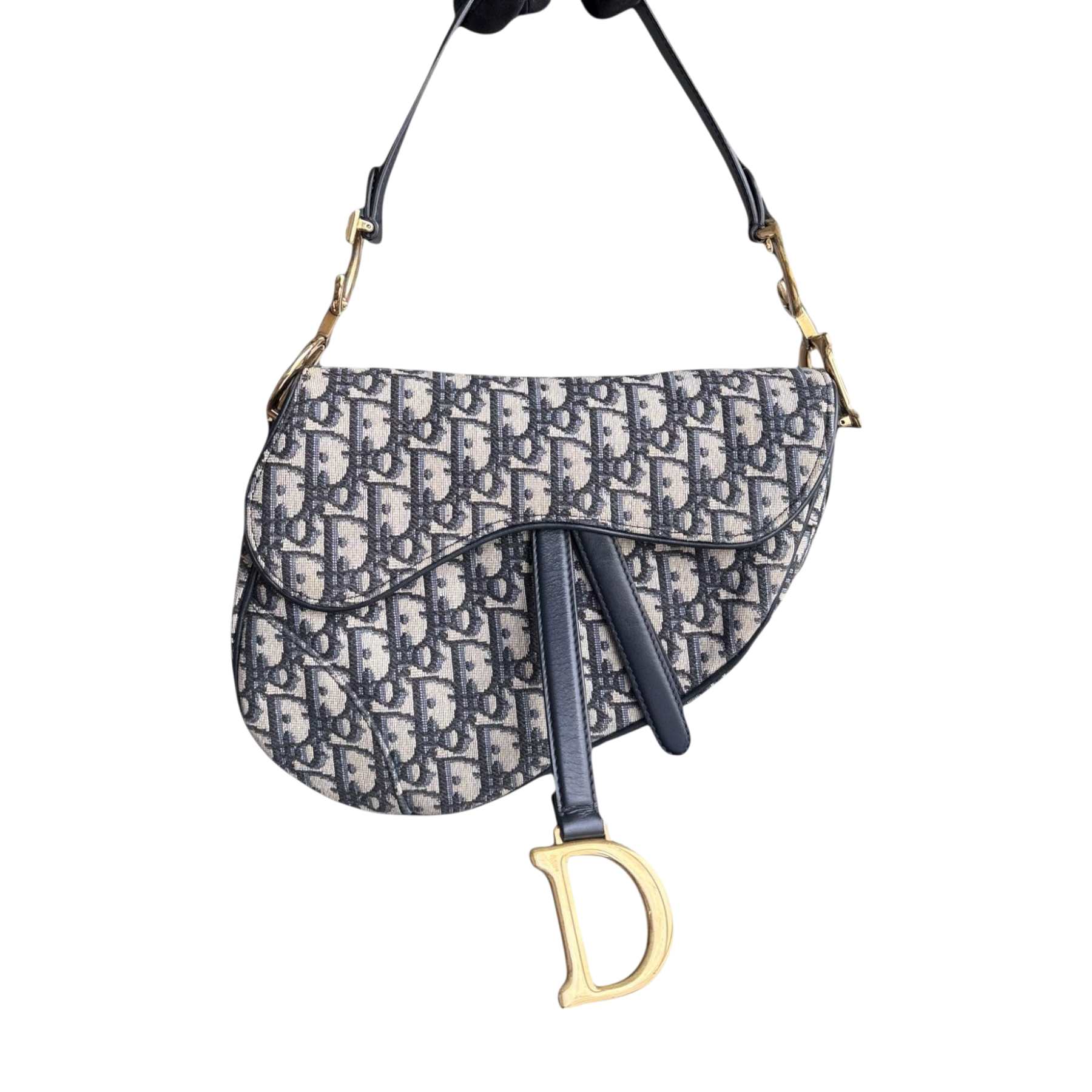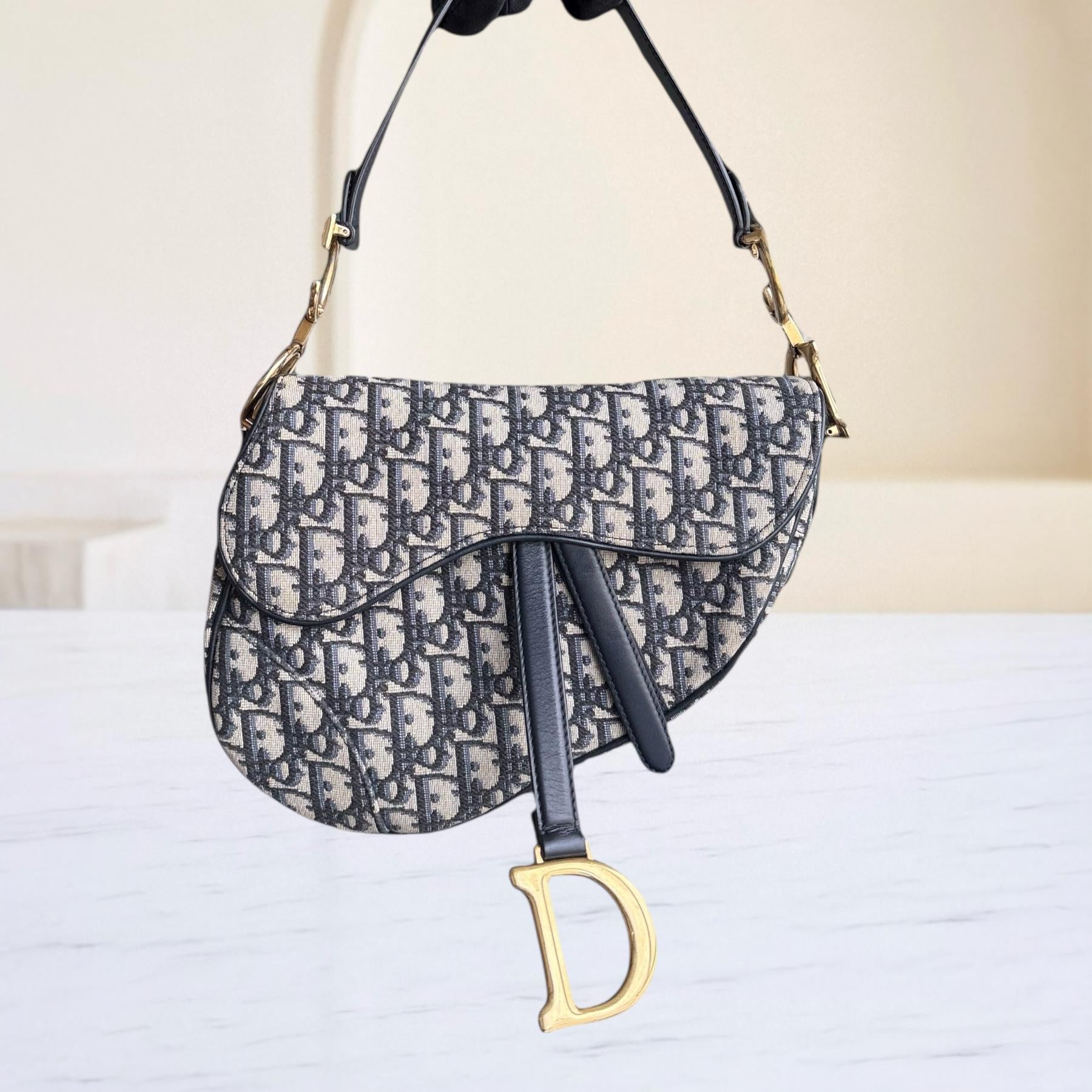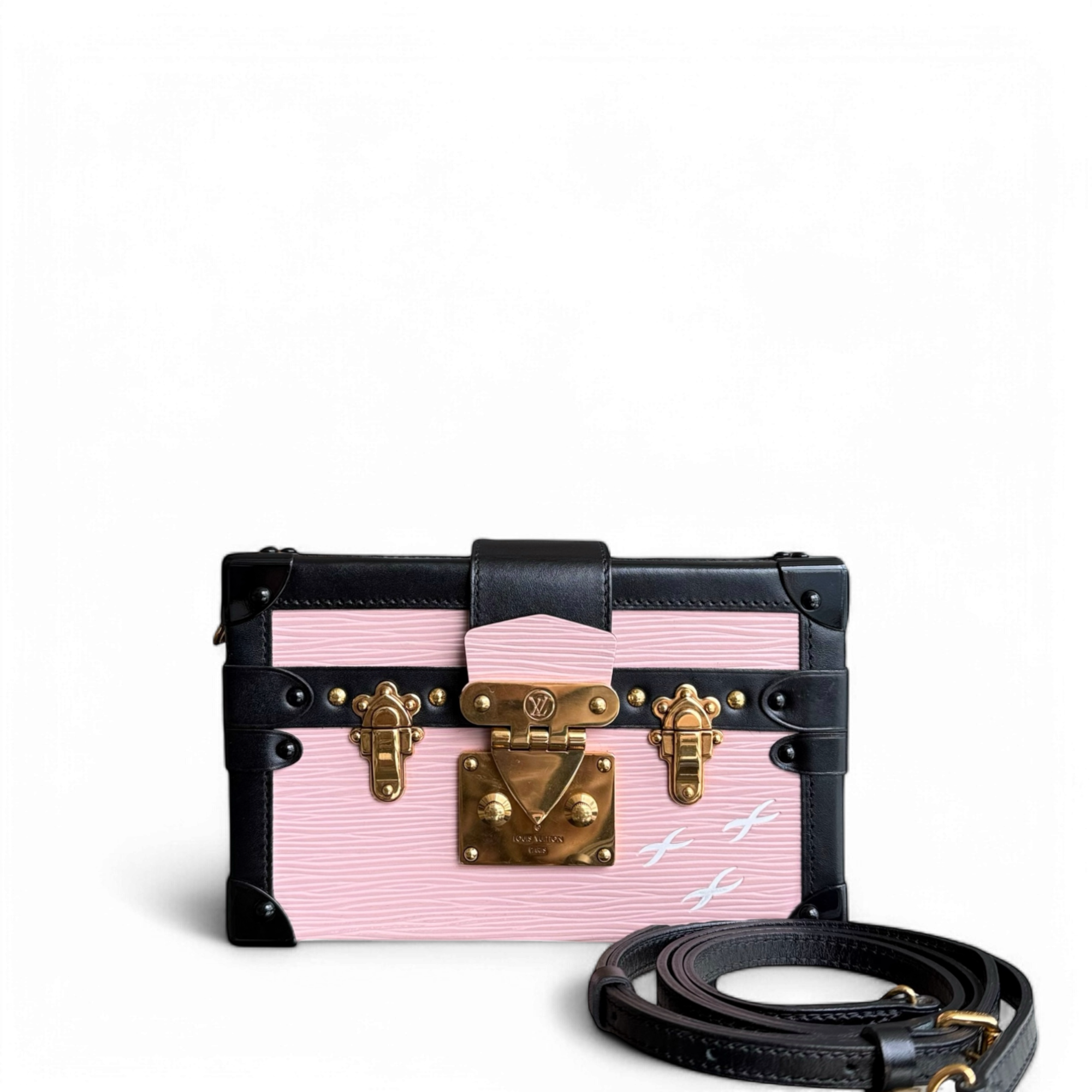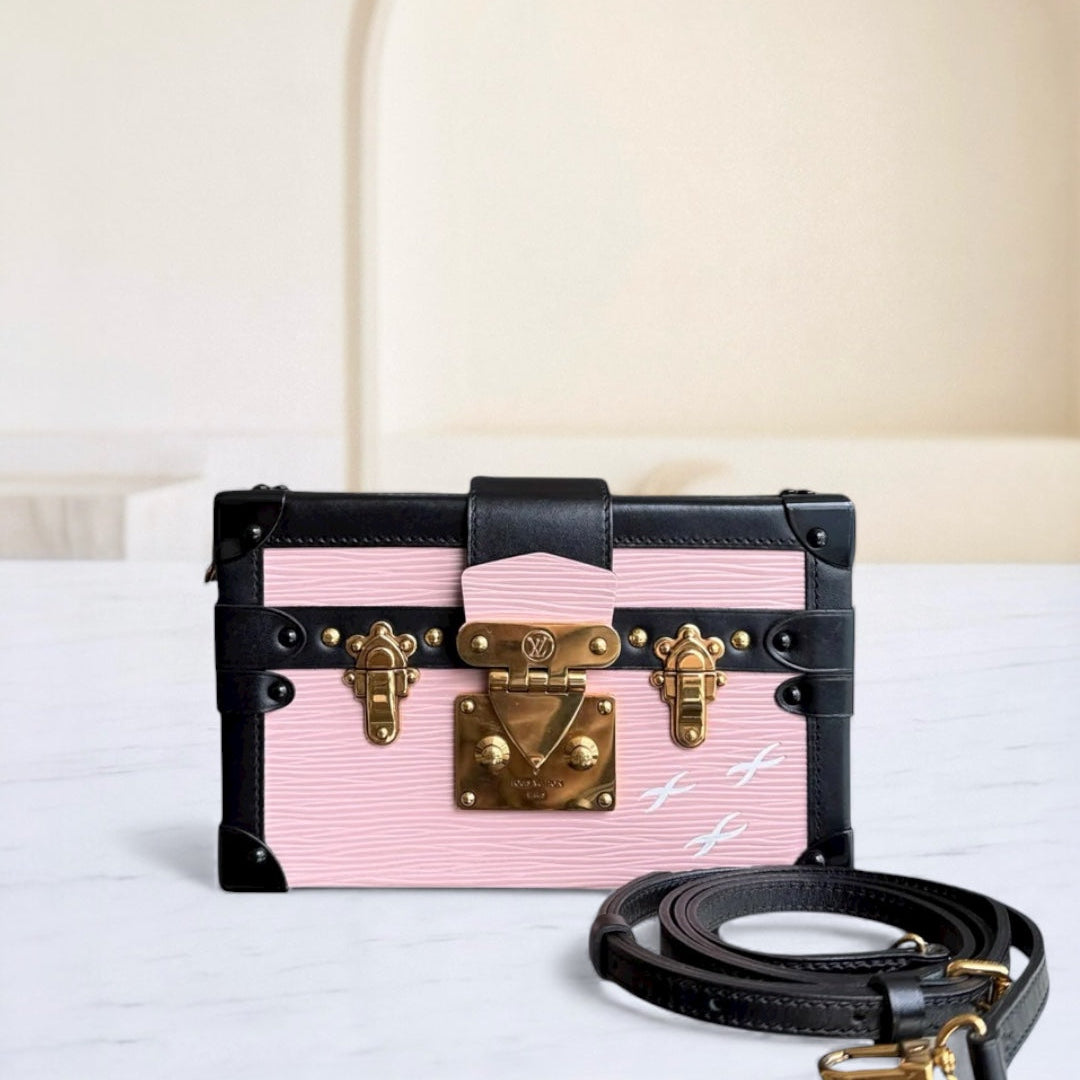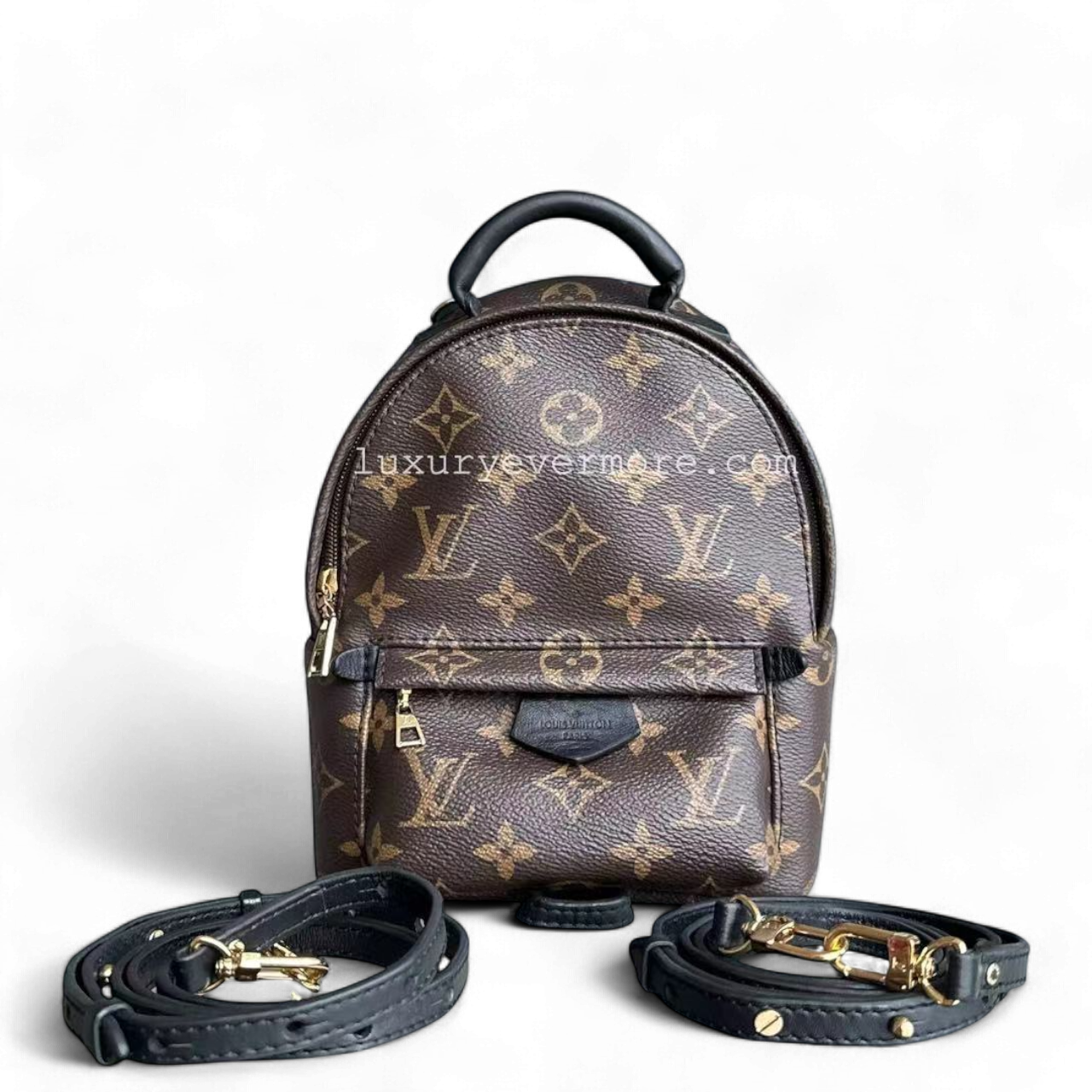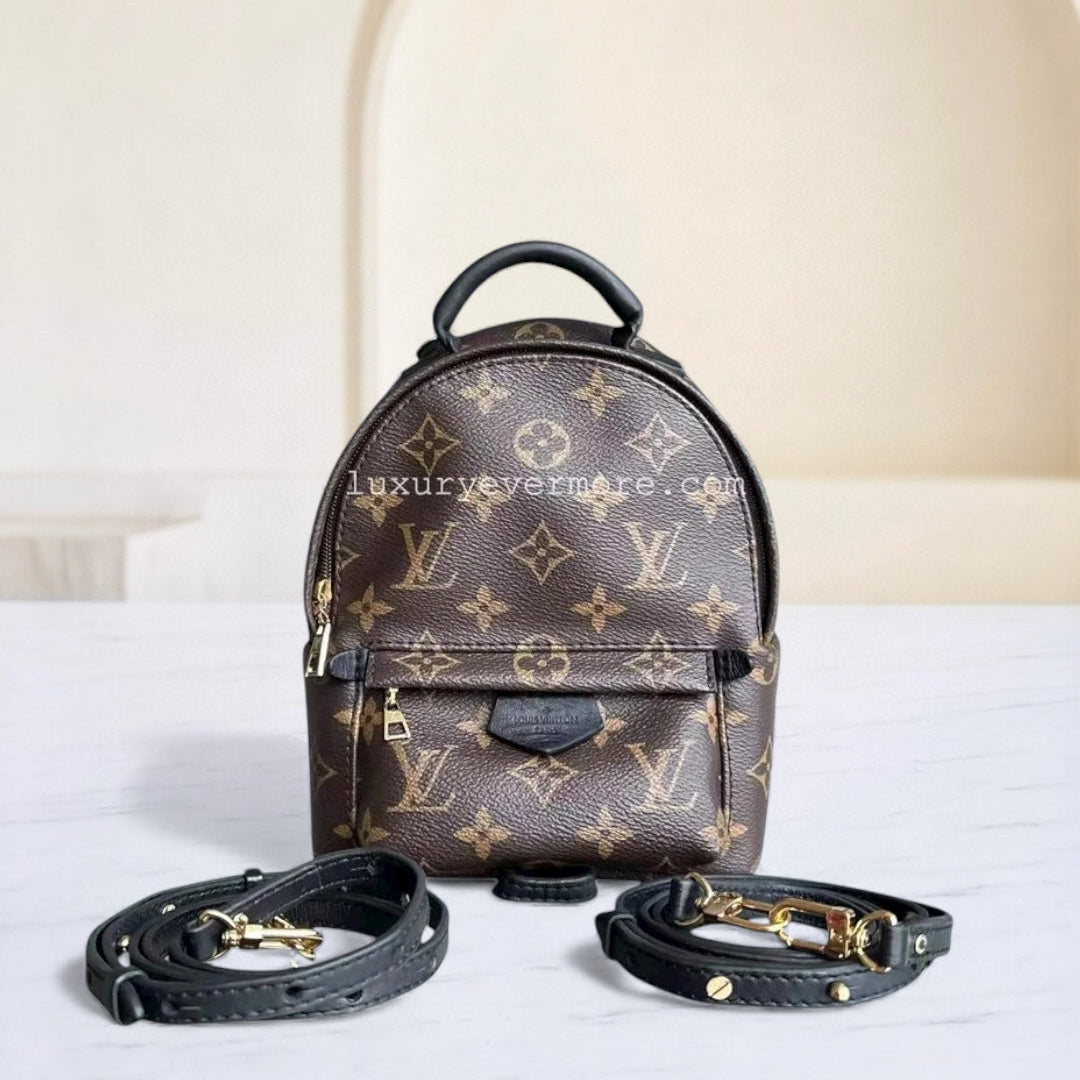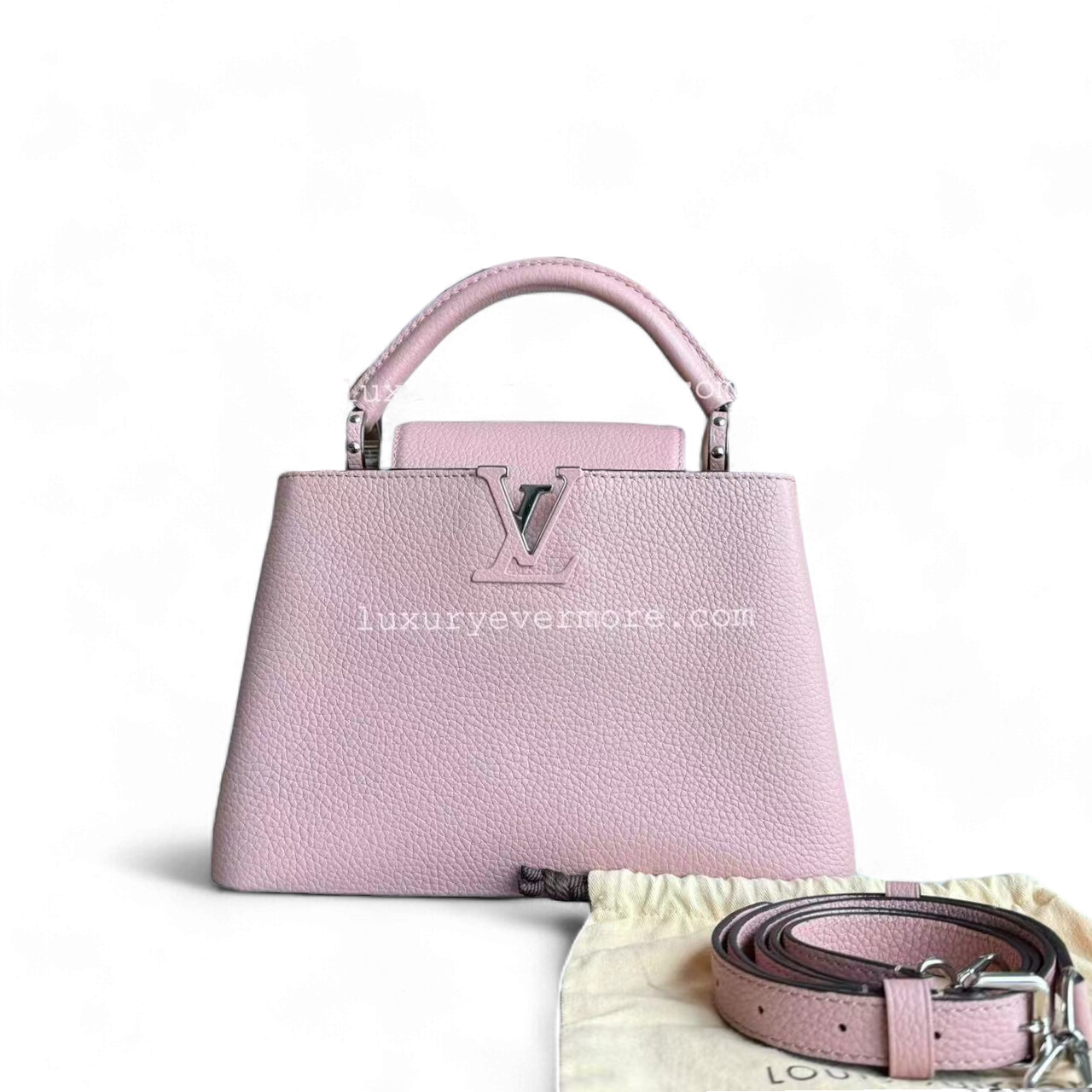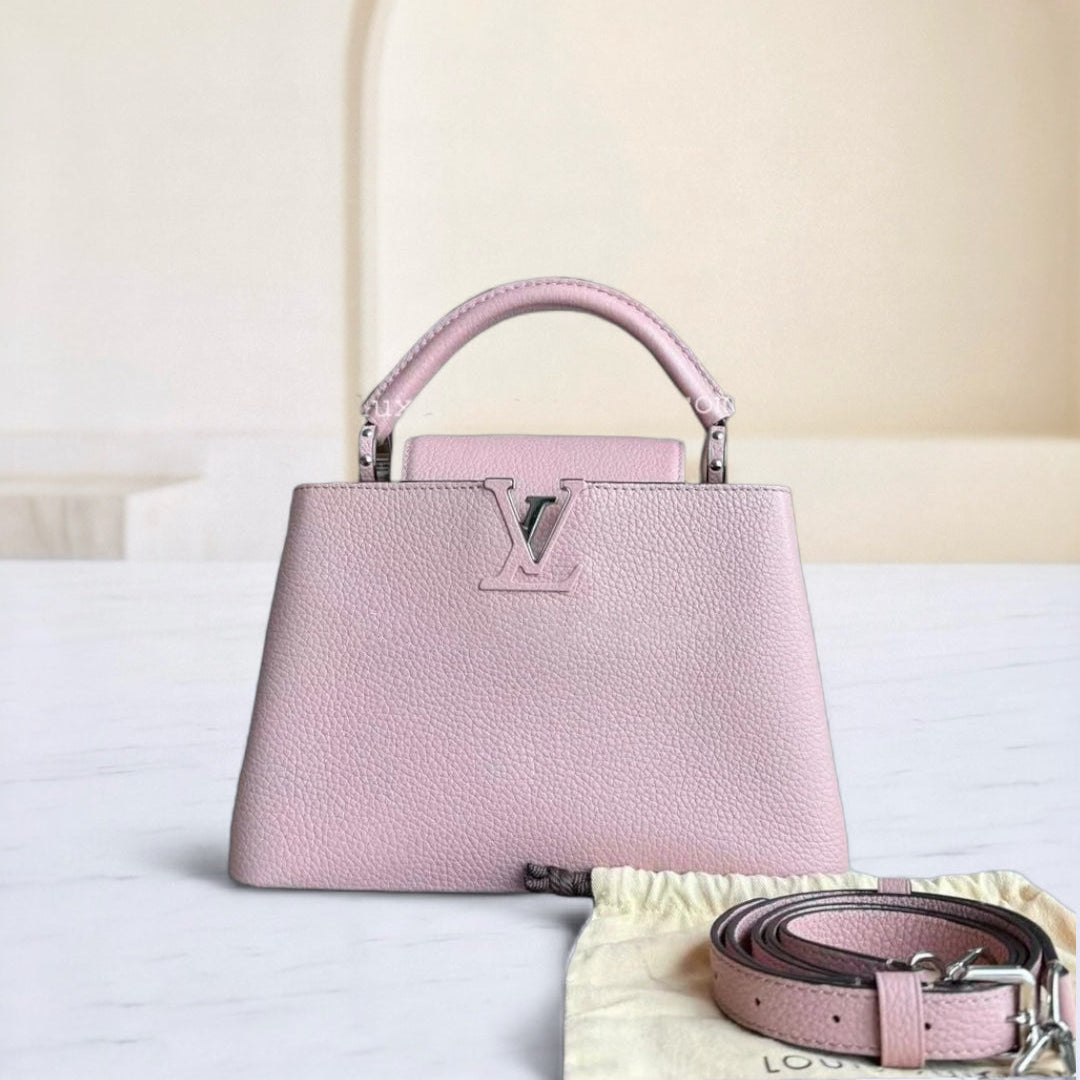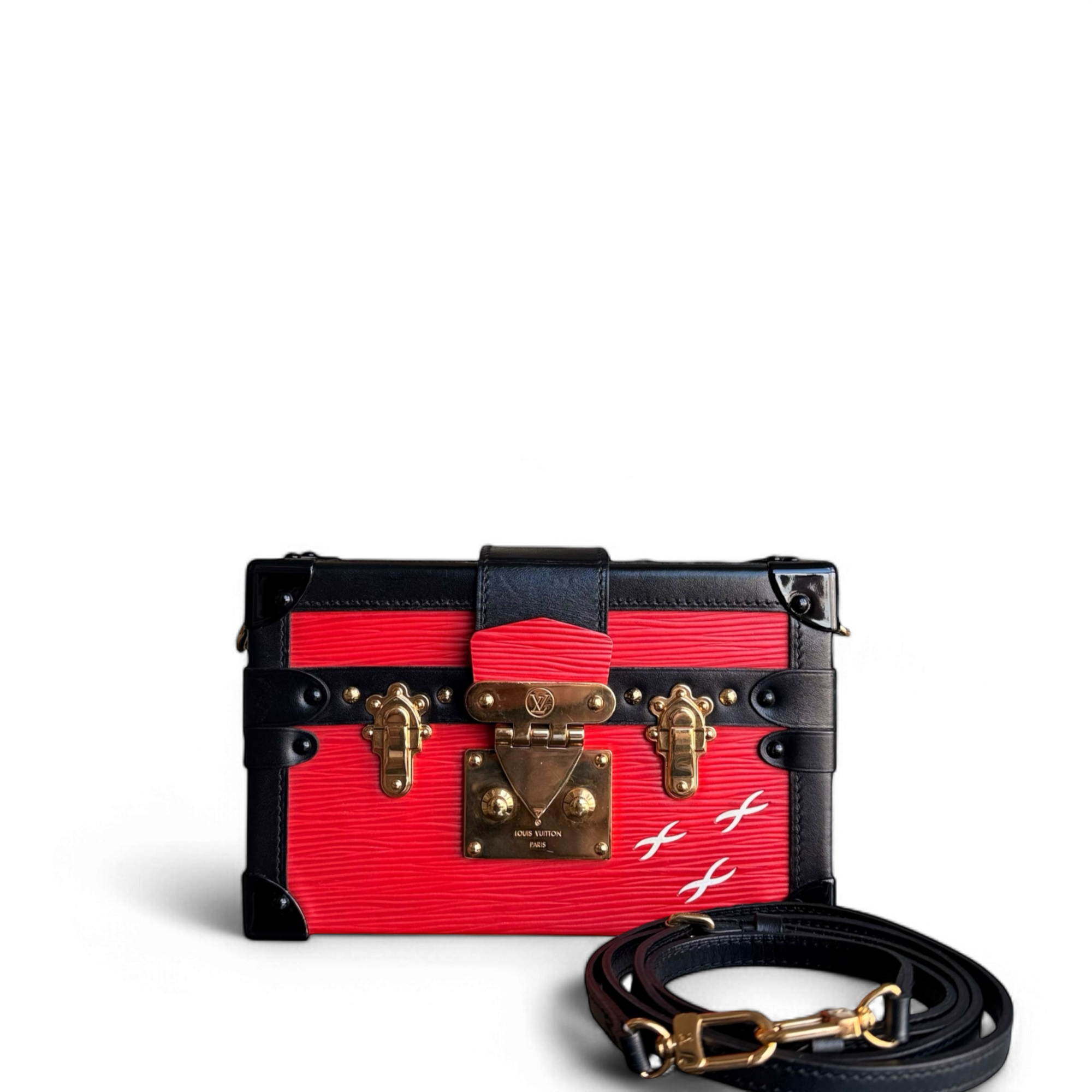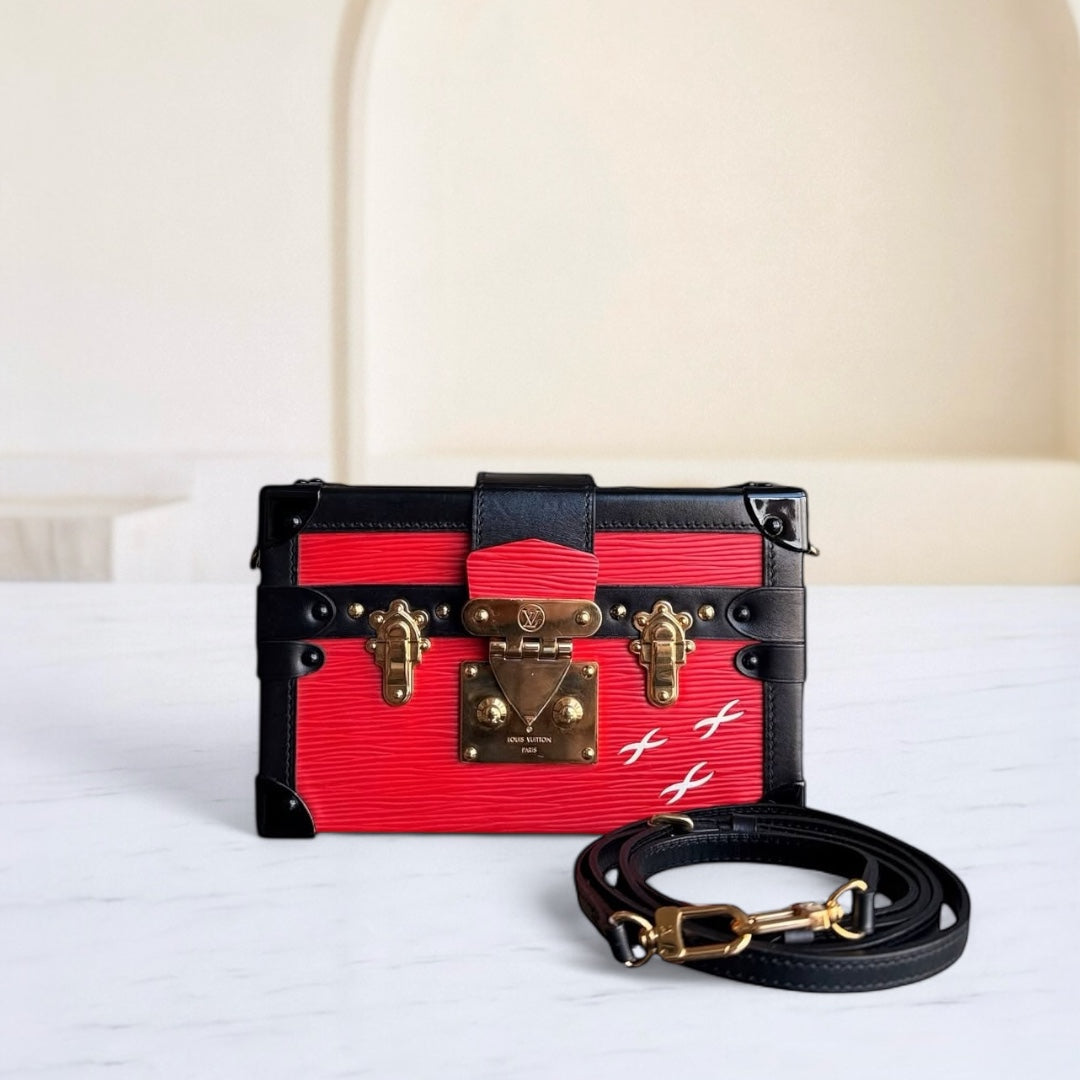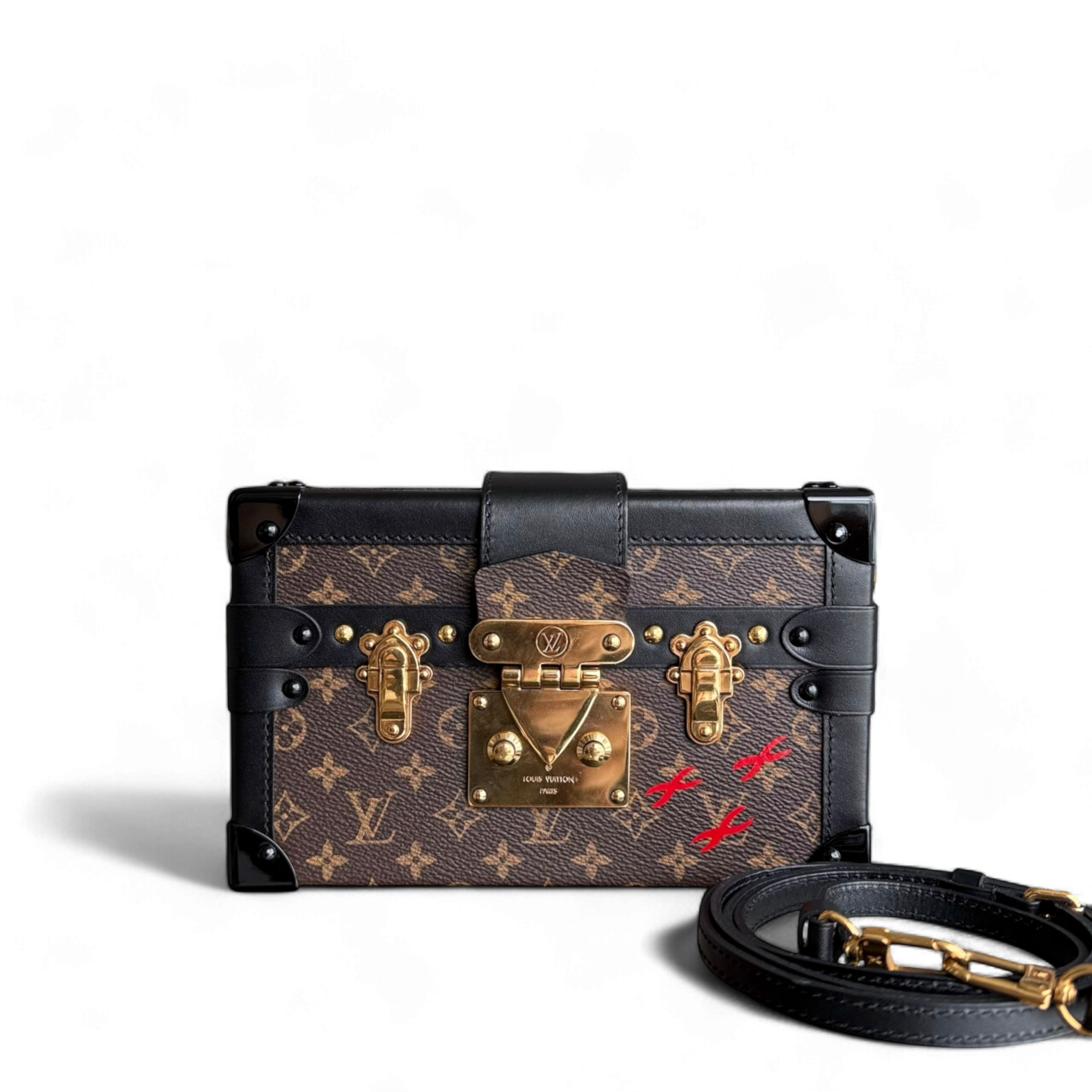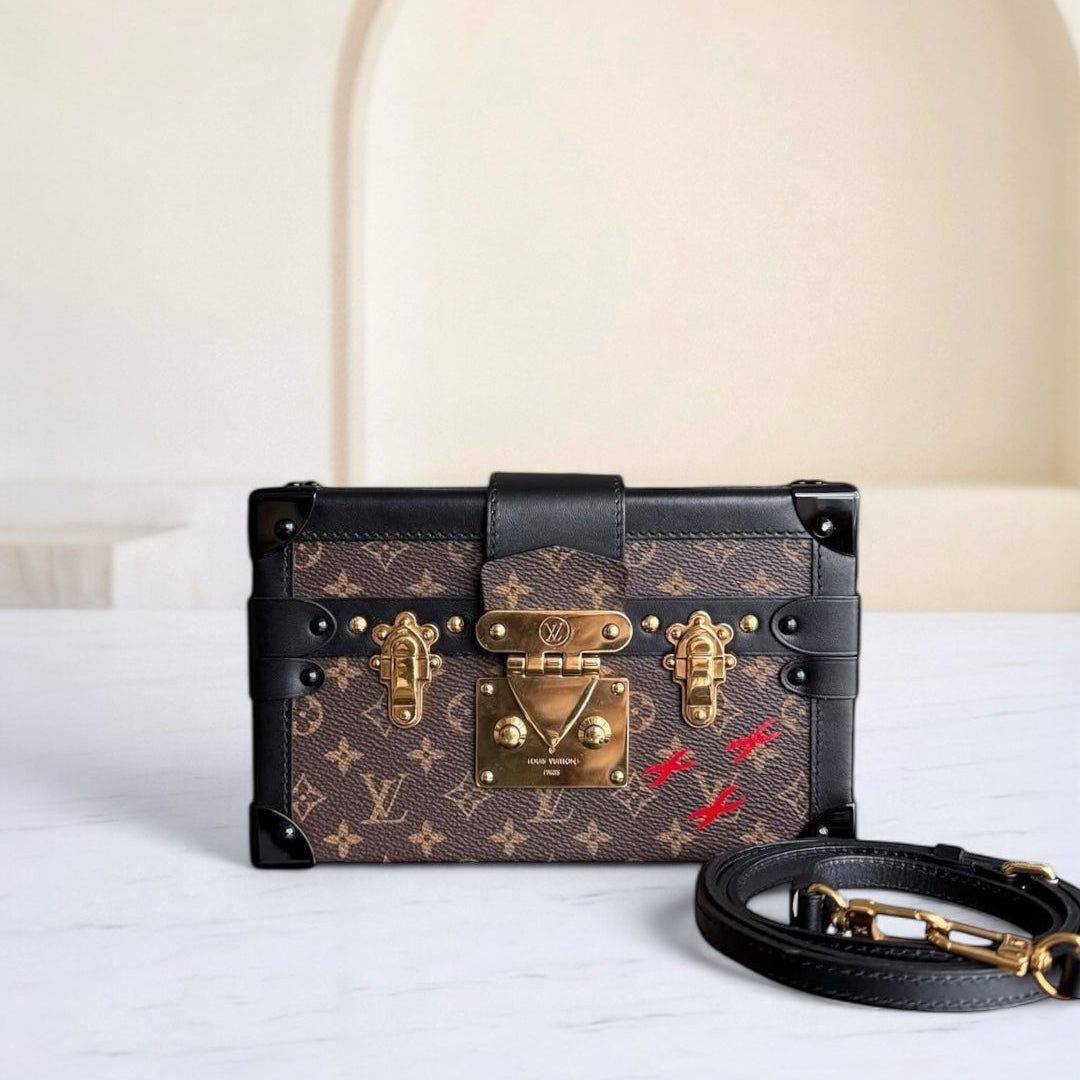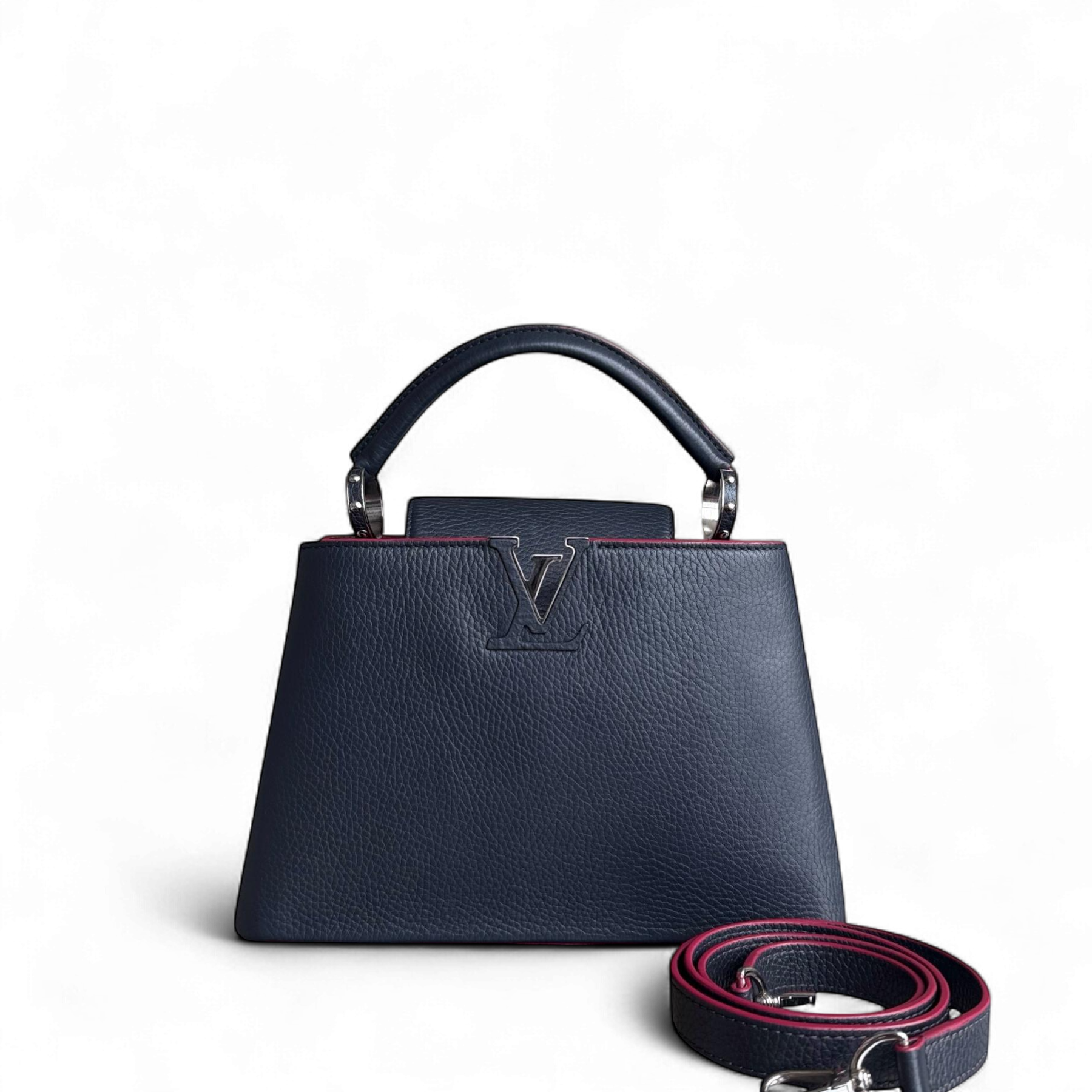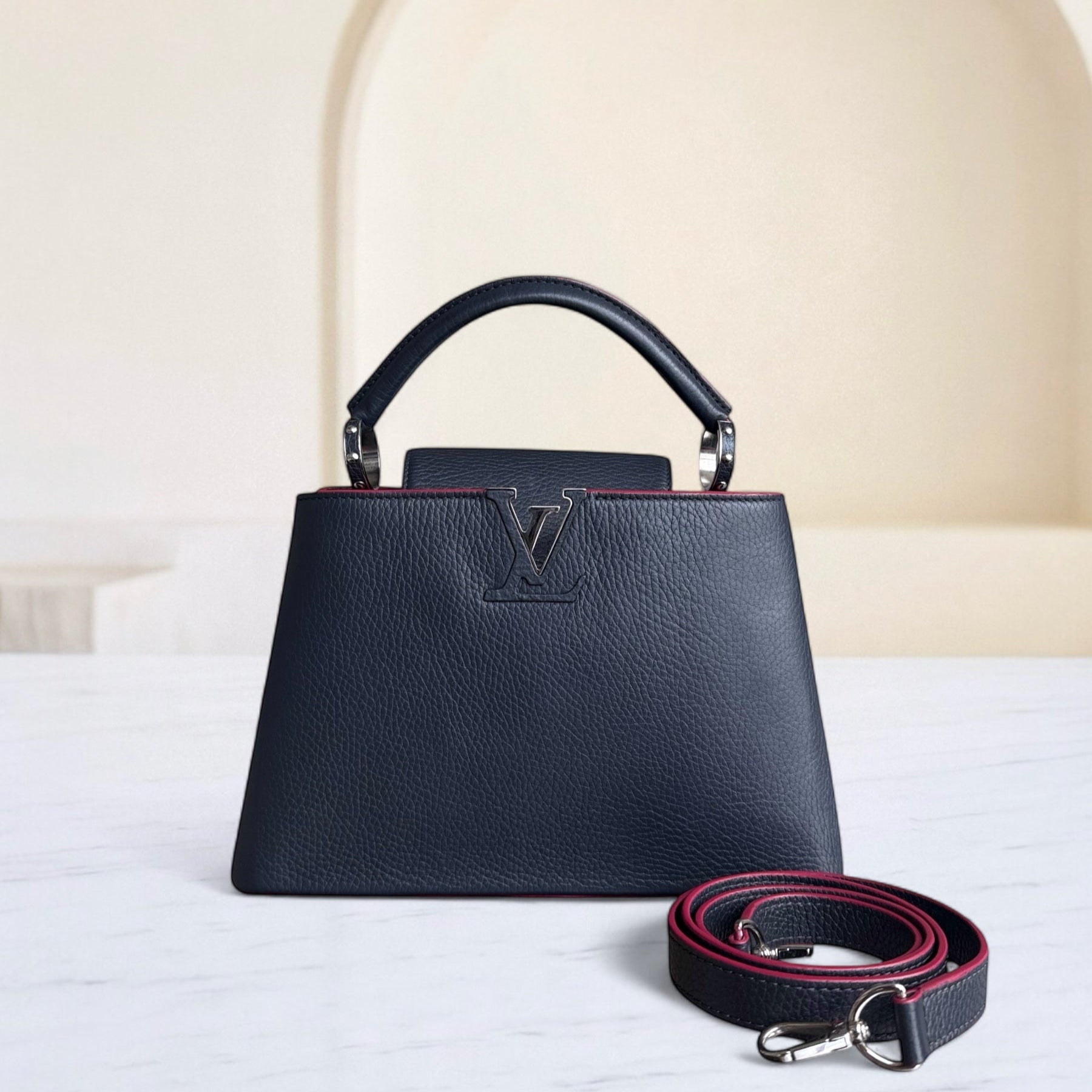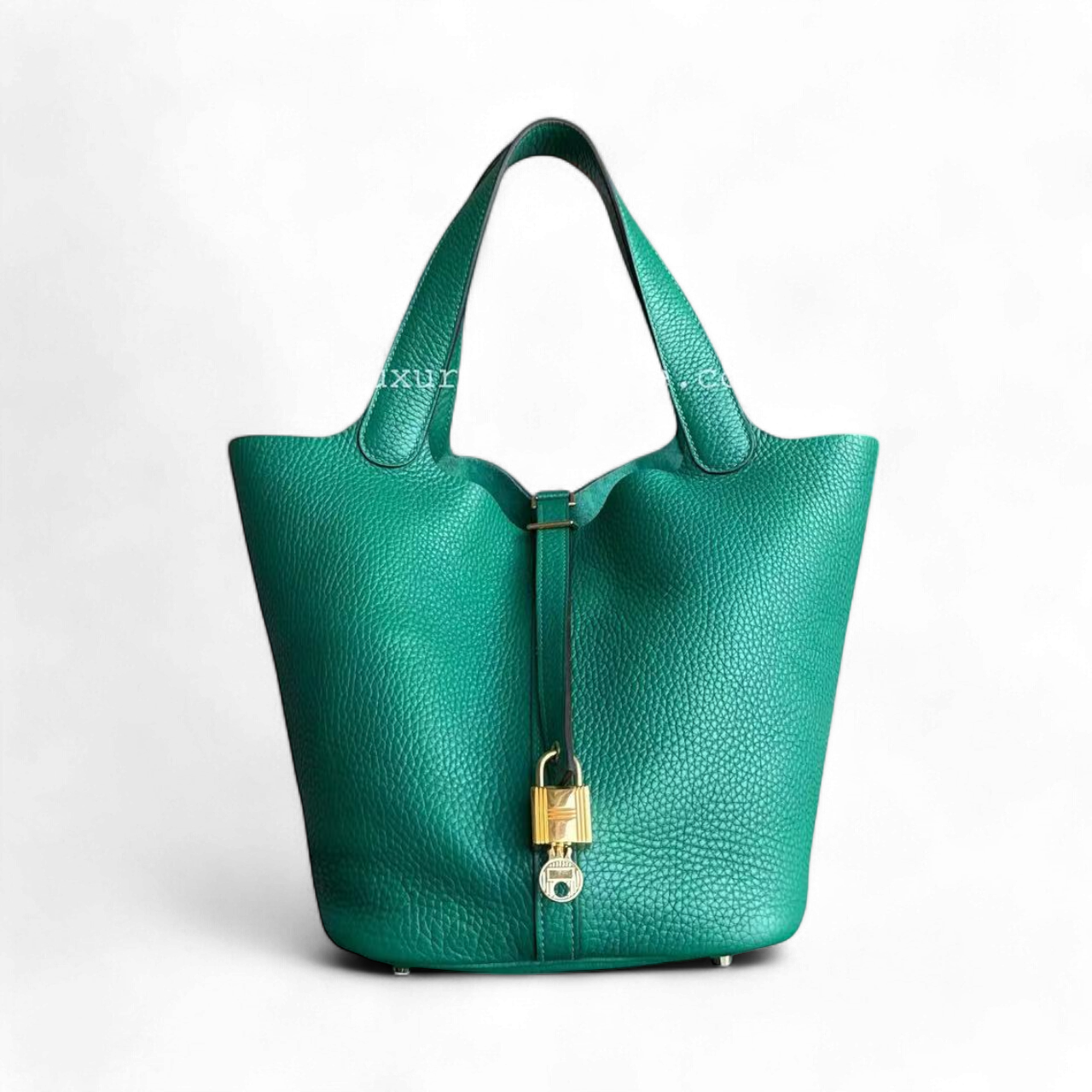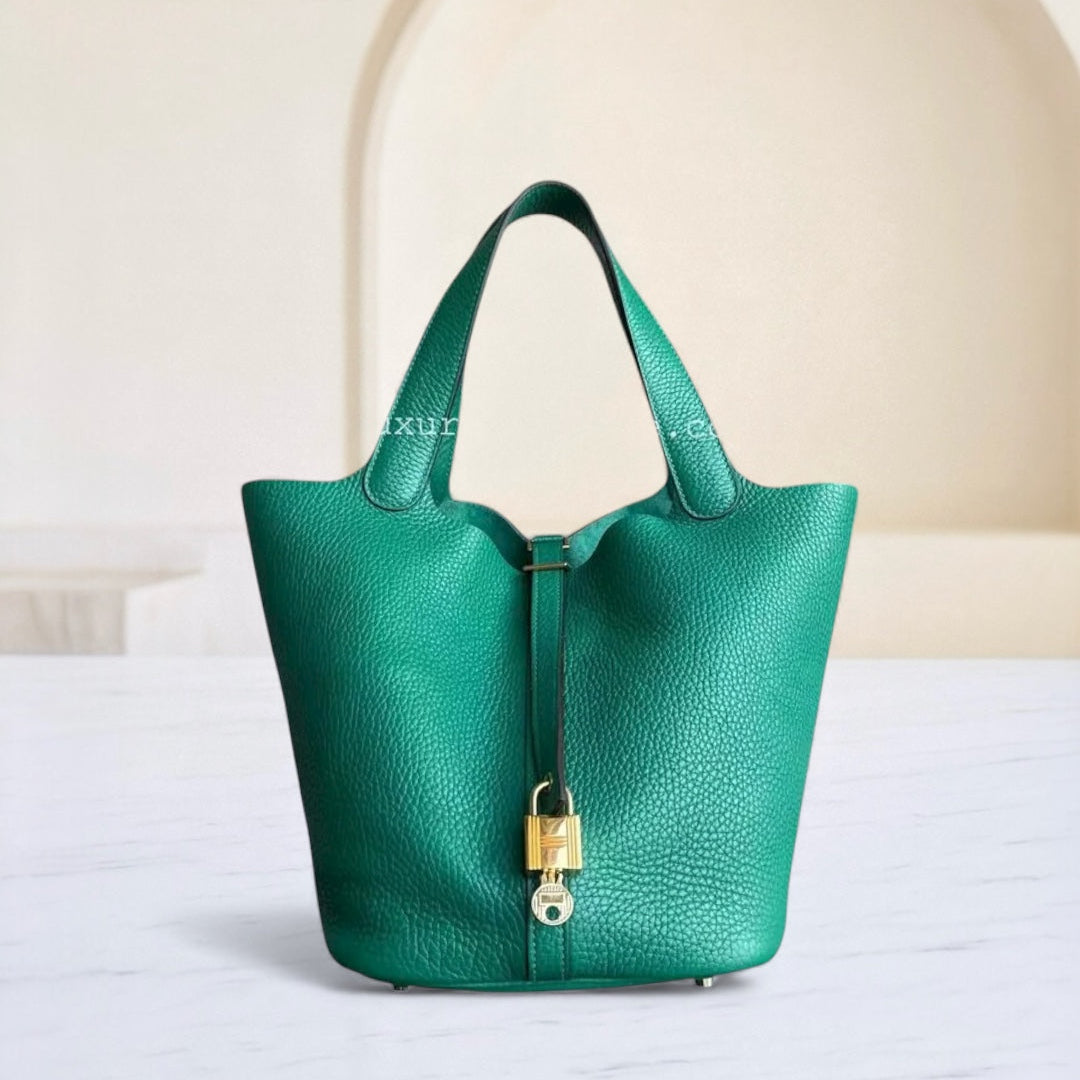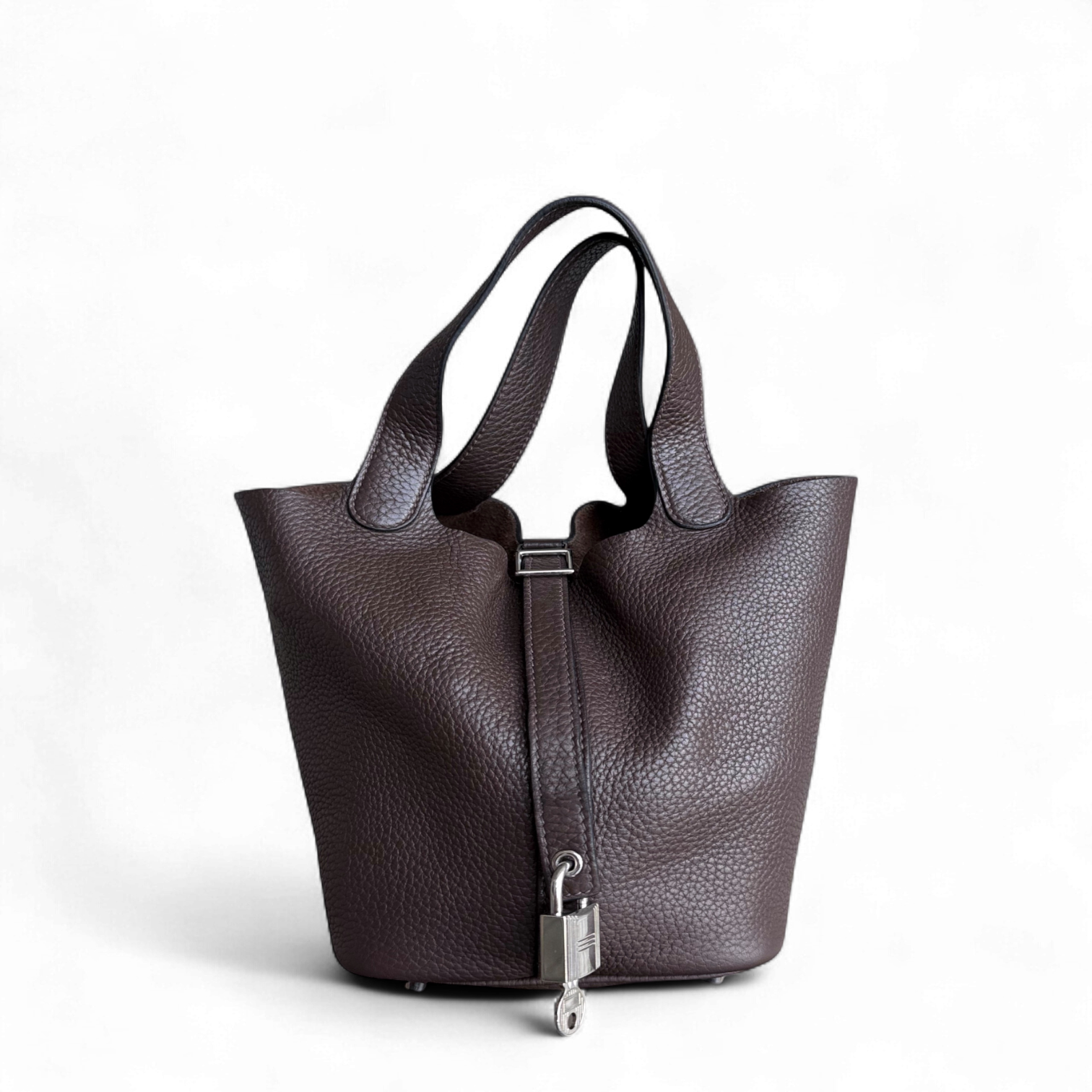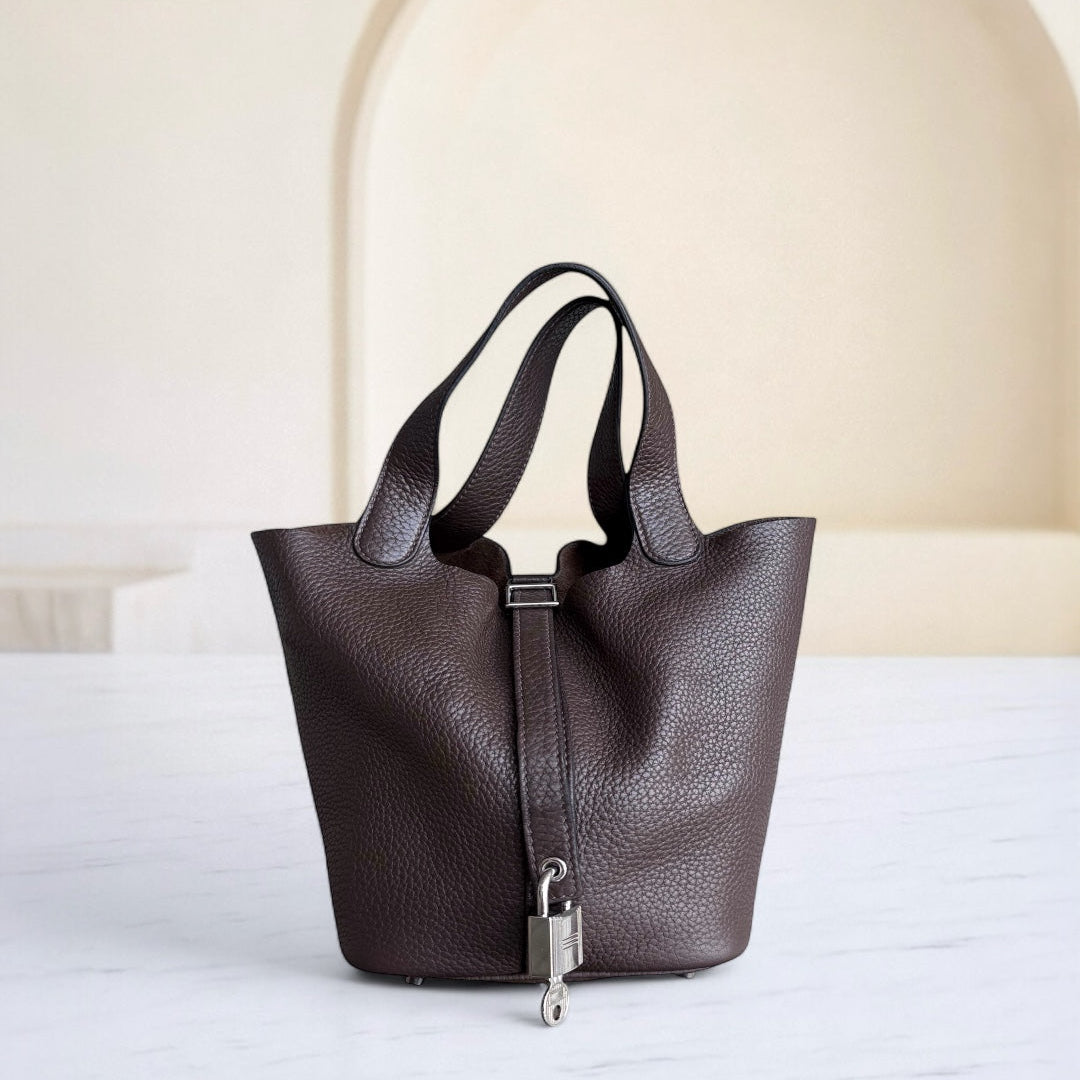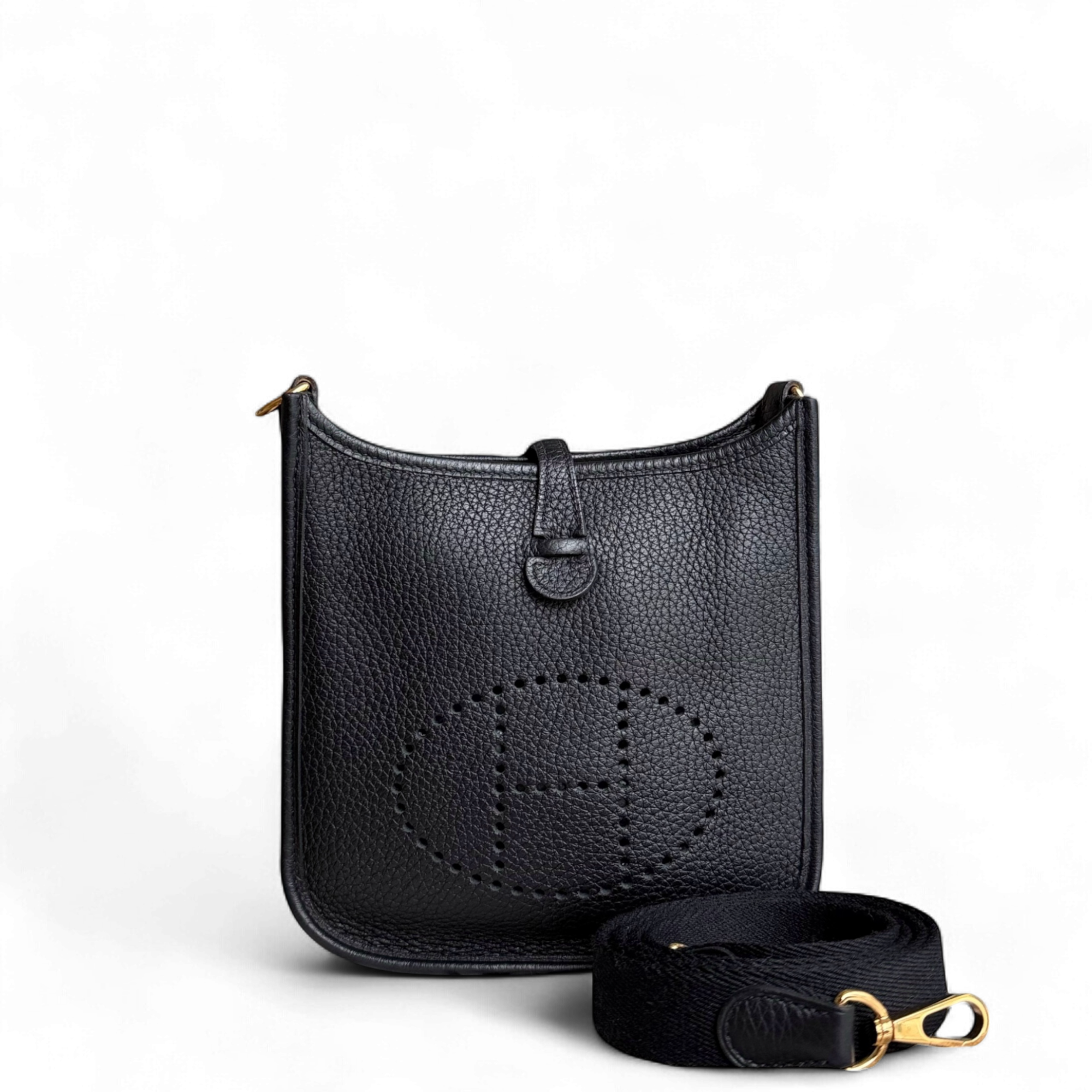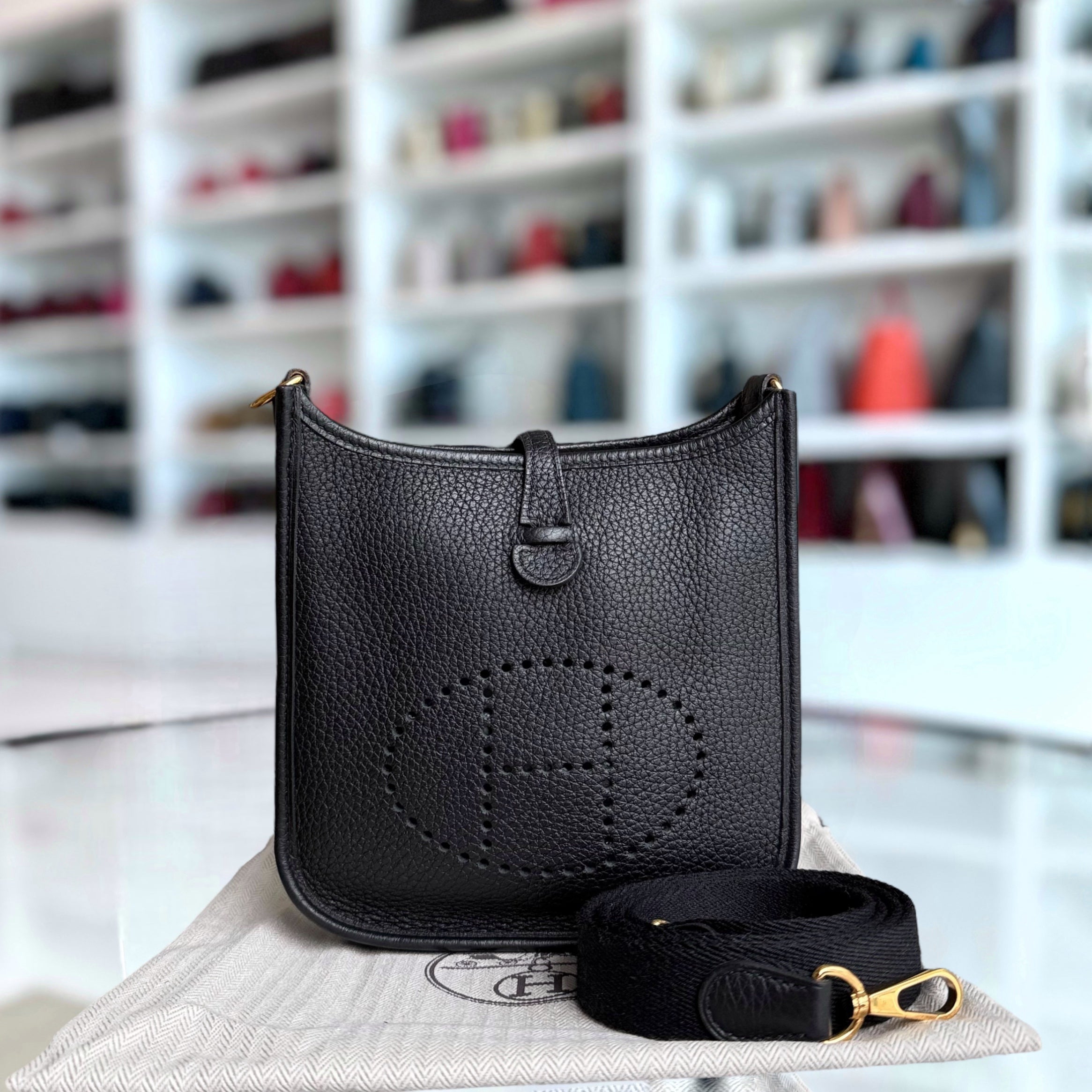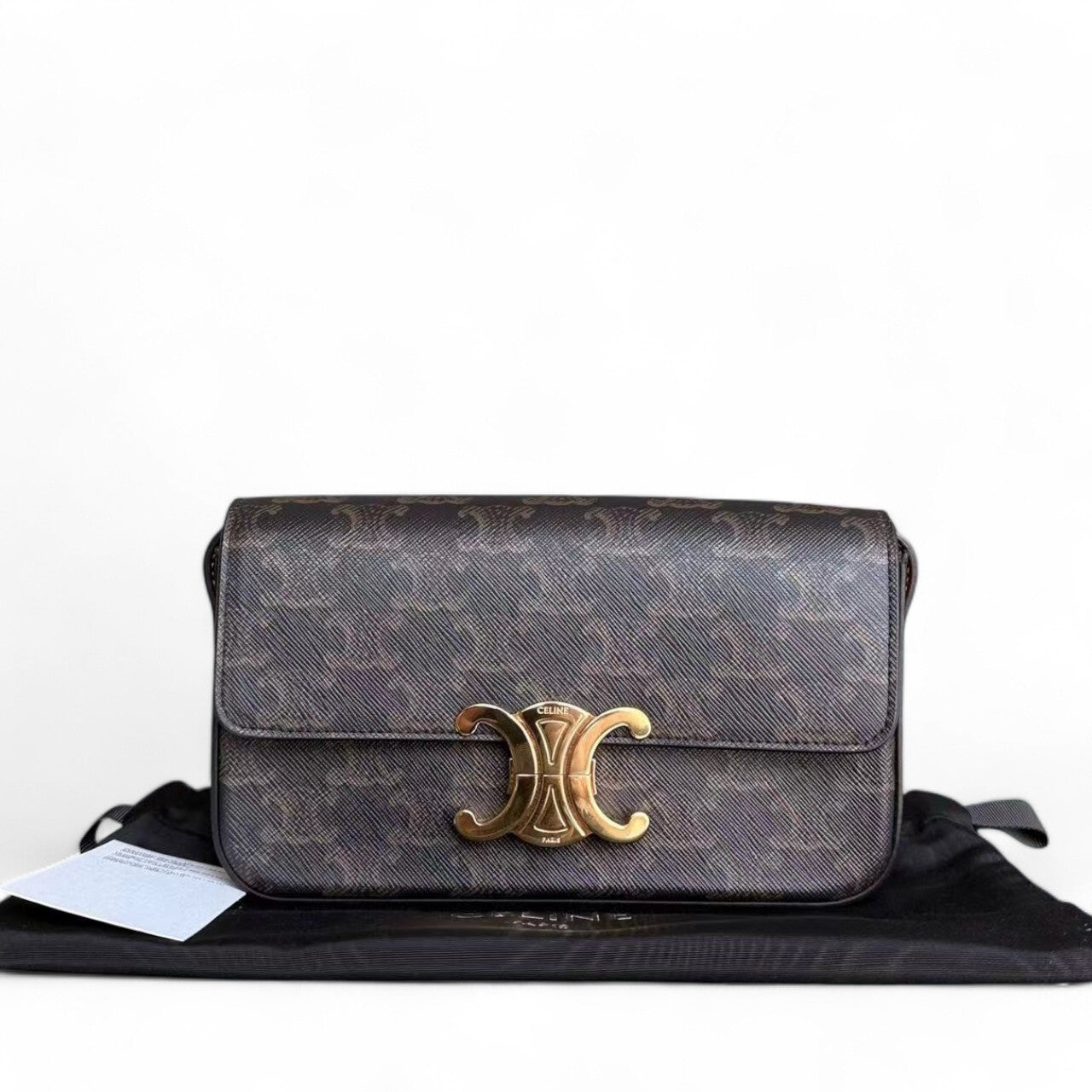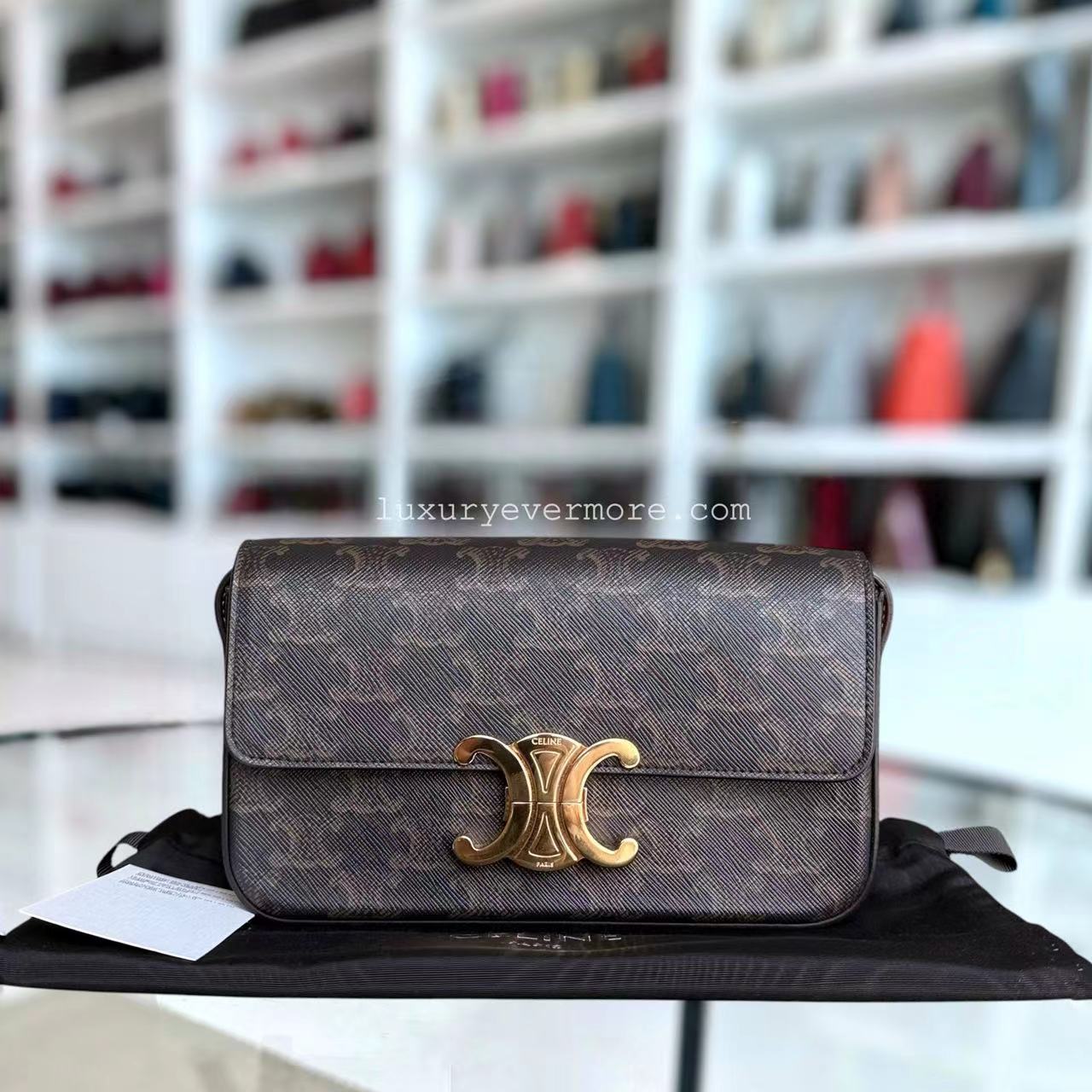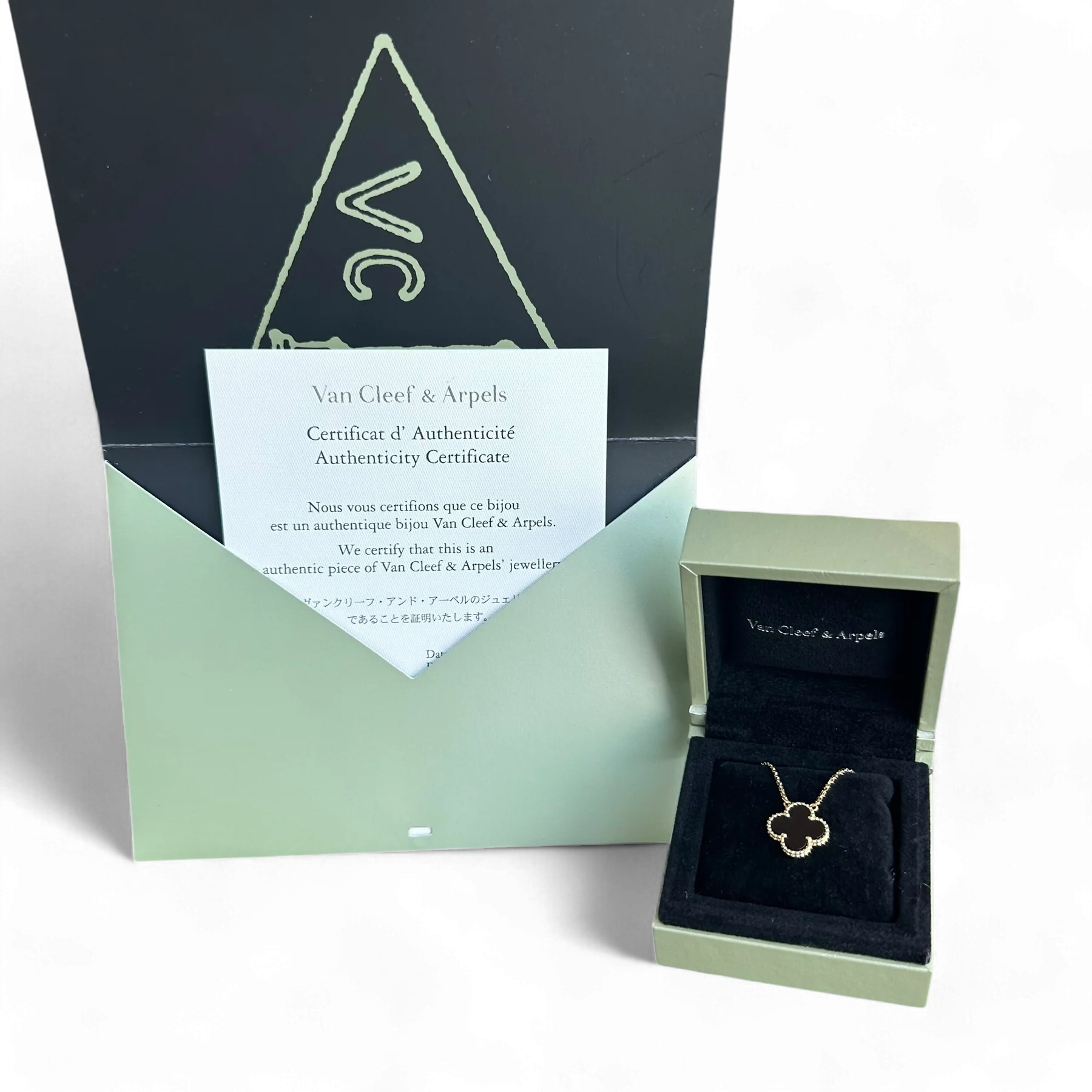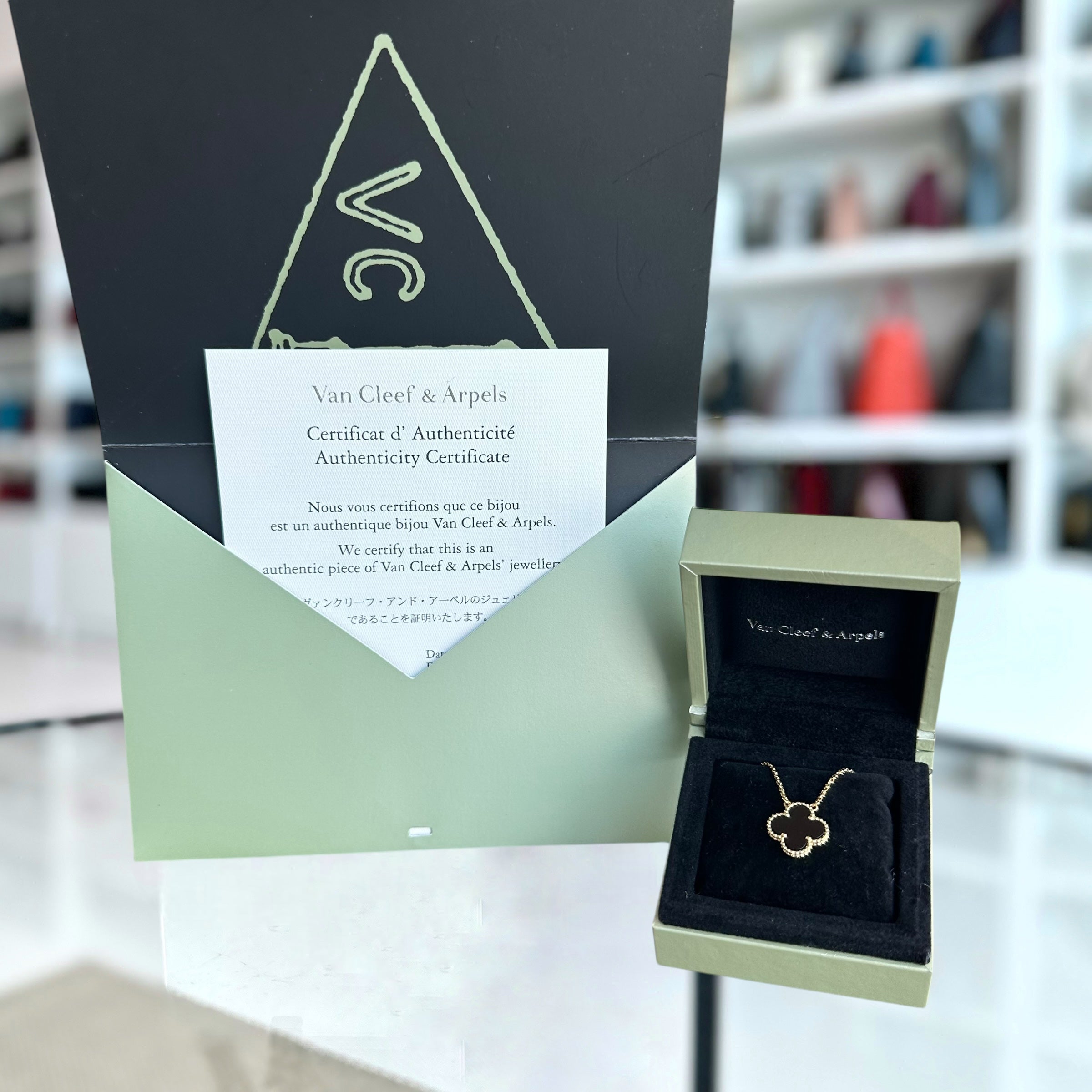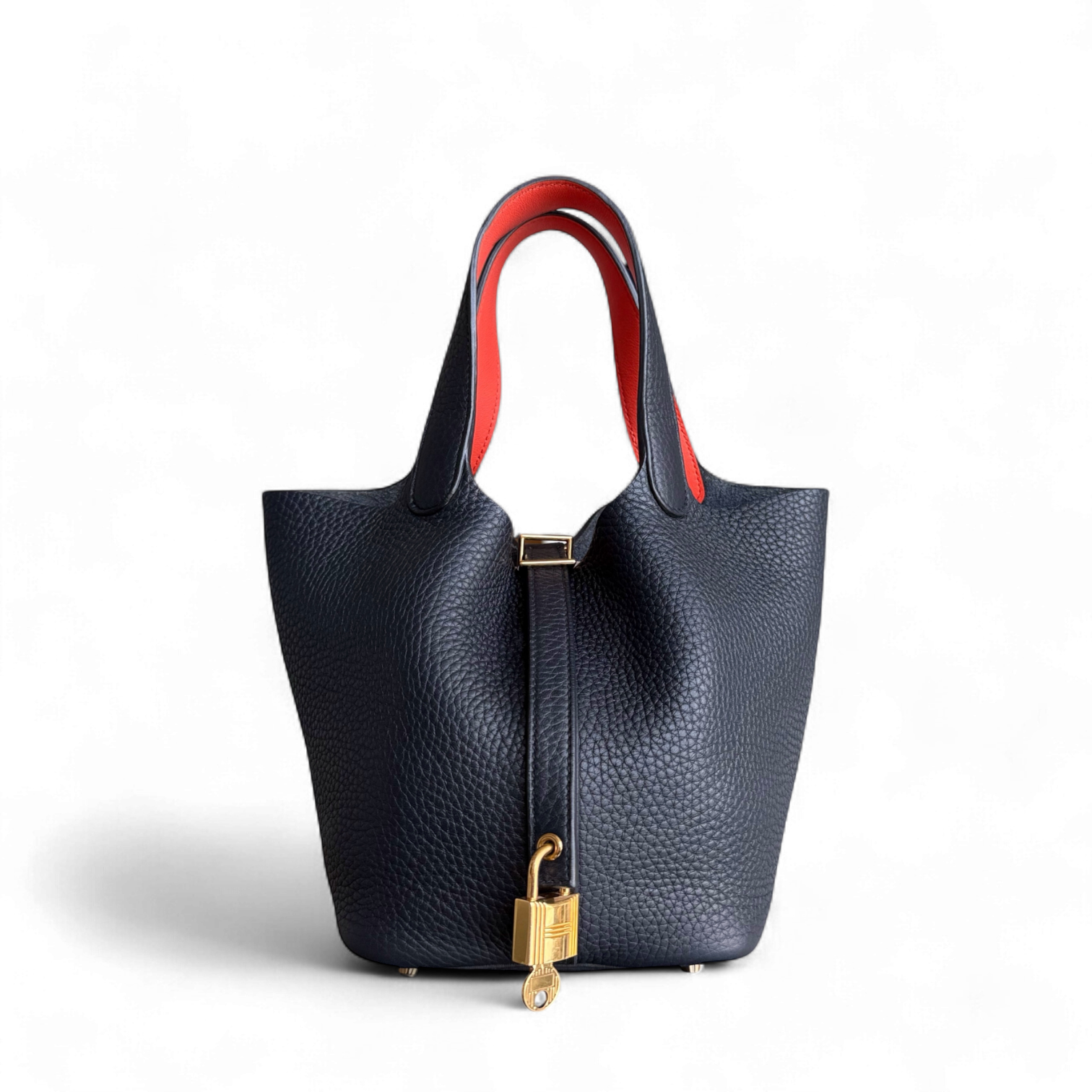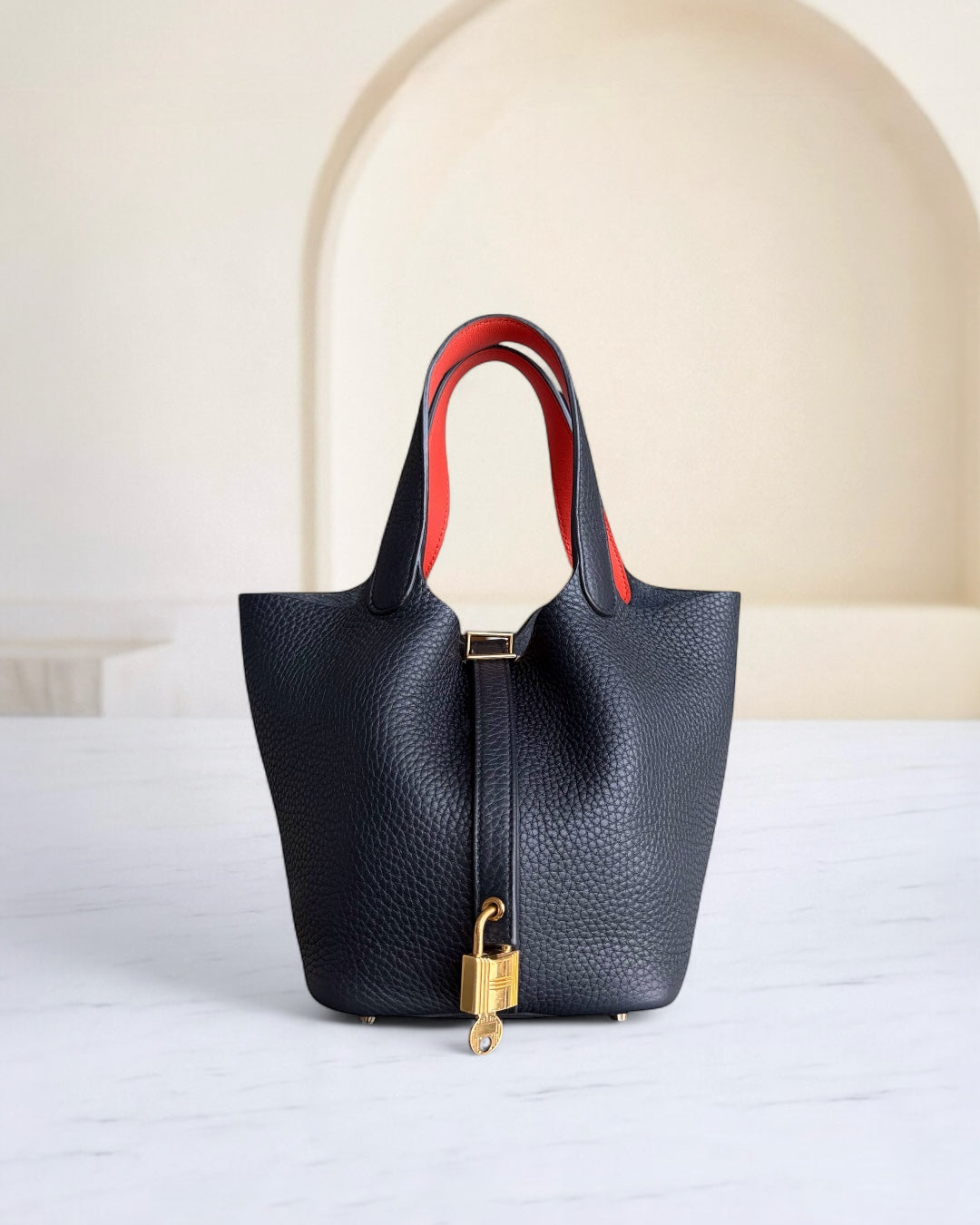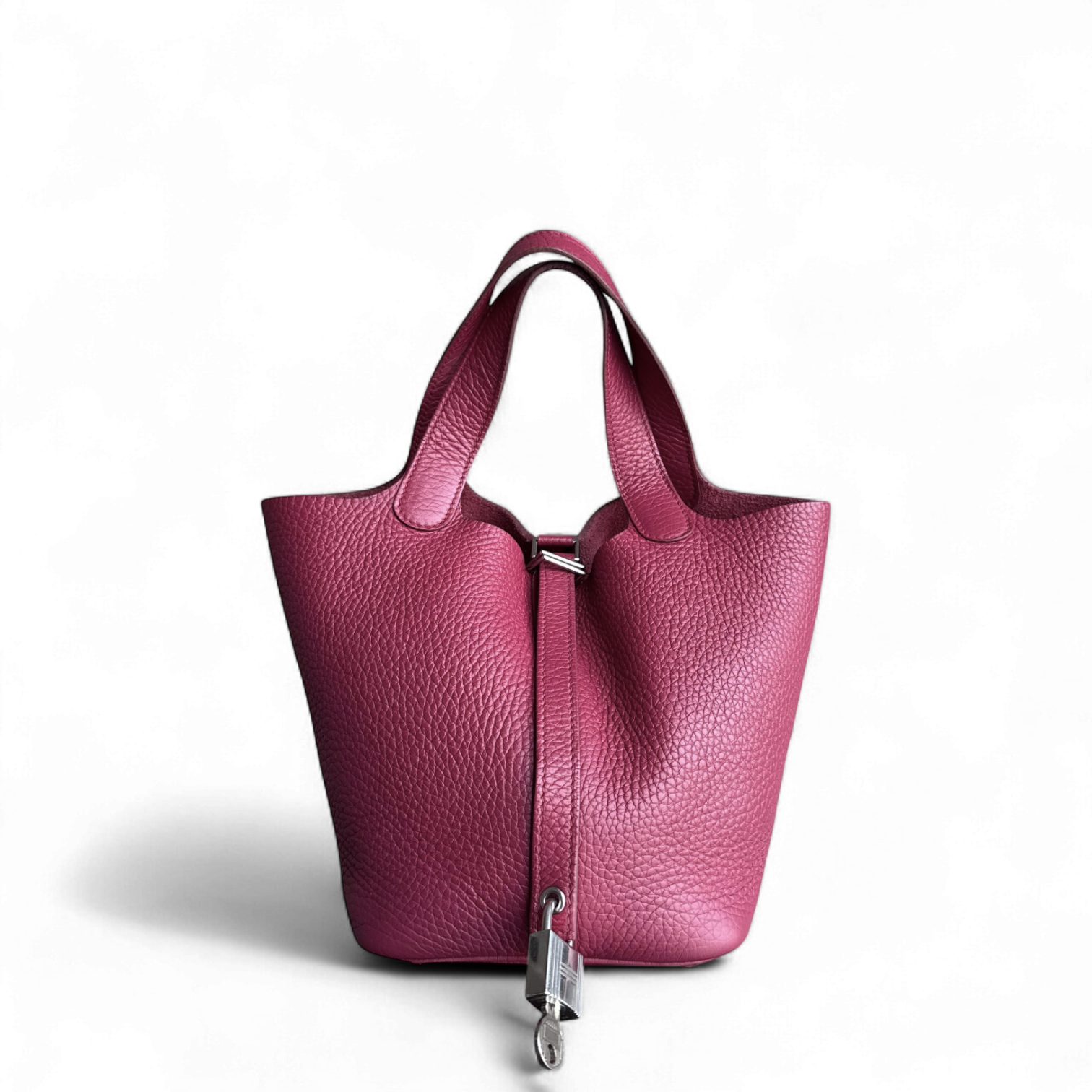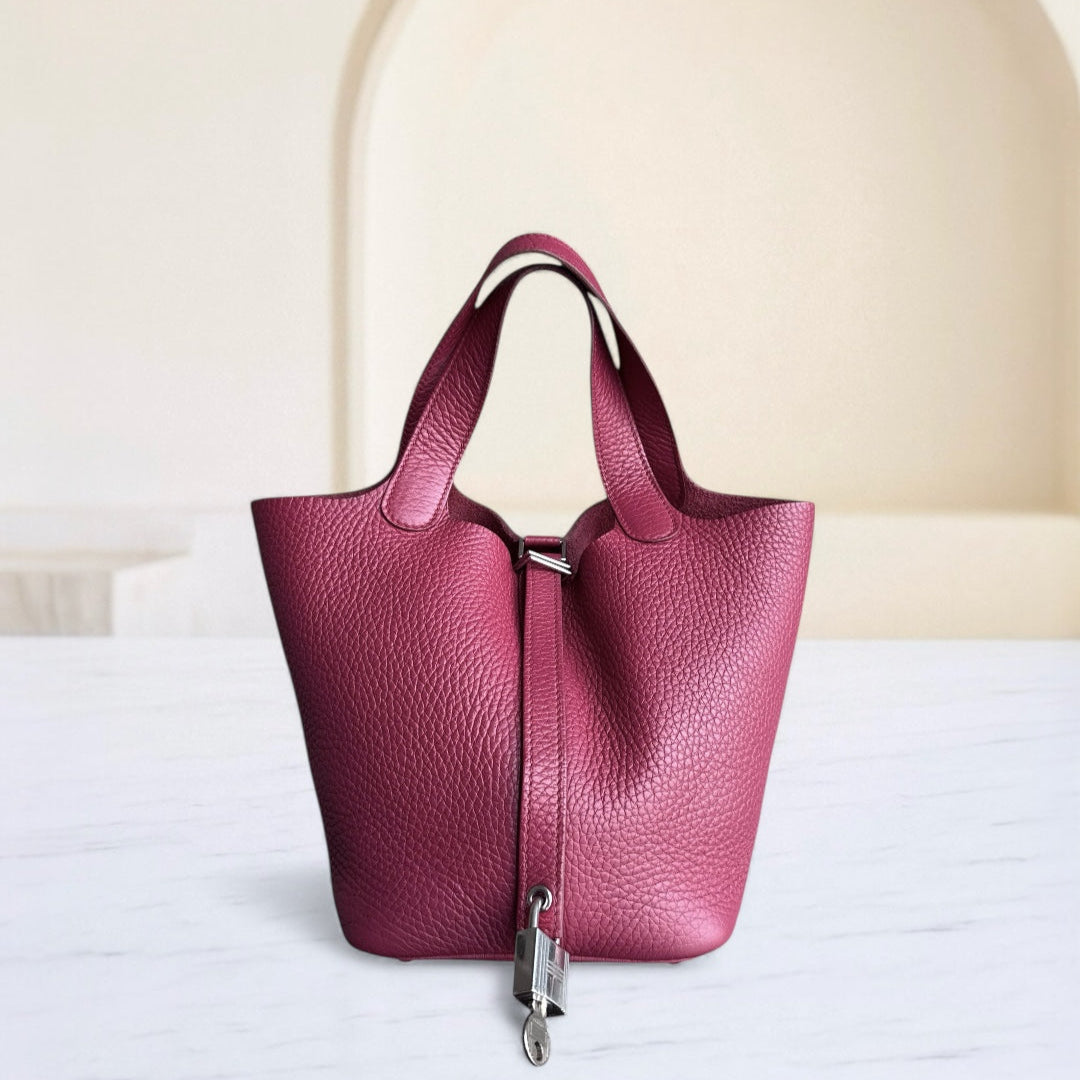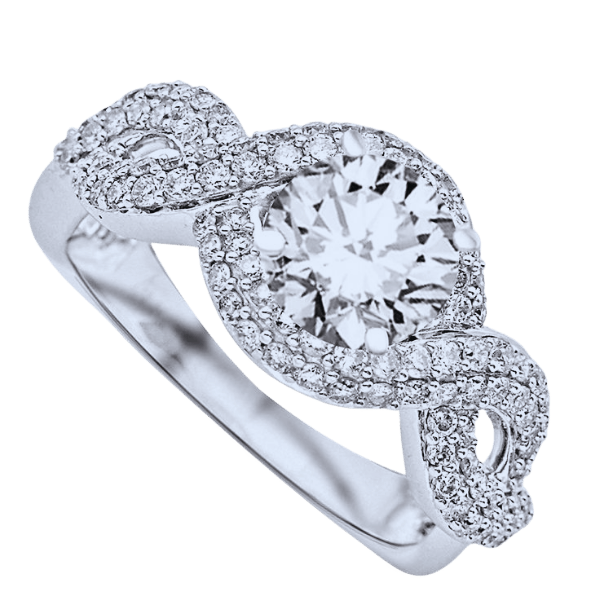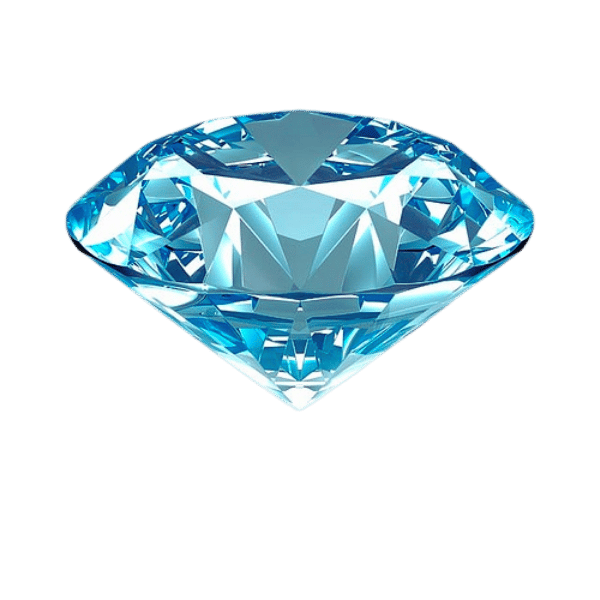Sterling Silver vs. White Gold: What You Need to Know
Selecting fine jewelry comes with a collection of factors to consider, and the choice of metal is one of the most significant. Sterling silver and white gold remain widely used, each featuring appealing attributes that meet varying preferences, fashion tastes, and budgetary constraints. The question arises: how does one know which option is best for him or her? This article aims to analyze sterling silver and white gold so that a user can make educated choices. We will consider the essential distinctions and advantages of each metal, examining their durability and aesthetics, price, and upkeep in depth, all of which will offer you guidance on what makes sense for your situation. Read on to determine which of the two meets your expectations and vision.
What is Sterling Silver and How is it Made?

Sterling silver is an alloy consisting of 92.5% fine silver and 7.5% other metals, usually copper. This mixture improves the metal's durability while sustaining pure silver's known beauty. Sterling Silver is produced by heating Pure silver and mixing it with an alloying metal. This mixture is then cooled and shaped into various forms like sheets, wires, or cast pieces which can then be used to create jewelry, ornaments, or utensils. This alloy is well known for being cost-friendly while offering unmatchable versatility.
Understanding the Composition of Sterling Silver
Sterling silver consists of 92.5% pure silver and 7.5% of other metals, usually copper. This combination increases the strength and durability of the alloy while retaining the luster and color of pure silver. The metal that is alloyed makes up 7.5%, which is provided with hardness imparted to it without losing workability and visual charm of the material.
How Sterling Silver Jewelry is Crafted
Blending traditional and modern techniques, sterling silver jewelry is crafted with mastery and skill. Goldsmiths start by preparing sterling silver alloy by carefully melting 92.5 percent of pure silver, with 7.5 percent of metals, including copper, which guarantees quality and durability. Once the blend has cooled and solidified, it is ready for shaping.
A jewelry design is often accompanied by 3D CAD (Computer Aided Design) software drawings, which allow for remarkable and precise models to be made. Designs created will be used as a prototype, made with wax molds or resin casting. One of the casting methods is 'lost-wax casting', which includes a wax model getting coated with ceramic shell, heated to eliminate the wax, creating a mold. This method lets artisans create intricate sterling silver designs.
The item undergoes detail refinement such as sanding, polishing, and surface carving to perfect the item. Finally, they can add decorations like engraving, stone setting, or textures. The use of lasers to weld intricate parts together is an advanced method that allows for the creation of precise connections.
To maintain the luster of the piece and prevent its tarnishing from oxidation – a common problem with silver alloys due to their copper content – anti-tarnish solutions or coatings of rhodium are placed. Once completed, the piece is thoroughly inspected to ensure it meets the rigorous quality standards for sterling silver jewelry prior to being packaged for stores. This meticulous process highlights the exchange of art, science, and craftsmanship that is needed to create the elegance of sterling silver jewelry.
Why Silver is Prone to Tarnishing
The tarnishing of silver occurs because of a chemical reaction between the metal and sulfur compounds in the surroundings that results in silver sulfide forming on the surface of the metal. Sterling silver, an alloy of 92.5% silver and 7.5% of other metals, copper included, is more prone to tarnishing than pure silver. The other metals in the alloy, copper, in particular, make sterling silver more durable but also more reactive, thus increasing tarnishing.
Some of the factors which are environmental in nature can cause significant alteration in the extent of tarnishing. Certain foods like eggs and onions or cosmetics and cleaning agents emit sulfur, and combined with high humidity levels and pollution, can worsen tarnishing. Research indicates that regions with elevated levels of hydrogen sulfide gas, a frequent constituent of industrial emissions, undergo more extreme and rapid tarnishing of silver. Furthermore, silver jewelry can become corroded due to the salty air in coastal regions.
Preventive steps are often aimed at limiting the exposure to the aforementioned conditions. Storage in sealed containers along with using polishing cloths and anti-tarnish strips serves as a reliable means of prevention. The value and useful life of silver alloys depends greatly on their particular form and the way in which they came into contact with the environment.
Exploring White Gold: Characteristics and Composition

White Gold vs. Silver: How Are They Different?
Composition
- White Gold: White gold is a gold alloy that consists of gold, other metals including platinum, nickel and silver, and is typically plated in rhodium to give it a better white luster. The gold value is expressed in Karats, with 14 K and 18 k being the more popular choices.
- Silver: The silver used in jewelry is most often sterling silver, which comprises 92.5% pure silver with other metals, mostly copper, added in to make it stronger and more durable.
Color and Appearance
- White Gold: White gold's rhodium plated aspect gives it a very shiny white luster. This plating will eventually wear away over time and will need to be reapplied on a regular basis.
- Silver: Sterling silver has a warmer shade of silver with a grayish tinge to it. With time, sterling silver develops a patina. Most of the people appreciate this phenomenon because of its classic touch.
Durability
- White Gold: The alloy composition and rhodium plating used on white gold make it harder, more durable, and scratch-resistant because of its alloy composition. This makes it ideal for everyday use.
- Silver: Sterling silver is more tarnished, scratched, and dented, which makes it more difficult to use and requires more upkeep and care.
Price Point
- White Gold: Due to gold's presence, along with the rhodium coating process, white gold, as usual, continues to be far more costly than silver. It's worth, in many cases, is based on what the karat level is.
- Silver: It is no secret that silver is cheaper and commonly selected for fashionable jewelry pieces that are not expensive.
Tarnishing
- White Gold: White gold does not tarnish, but over time, the rhodium coating may wear away, revealing the alloy base underneath.
- Silver: Sterling silver is tarnished very easily from contact with sulfur or oxygen in the atmosphere, guaranteeing frequent cleaning.
Maintenance Requirements
- White Gold: It is necessary to do rhodium re-plating every few years to maintain the finish. Overall maintenance is less than that of silver.
- Silver: Needs general cleaning and polishing to do away with and prevent tarnish and needs to be stored properly to maintain it.
Hypoallergenic Properties
- White Gold: White gold may cause allergic reactions to sensitive people depending on what the alloyed metals used are ( nickel for example ). The combination with palladium is said to be more hypoallergenic.
- Silver: Sterling silver is in general less likely to cause alergies but can cause irritation due to the addition of other metals like copper for some.
With these differences in mind, buyers are now empowered to choose between white gold or silver according to their values, way of living, and available finances.
What Makes White Gold an Alloy?
Because pure gold must be blended with other metals to achieve white gold, this form of gold is classified as an alloy. In its natural state, gold, or 24-karat gold, is a bright yellow color and rather soft, making it susceptible to damage if used for jewelry. Therefore, other metals must be incorporated into gold to make it stronger and achieve the desired silverish-white color. The new composition's additional nickel, silver, zinc, or palladium alters the strength of the composition while maintaining its desirable properties like tarnish resistance.
Standard alloys of white gold are considered standard when their composition is made of 75% pure gold, with 25% of the remaining carbides being the preferred alloying metals. This gold is mainly used in jewelry, such as 18-karat white gold, which consists of 75% gold and 25% nickel or palladium. The blend of metals can differ based on the desired characteristics, ranging from brightness to being hypoallergenic. Most pieces of white gold jewelry, after undergoing the alloying process, are plated with rhodium to increase the luster and protect the piece, but this loses effectiveness over time and requires the jewelry to be replaced periodically if the luster and whiteness are to be maintained.
Research indicates that nickel plated white gold might be cheaper because it is more common, but it can lead to allergies for about ten to twenty percent of people, especially those with sensitive skin. On the contrary, palladium is often used for the more expensive white gold alloys because it is hypoallergenic, but does raise the price of the jewelry. These considerations when choosing alloying metals profoundly determine the quality, look, and price of white gold products.
The Sheen of White Gold and Its Appeal
The use of white gold has increased in recent years due to its striking, silvery luster, which closely matches platinum and is more affordable. White gold is reflective due to the process of Rhodium plating, which makes it even more durable by adding a layer of protection that gives a mirror finish. In addition to being an amazing jewelry setting metal, white gold is incredibly versatile and can go well with different gemstones, giving it the much-needed preference in fine jewelry. It is still one of the most sought-after metals due to its timeless elegance and ability to act as a symbol of sophistication and refinement.
Durability and Maintenance: Which Metal is More Resilient?

Why White Gold is Generally More Durable
The superiority of white gold's durability compared to other precious metals, such as yellow gold or silver gold, is widely recognized. The reason for this is white gold’s composition; its an alloy with pure gold combined with stronger nickel, palladium or platinum. The inclusion of these metals makes it harder and therefore, more scratch-resistant. As a result, white gold is less prone to bending or damage during everyday wear.
Rhodium plating is used on white gold to increase its durability and add an additional protective layer. Since rhodium is exceptionally hard and corrosion-resistant, the underlying gold alloy cannot tarnish, and this white gold alloy plated with rhodium will remain golden. This enhances the integrity of white gold over a long duration and ensures that it keeps its shiny look for a prolonged period of time.
The well-known structural strength of white gold makes it ideal for jewelry exposed to heavy wear, such as engagement rings or wedding bands, although periodic replating may be needed to maintain its finish. Research indicates that white gold jewelry can last for decades if taken care of properly, as it is less prone to deformation from stress compared to pure gold. This combination of strength, resiliency, and beauty certainly explains white gold’s reputation as a practical and sophisticated choice for fine jewelry.
The Challenge of Maintaining Silver and White Gold
To keep silver and white gold beautiful and durable, routine care and maintenance are essential. Silver tarnishes quite easily with air and moisture and, therefore, requires cleaning with a soft cloth and silver polish on a regular basis. White gold retains its luster and is much easier to maintain, but it does lose rhodium plating over time. Jewelers can restore this plating through periodic replating. Both metals require storage in clean, dry places to mitigate potential exposure to damaging factors and should be removed during activities that could lead to scratching or chemical exposure. Responsible upkeep of these materials ensures that appeal and luxurious durability are retained over time.
Is Sterling Silver Less Durable Than White Gold?
In the comparison of the durability of sterling silver and white gold, white gold tends to be more durable. Sterling silver gets its composition from a mix of 92.5% pure silver with 7.5% of other metals (mostly copper alloys), making it a solder alloy that gets scratched, dented, and worn down more easily over time. White gold, on the other hand, is an alloy of gold mixed with strong metals such as palladium or nickel. It is usually coated in rhodium to make it harder and further resistant to damage.
The Mohs scale of mineral hardness is commonly used to measure the durability of metals. Sterling silver falls around 2.5-3, whereas white gold is anywhere from 3-4 depending on its karat composition. This higher rating indicates a greater ability to endure the normal wear and tear of everyday life.
The presence of sulfur and moisture leads to faster tarnishing of sterling silver due to its higher reactivity, which leads to the need for constant appearance maintenance. In comparison to white gold, it is more resistant to corrosion because of its rhodium plating, which fades over time, leading to the need for constant re-plating.
When considering long-lasting strength and everyday damage resistance, white gold is often the more dependable option. Nonetheless, both options require regular maintenance to ensure they remain in good condition and visually pleasing.
Choosing Between Sterling Silver and White Gold for Jewelry

Factors to Consider When Selecting Everyday Jewelry
Durability Assessment
- Due to its composition and rhodium plating, white gold is more durable than sterling silver, which makes it susceptible to scratches and tarnishing. Sterling silver is softer, more prone to wear and tear, and is best used occasionally or moderately. Material hardness scale data suggests white gold is more durable than sterling silver due to it having a Mohs hardness rating of 2.5 – 4, compared to sterling silver’s 2.5 – 3. As such, white gold possesses greater durability than sterling silver.
Maintenance Requirements
- Sterling Silver’s maintenance includes frequent cleaning to keep it free from tarnishing due to the air, sulfur, and moisture – all of which need to be avoided. While white gold is less prone to discoloration, it requires re-plating with rhodium every few years in order to maintain its shine and color. Those with constrained schedules may prefer white gold, as it requires less upkeep.
Cost
- White gold is a more costly option when compared to sterling silver, which makes it advantageous for someone on a budget. However, white gold’s durability would allow it to be considered a long term investment, as it retains its value better over time. On average, bare sterling silver ranges from $0.50 to $1 in cost per gram, while white gold, which can depend on purity, range between $30 and $60 per gram.
Skin Sensitivity
- Sensitiveness of the skin is a deciding factor for a person who is allergic. Sterling silver is often made with small amounts of other metals like nickels or copper, which may irritate some individuals. On the other hand, high-quality white gold is alloyed with palladium and platinum, which are hypoallergenic, so it is more suitable for sensitive skin. When buying, these individuals need to make sure to know the exact alloy makeup to avoid any issues.
Aesthetic Preference
- With its bright reflective finish, white gold has a sophisticated, luxurious look. On the contrary, sterling silver has a softer subtle sheen. While both materials will look goof with formal and casual outfits, the choice comes down to individual preference and the level of elegance needed.
Longevity
- For a customer looking for jewelry with long term wearability, white gold is generally better because it does not tarnish and can withstand daily use. While sterling silver is not as durable, with proper care, it can last for many years making it suitable for some pieces of jewelry that are worn occasionally.
Environmental and Ethical Considerations
- The ecological impact of white gold and sterling silver jewelry exists due to their sourcing and manufacturing processes. In both cases, the use of recycled and ethically sourced materials can mitigate the ecological footprint. Examining the provided supply chains and certifications from the jewelers aids in making the decisions.
Based on this, people have the option to choose which jewelry materials suit their lifestyles, budgets, and preferences best.
Budgeting: White Gold vs. Sterling Silver in Terms of Cost
A number of vital elements must be taken into consideration while estimating the price of white gold relative to sterling silver. Its expense is usually higher than sterling silver because it is an alloy of gold and other metals, including palladium or nickel, alongside the mandatory need of rhodium plating for protection and to keep its characteristic bright color. The market price of white gold jewelry is estimately $50 and $150 per gram in material alone which does not consider labor and design particulars.
In contrast, sterling silver is relatively cheaper, averaging $0.50 to $1 per gram, and is thus more widely used. This affordability can be largely attributed to its easily accessible nature and lower costs for raw materials. However, the more frequent maintenance for cleaning and polishing in order to maintain the silver’s luster over time should also be considered, which may increase long-term costs, but not significantly.
Those budgeting for jewelry consider white gold an investment because it is valuable and appealing, while sterling silver is a cheaper option that still looks good. The last decision is often driven by particular budget limitations and the intended durability of the item.
The Differences Between White Gold and Sterling Silver in Style
The differences between white gold and sterling silver styles as compared to their visual elements and their multifunctionality is exceptional. White gold as a product is luxurious in design with an elegant polish making it an evergreen component in high value jewelry pieces. It can easily be worn on formal and special occasions due to its exquisite beauty resulting from its combination with reflective finish and a rhodium coat.
When compared to sterling silver, it has a softer polished shine, which gives it an edge over sterling silver when one is looking to wear something casual and trendy. Although sterling silver can be made into elegant designs, the subdued tone and true minimalism make the product and material stunning. Both materials are incredibly versatile yet unique, in comparison white gold is revered for being themodern classic and traditional aesthetic while sterling silver is a perfect companion with everyday attire.
Comparing Uses: When to Choose White Gold and Sterling Silver

The Ideal Choice for an Engagement Ring
It's all about combining cost, long-term wear, and durability when deciding between white gold and sterling silver for an engagement ring. White gold is usually the go-to metal for engagement rings since it is more appealing and lasts longer than silver. It is an alloy metal that is usually blended with stronger metals like nickel or palladium, which makes it more durable and resistant to scratches and tarnish. In addition, white gold has a layer of rhodium which not only adds protection but also improves its brilliant reflective surface. This makes it a perfect candidate for a piece of jewelry intended to be worn every single day and cherished for a lifetime.
Although more affordable, sterling silver has even less resilience than white gold. Sterling silver is composed of 92.5% silver and 7.5% other metals, which makes it softer and easier to scratch and tarnish. While sterling silver is beautiful and can be transformed into intricately sculpted jewelry, it may need more upkeep to retain its shiny luster to maintain the expectations tied to an engagement ring's enduring significance.
Furthermore, observers of the industry have noted that white gold remains an engagement ring favorite due to its economical price, which is between platinum and silver, along with its strength. White gold's availability in 10K, 14K, and 18K also allows varying levels of quality to be met within different budget ranges. White gold provides a more elegant finish than other gold alloys for those looking for a durable long-lasting setting for diamonds and gemstones, white gold’s appeal is enduring.
You Might Prefer Gold and Silver Mixes
In my view, this mixture is appealing as it includes the best features of both metals: gold’s toughness and resistance to tarnishing and silver’s delicate beauty. Together, these metals have an intricate, versatile, and unique look that is affordable yet elegant. For someone who wishes to have a personalized and bold design, this combination serves as a great option.
Understanding White Metals in Wedding Bands
Because of their elegant look and strength, white metals like platinum, palladium, and white gold are commonly used for wedding bands. While platinum appears to be the most expensive option, it is also the most durable as it is extremely scratch-resistant and hypoallergenic, making it a great choice for people with sensitive skin. Reduced cost is often where palladium shines; it is not only lighter than platinum but also has a similar resistance to tarnishing whilst possessing a naturally white color. White gold is an alloyed metal that obtains its white color through mixing gold with metals such as nickel and palladium, it is also usually coated in rhodium for improved shine and protection. It is important to note that each metal offers distinct advantages, and the best choice will always come down to personal preference, budget, and wearing purposes.
Frequently Asked Questions (FAQs)
Q: What are the main differences between sterling silver and white gold?
A: While both sterling silver and white gold have a metallic luster with a whitish hue, the composition of each metal is distinctly different. Silver is defined as sterling when it comprises 92.5 percent pure silver and 7.5 percent of other metals, like copper. The nickel, palladium, and zinc classification of white gold is produced when real gold is alloyed with some white metals. For lack of a better term, sterling silver's value is lower than white gold, which is also more expensive and provides higher durability in the long run.
Q: How durable is sterling silver compared to white gold?
A: In terms of scratching and tarnishing, sterling silver is a little weaker than white gold. The softened metals alloyed with the white gold provides more resistance to scratches and wear unlike silver. The combination of these two factors contributes to the popularity of white gold for engagement rings and wedding bands that are worn daily.
Q: What is the composition of sterling silver?
A: The composition of sterling silver is 92.5 percent pure silver along with seven and a half percent of other softer metals, which is usually copper. The high silver content of 925 silver provides the essence and quality that helps increase the durability of the silver, which is needed as pure silver is too soft for jewelry.
Q: How is white gold manufactured?
A: White gold is created by mixing pure gold (which is naturally yellow) with white metals like nickel, silver, or palladium. The amount of pure gold can vary, but white gold alloys usually include 75% (18K) or 58.3% (14K) gold, along with nickel, palladium, or silver. The finished product is usually plated in rhodium, a platinum group metal, to increase its white color.
Q: Does white gold keep its color over time?
A: White gold can lose its white cast over time since the rhodium plating eventually wears off and reveals the alloy beneath. However, white gold maintains a neutral color much longer than sterling silver, which tarnishes easily. Additionally, white gold can be re-plated with rhodium to make it appear brighter.
Q: White gold or sterling silver, which is costlier?
A: White gold has a higher market value compared to sterling silver. As sterling silver is made of pure silver, while white gold is created from gold which is a more precious metal, so sterling silver is cheaper. The process of creating white gold is much elaborate and involves multiple steps along with additional metals. The pricing sterling silver is set much lower to help those who admire the aesthetic of white metals without spending lavishly.
Q: Is there a difference in silver and white gold maintenance etiquette?
A: Yes, there is a difference in maintenance of the two metals. Sterling silver requires underlining cleaning along with regular polishing to bring out lustrous finish, otherwise, it will tarnish. White gold requires less effort to maintain, but at some point in time will require re-plating with rhodium to keep its bright white eye catching color. Both should be maintained by gently cleaning and appropriately stored to avoid scratches.
Q: From a practical point of view, which metal is better for engagement rings, sterling silver or white gold?
A: From practical point of view, white gold is better for engagement rings because they are more prestigious and durable. Unlike sterling silver, white gold engagement rings can withstand being scratched or bent. They are more practical if worn on a daily basis. However, personal choice, financial plans and lifestyle definitely matter for ultimate choice.
Reference Sources
1. Identification of white jewelry alloy based on silver and platinum for testing purposes
Authors: Tatyana Artyukh et al.
Published in: Eastern-European Journal of Enterprise Technologies
Publication Date: 31/October/2021
Citation Token: (Artyukh et al., 2021)
- Overview: This article analyzes methods of determining white jewelry alloys, in particular those that are silver and platinum-based. The authors developed techniques for verifying the compliance of silver and platinum fineness within the white jewelry alloys. The most important results are:
- The concentration of silver in the alloys is not a constant value and depends on the quantity of certain alloying constituents, thus, making the testing methods less robust.
- The study proved that some reagents, for example, potassium dichromate and potassium ferrous cyanide, allow determining a silver content with a sensitivity of 5 percent.
- Some impurities such as zinc and cadmium will cause discrepancies in a silver alloys’ fineness visually and in its identification as well.
- Methodology: This work was performed using two methods: Assay stone test which included X-ray fluorescence analysis of silver and platinum in an alloy, and evaluation of the testing quantities of potassium iodide used in platinum containing alloys.
2. Silver
4. Jewellery
Contact Luxury Evermore should you need help with acquiring or building up your collection. There is a variety of brands with different styles, as well as sizes, and colors, for example, Hermes, Chanel, lv and Dior. If you are not lucky enough to find the bag you are looking for on our website then our concierge team will probably be able to order it for you. We provide 100% authenticity guarantee for all our bags, and any item sold on this site will be dispatched to you within one to two business days upon receipt of the payment.




